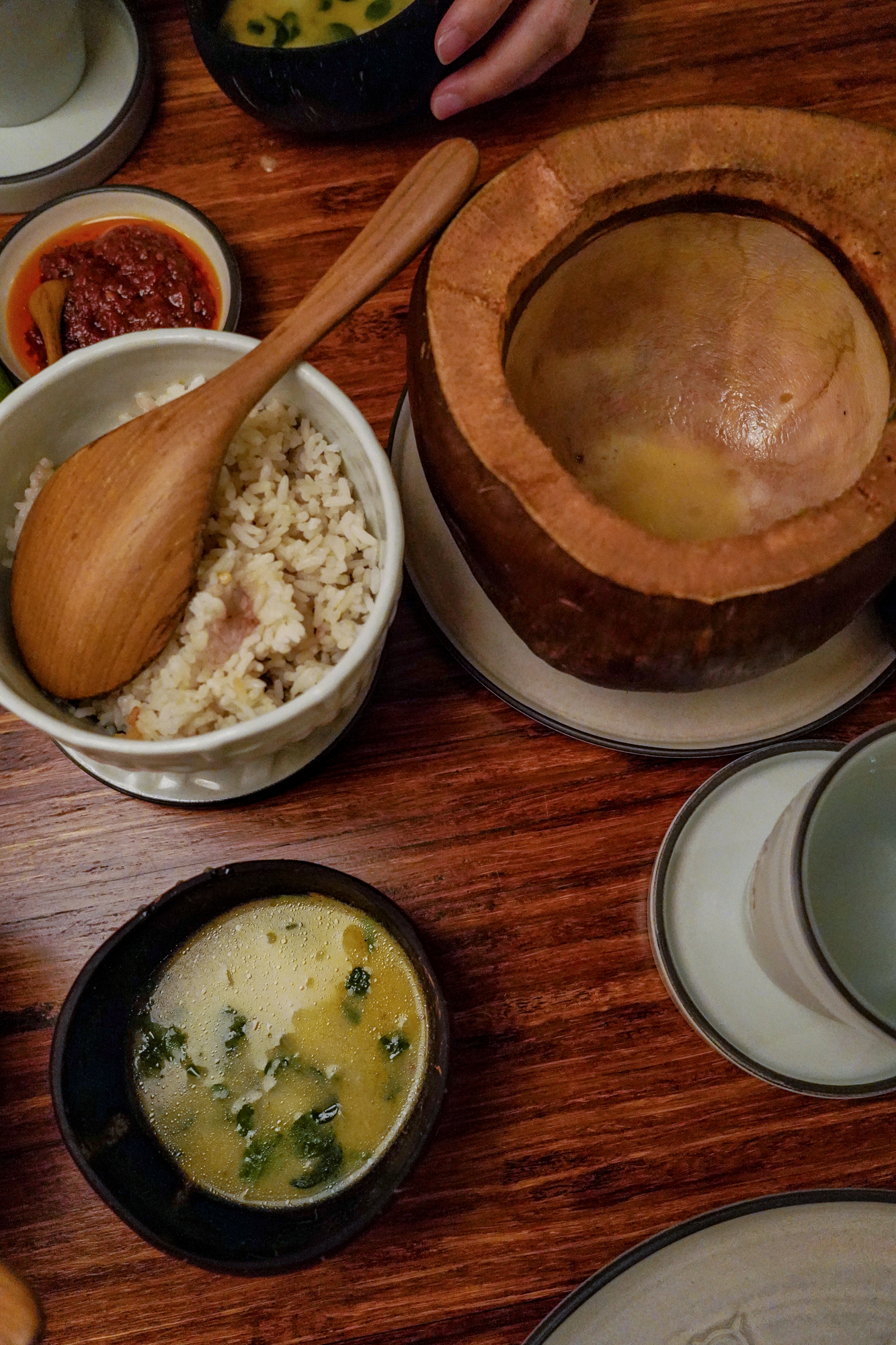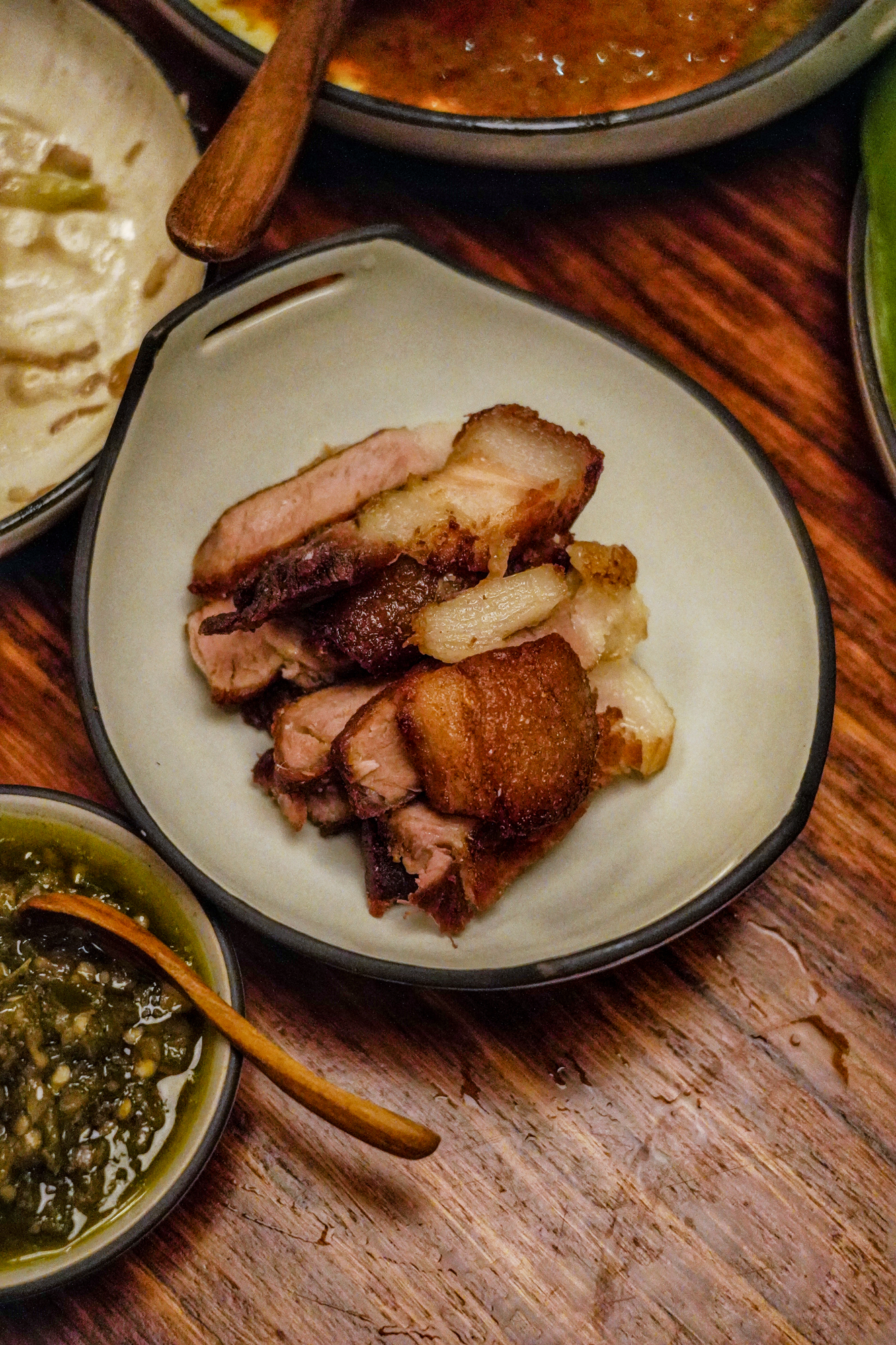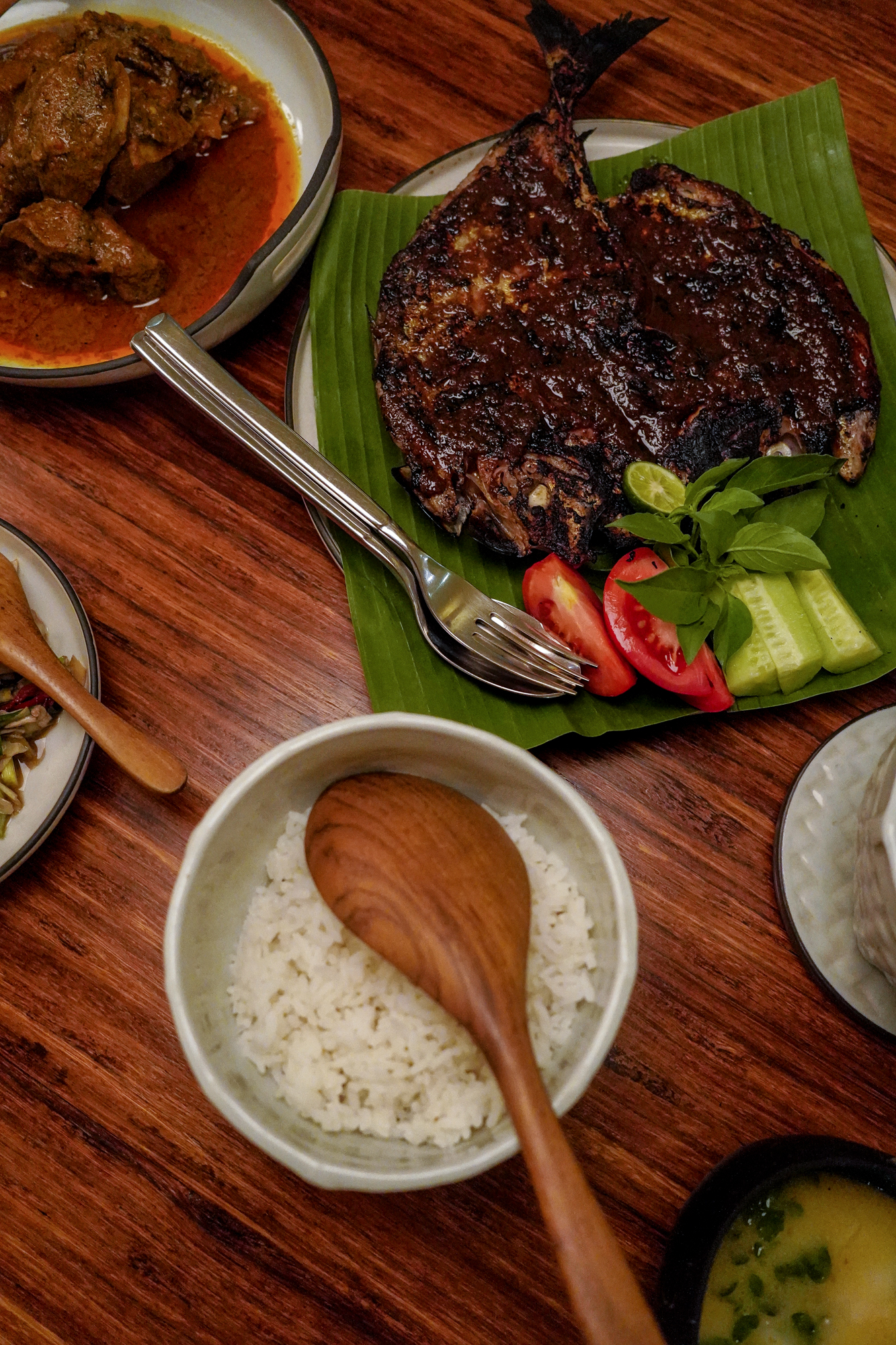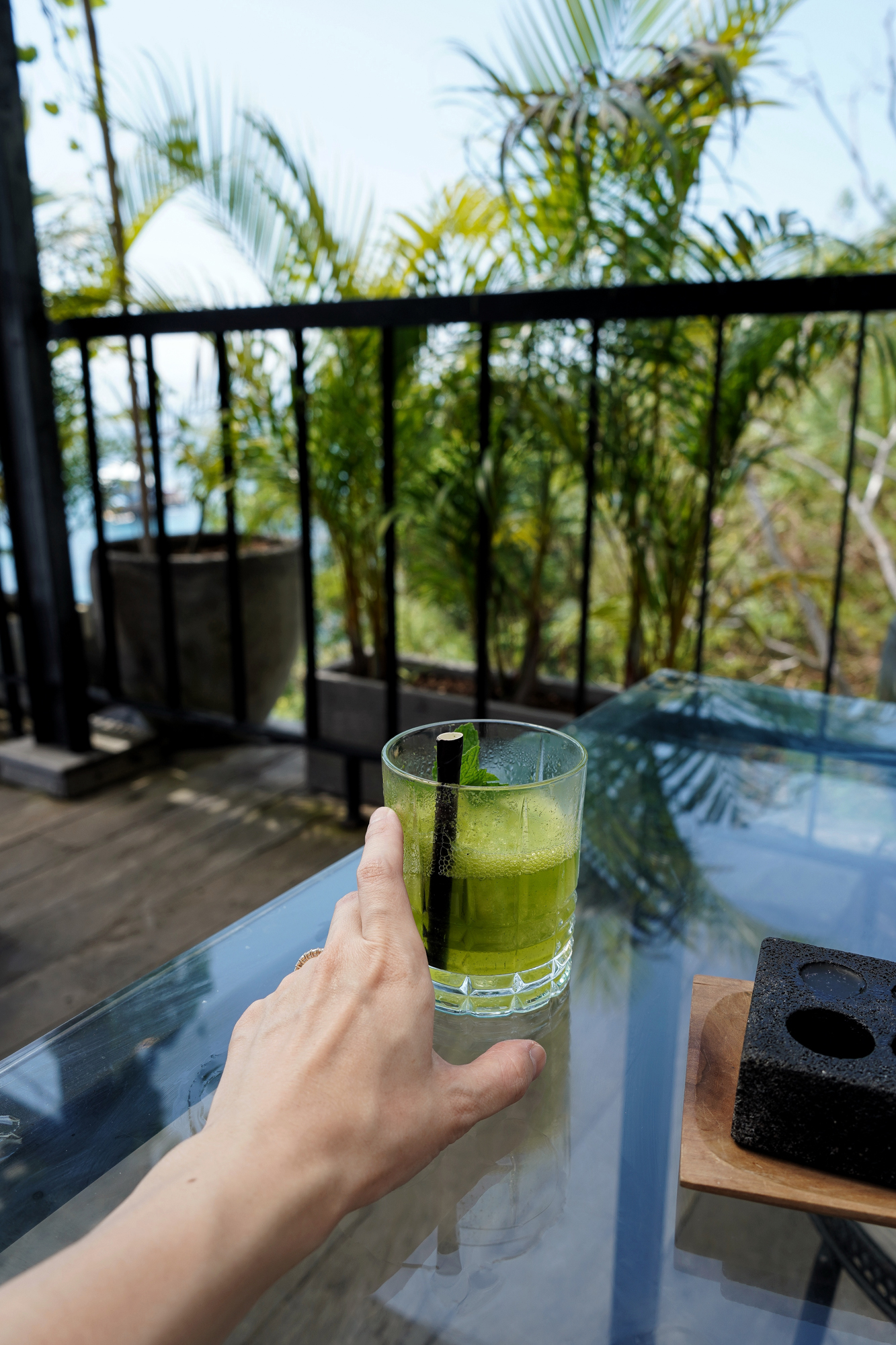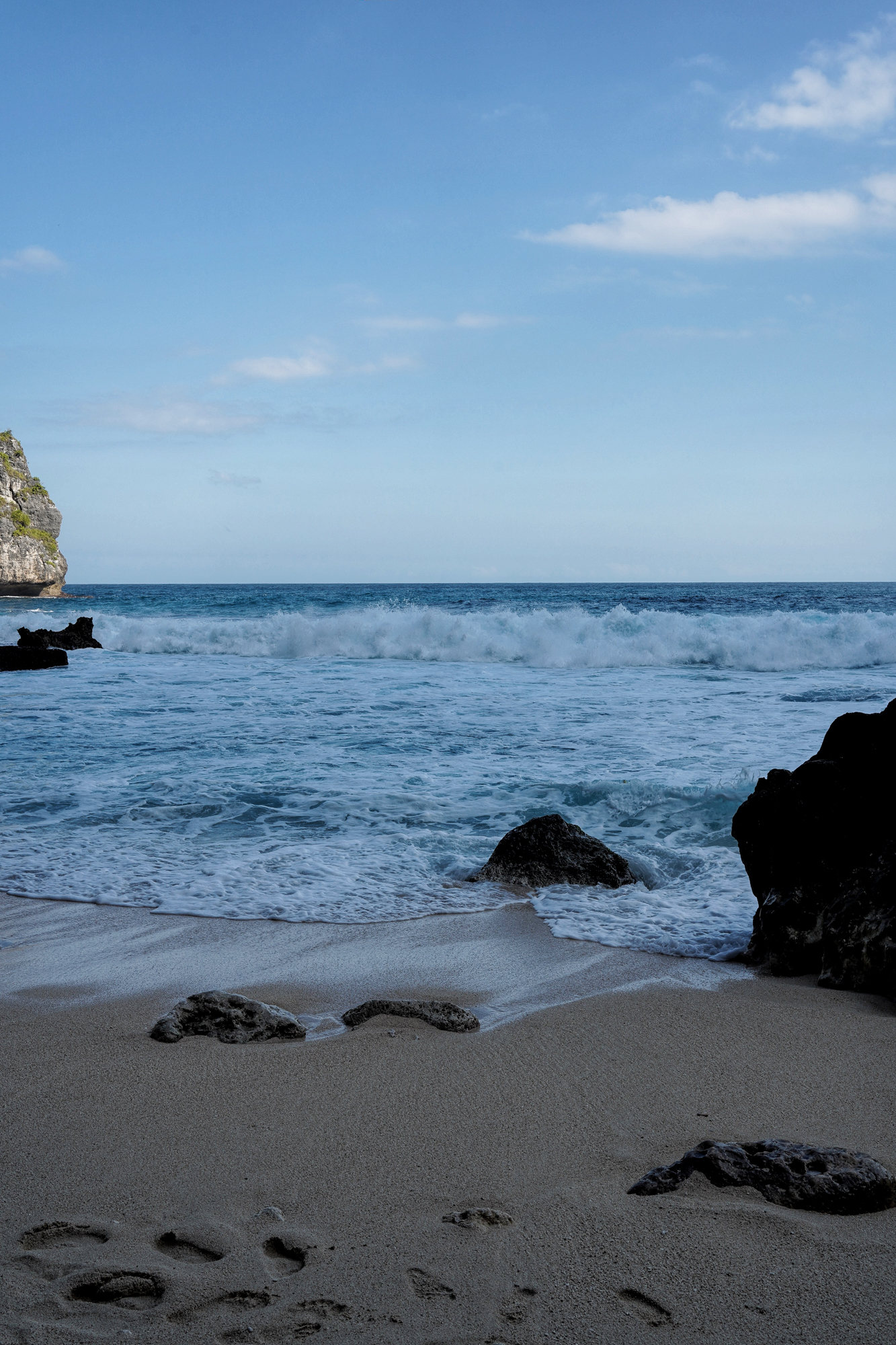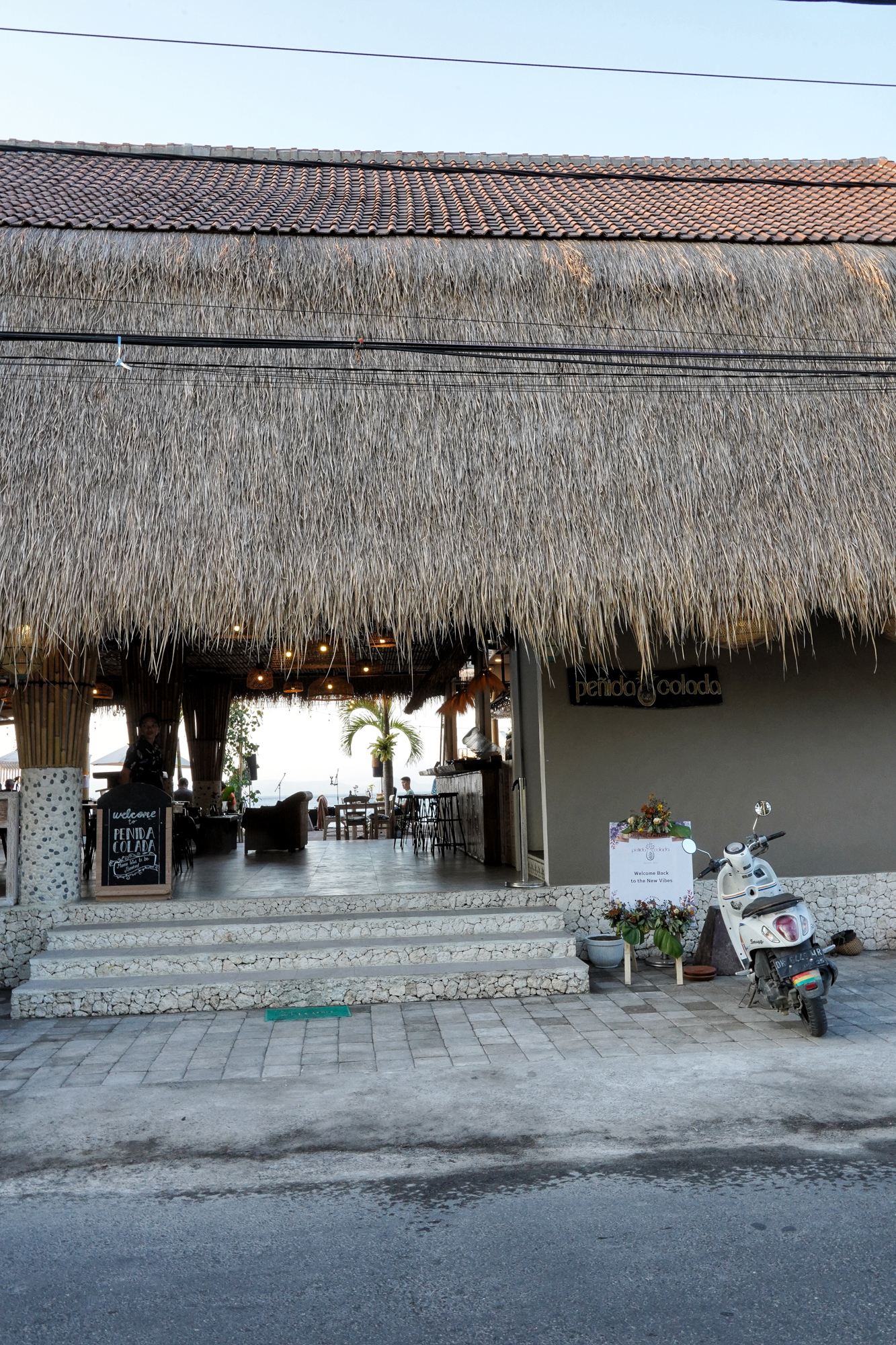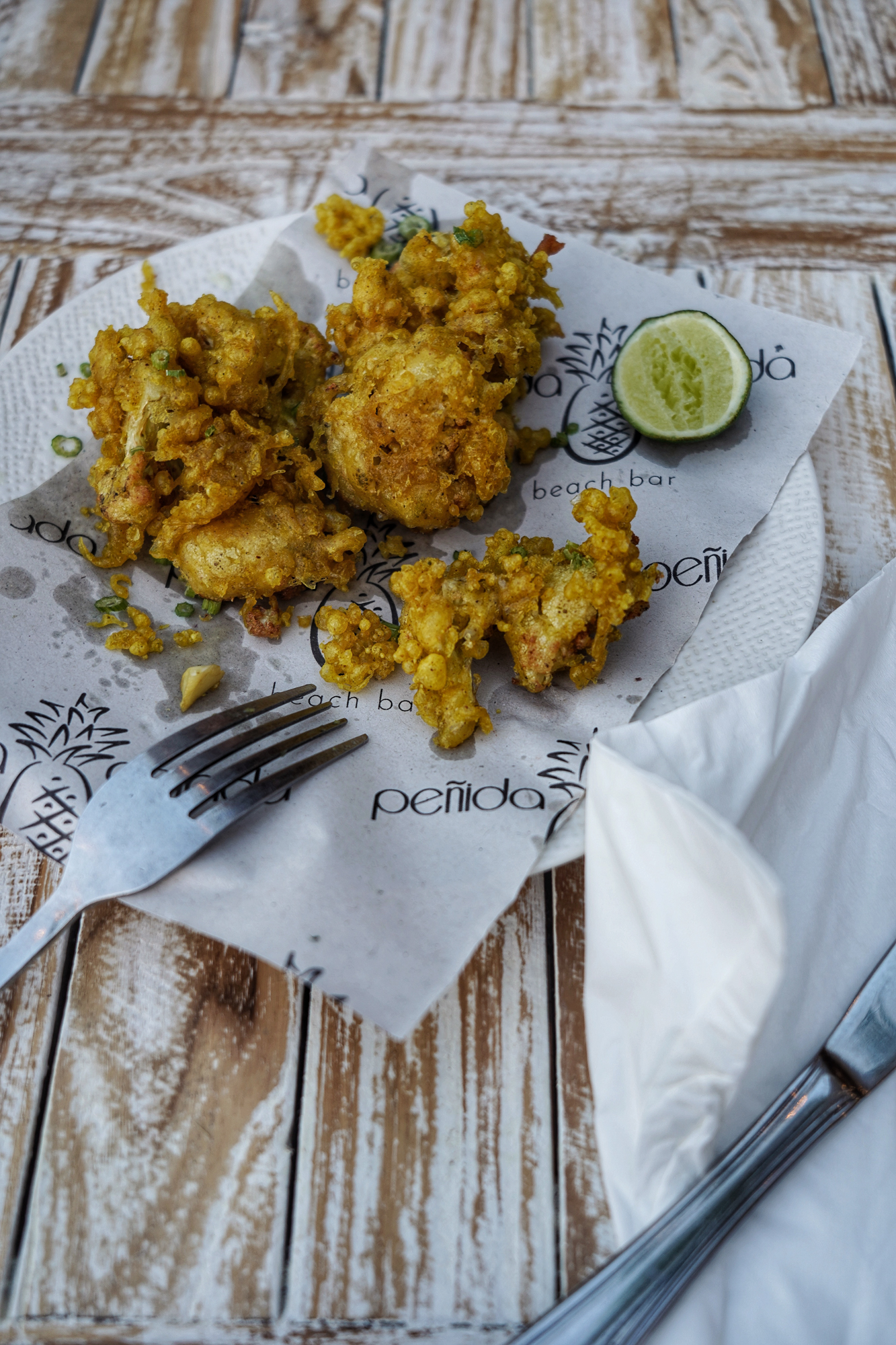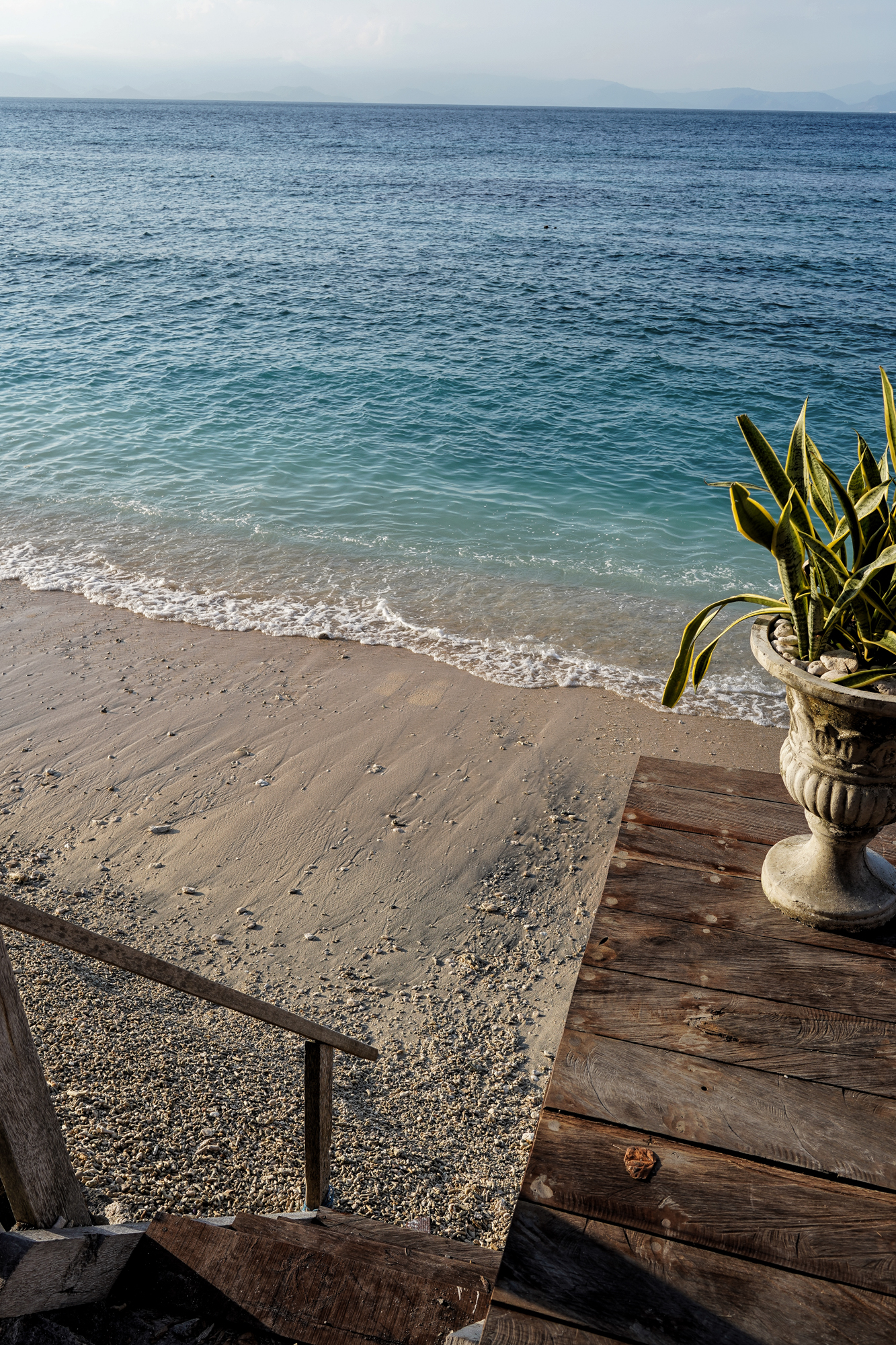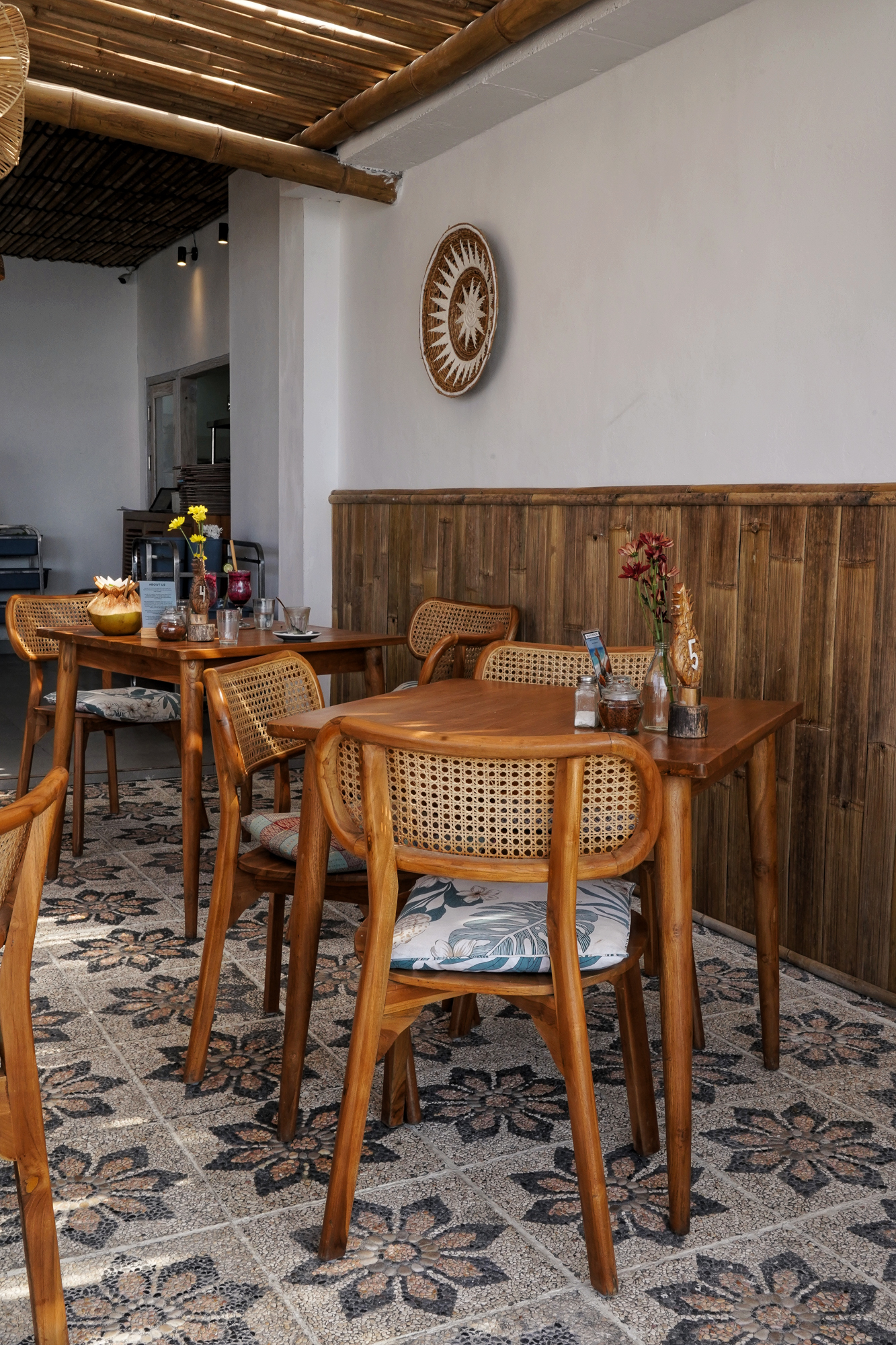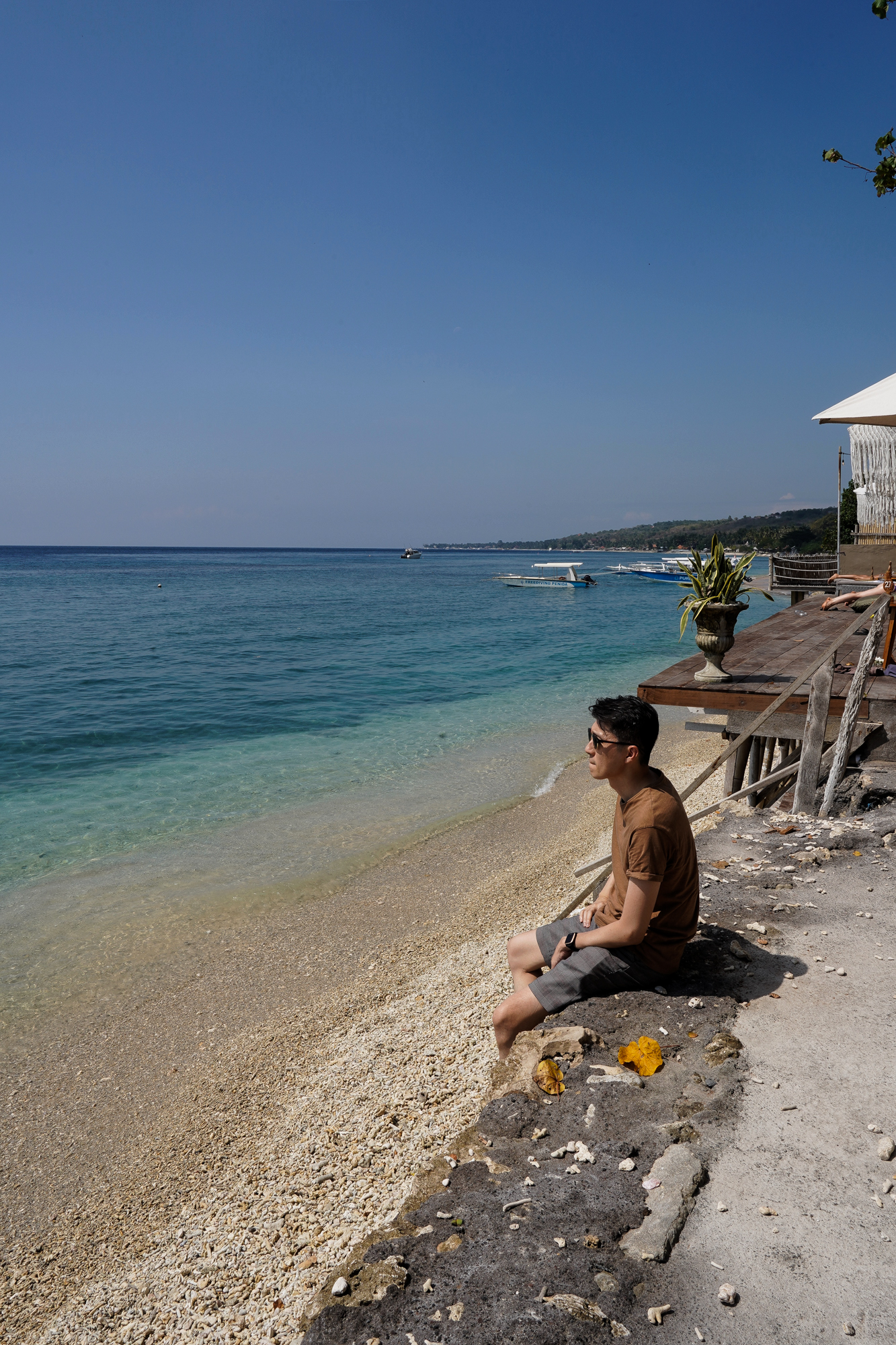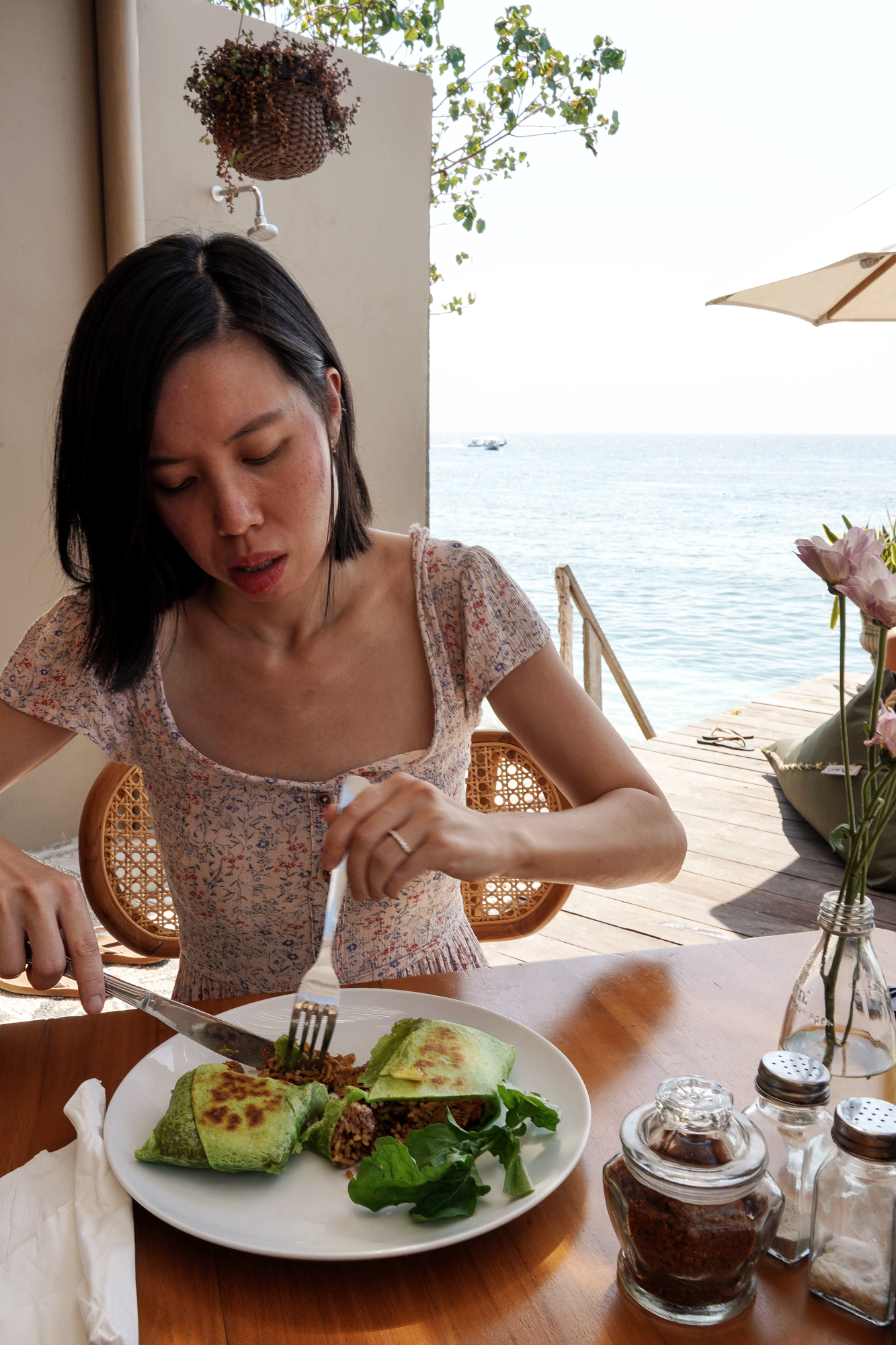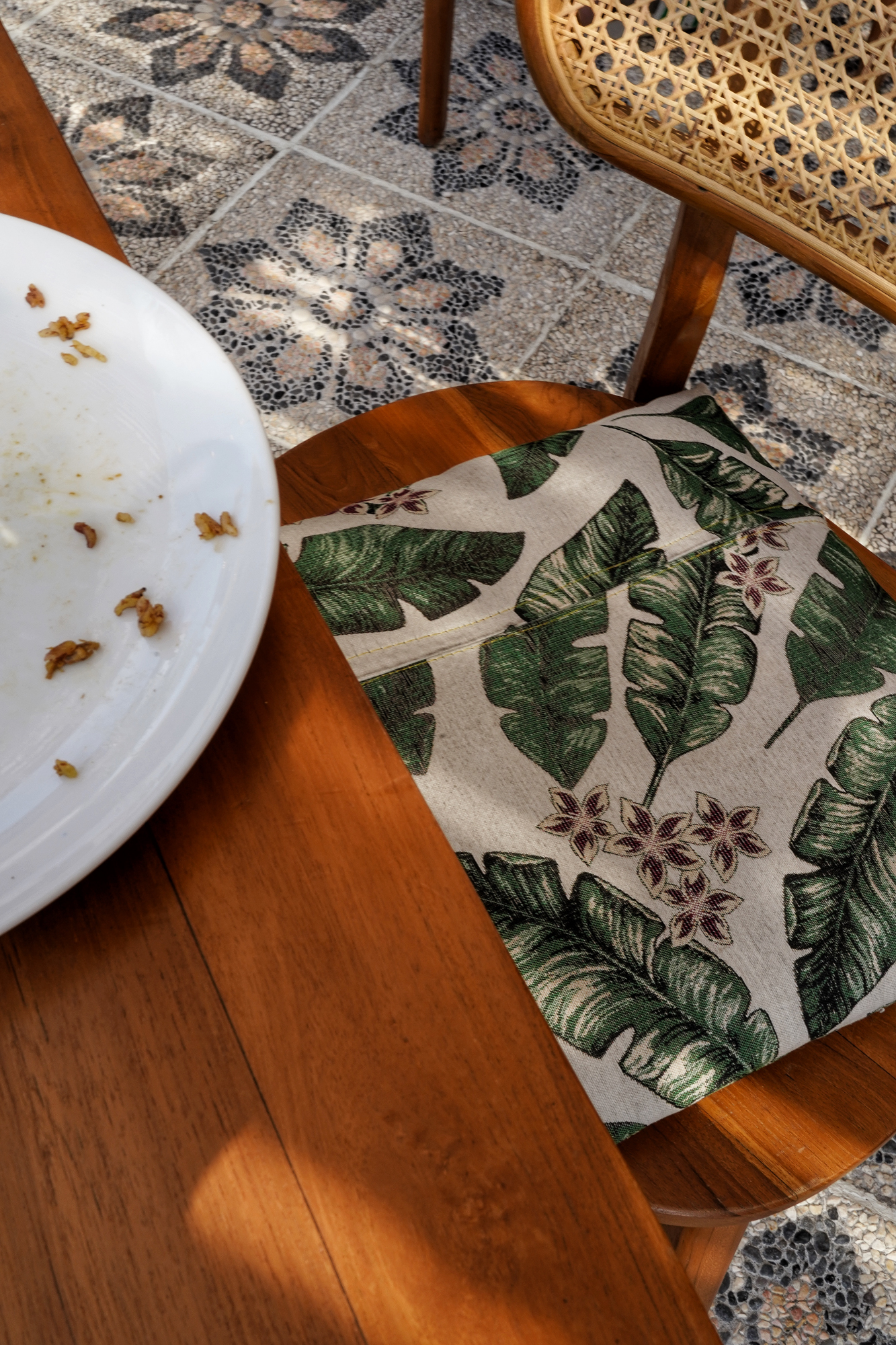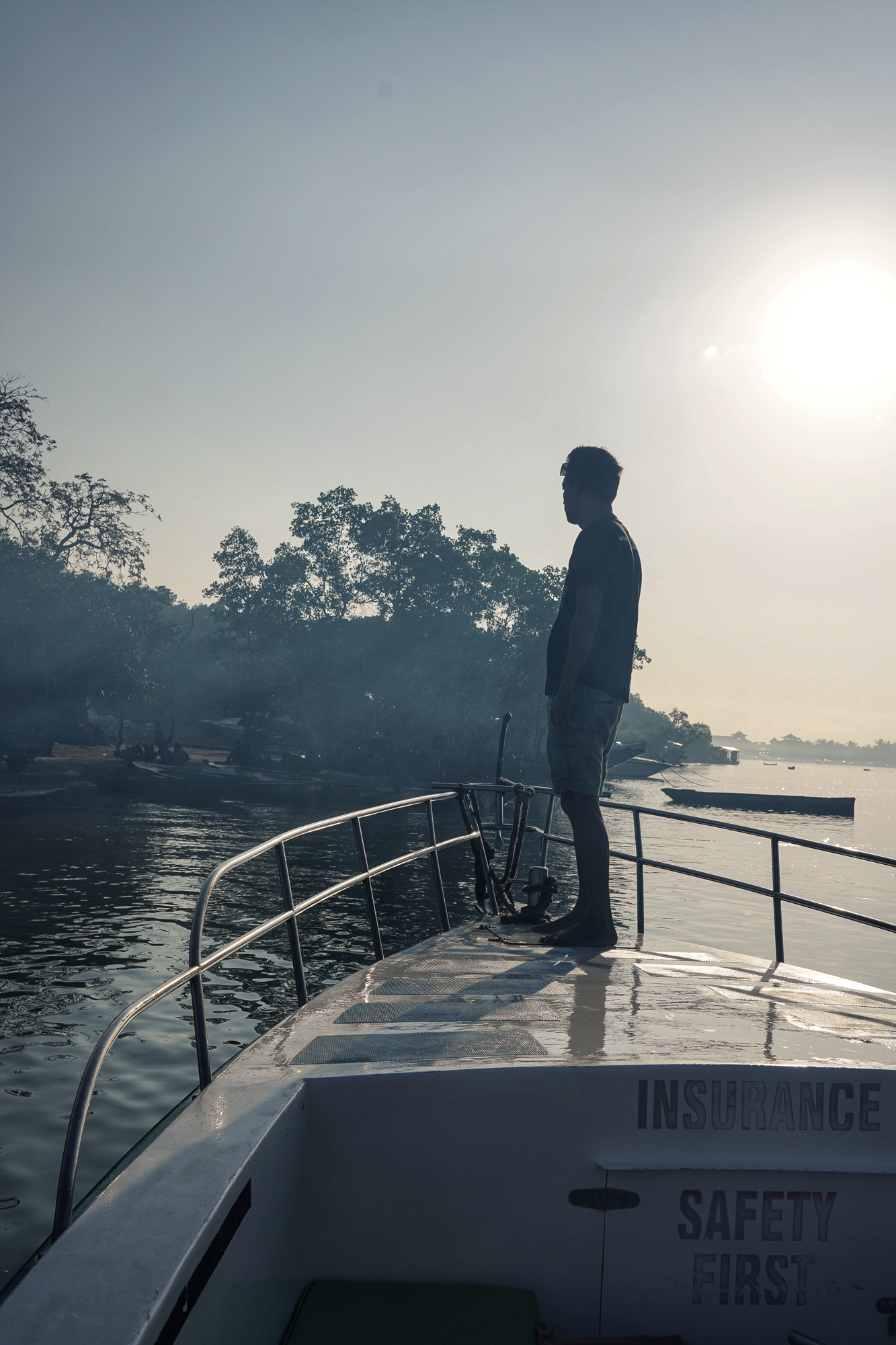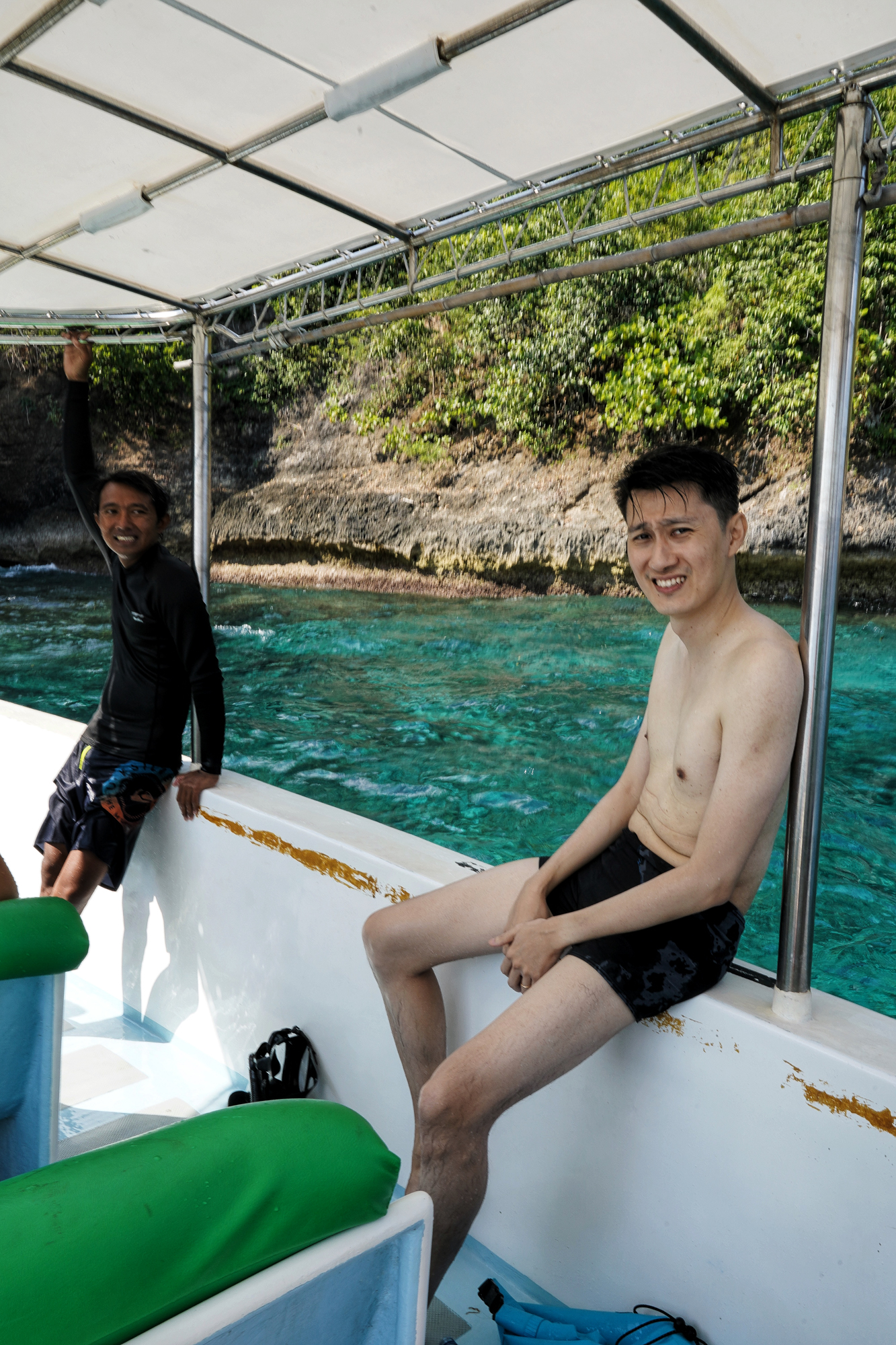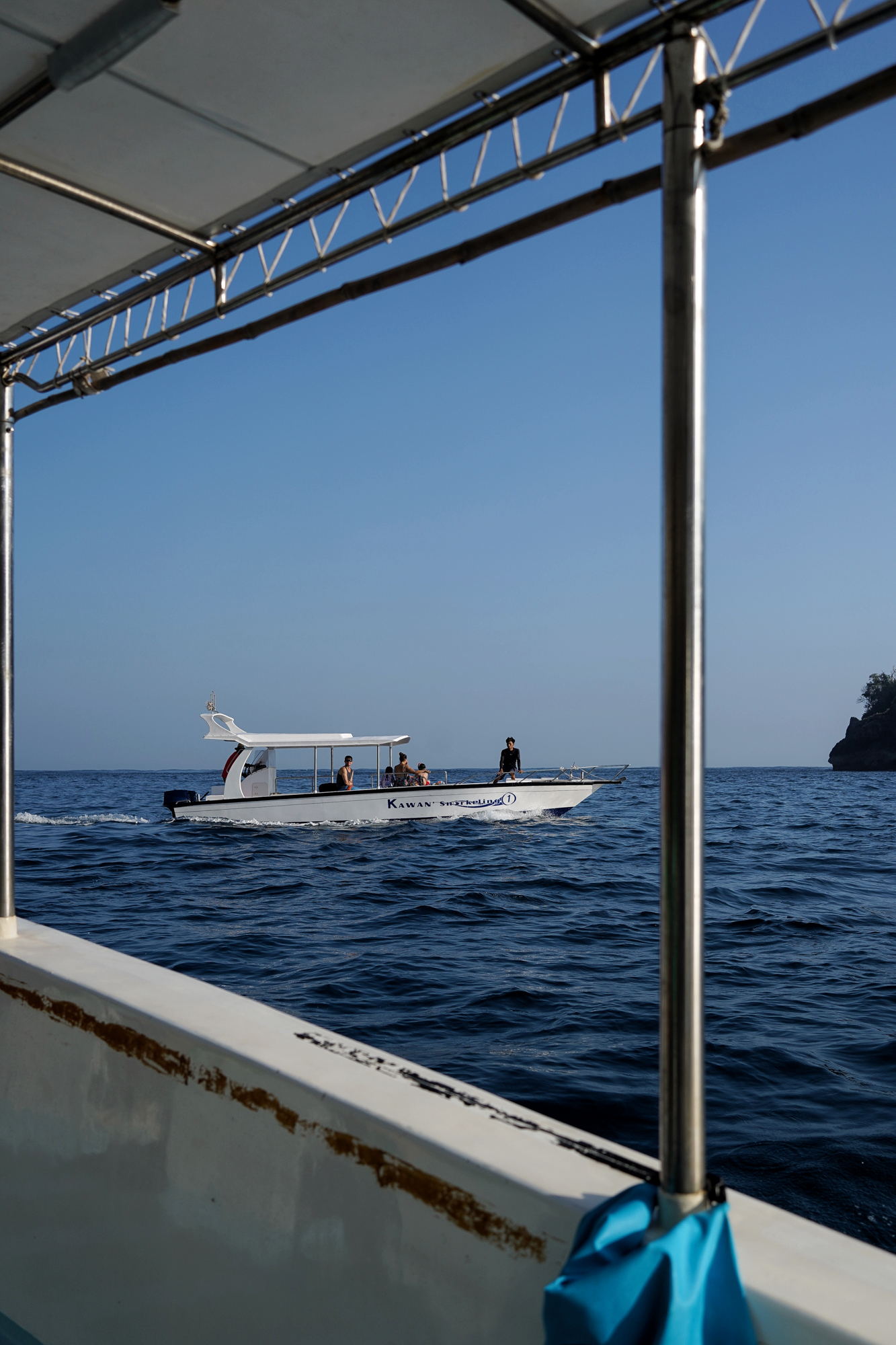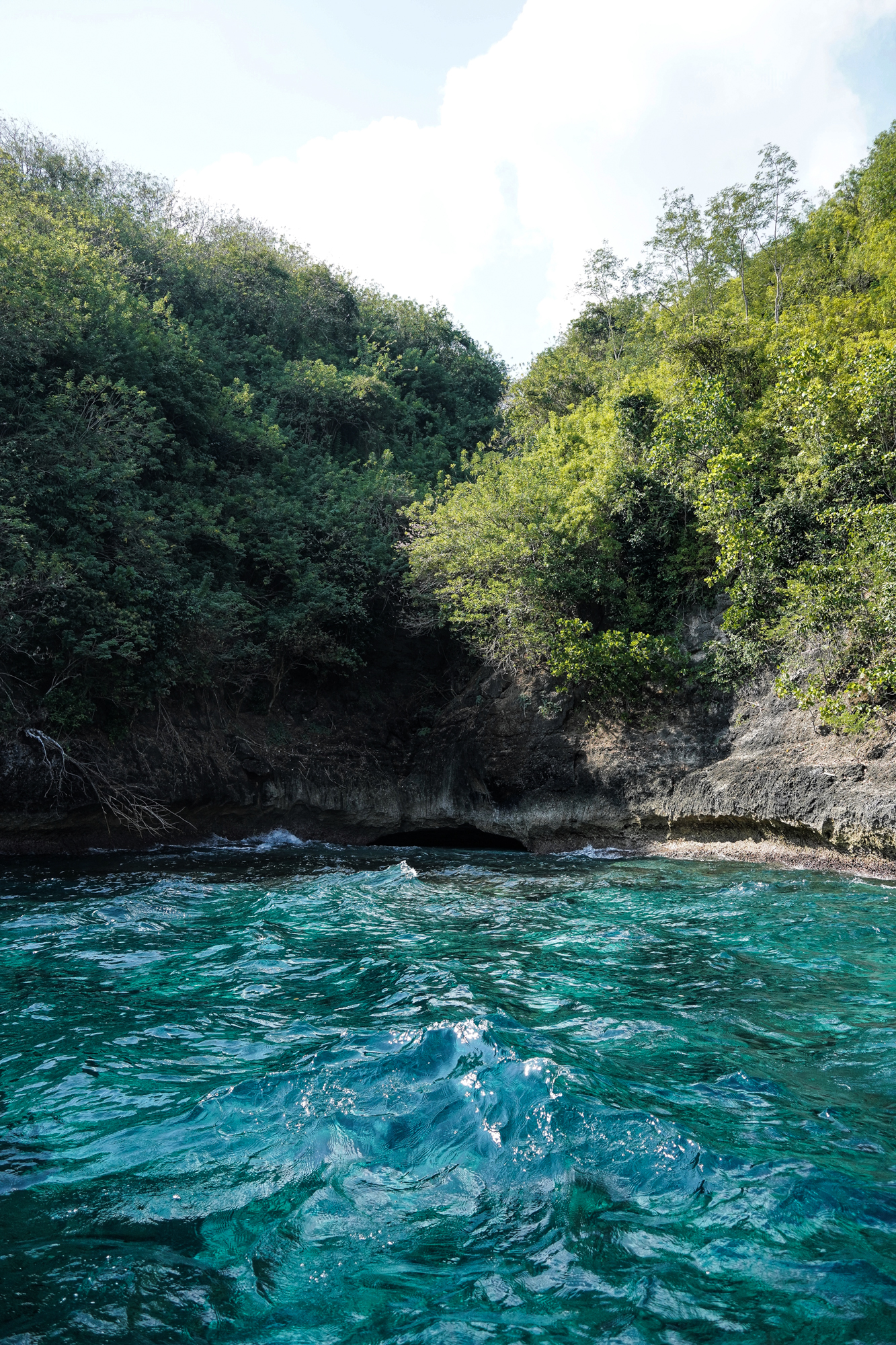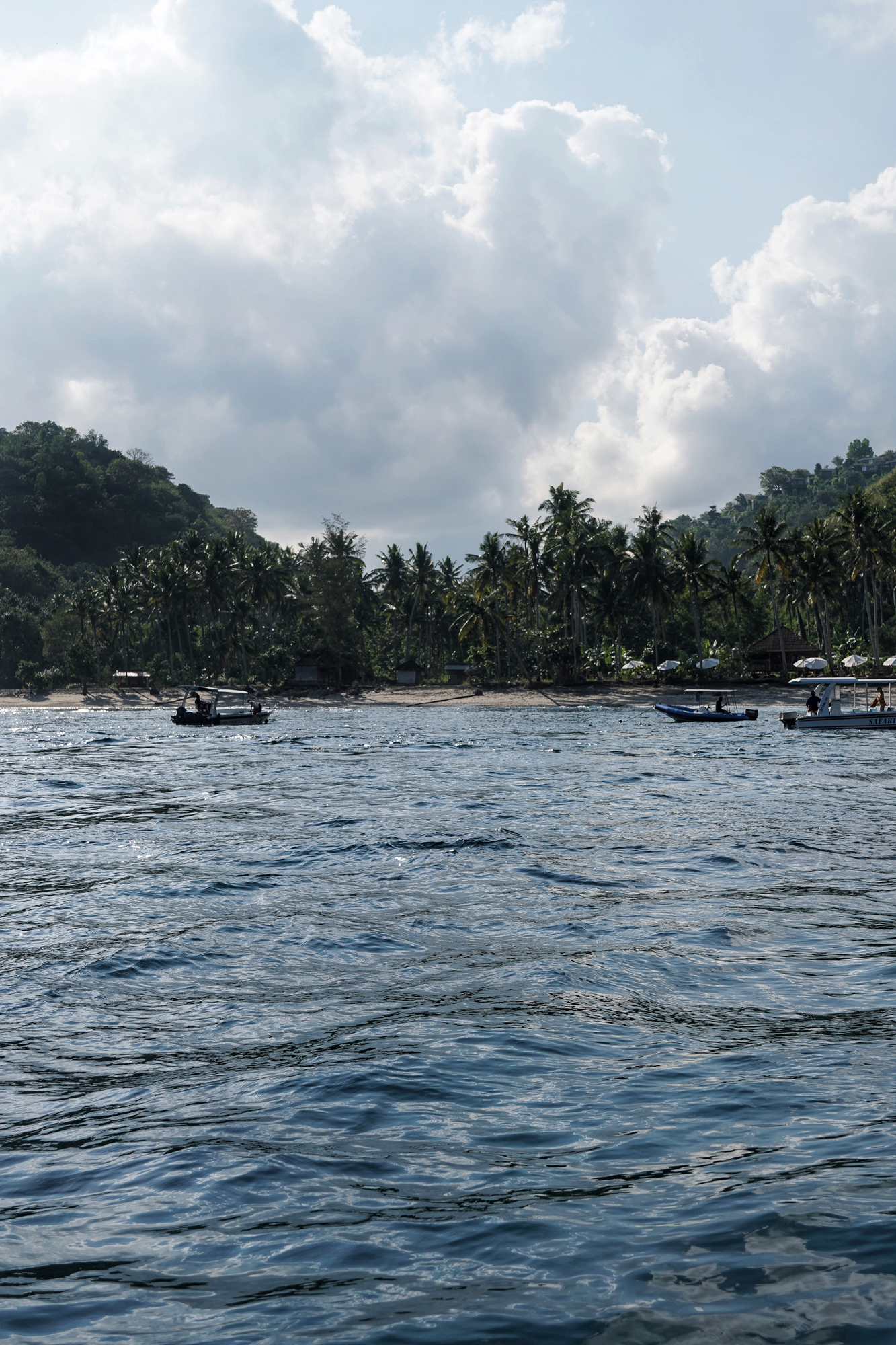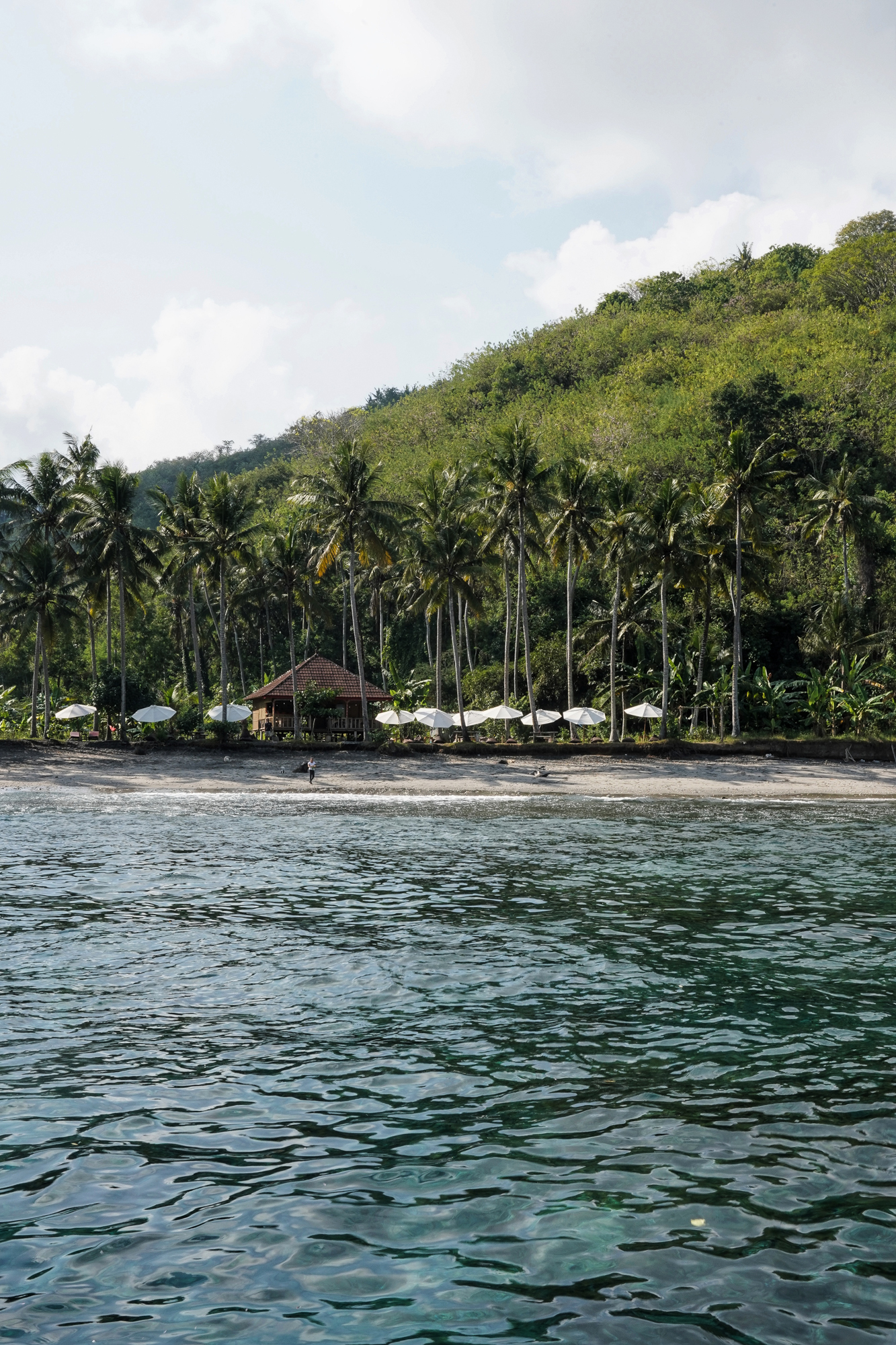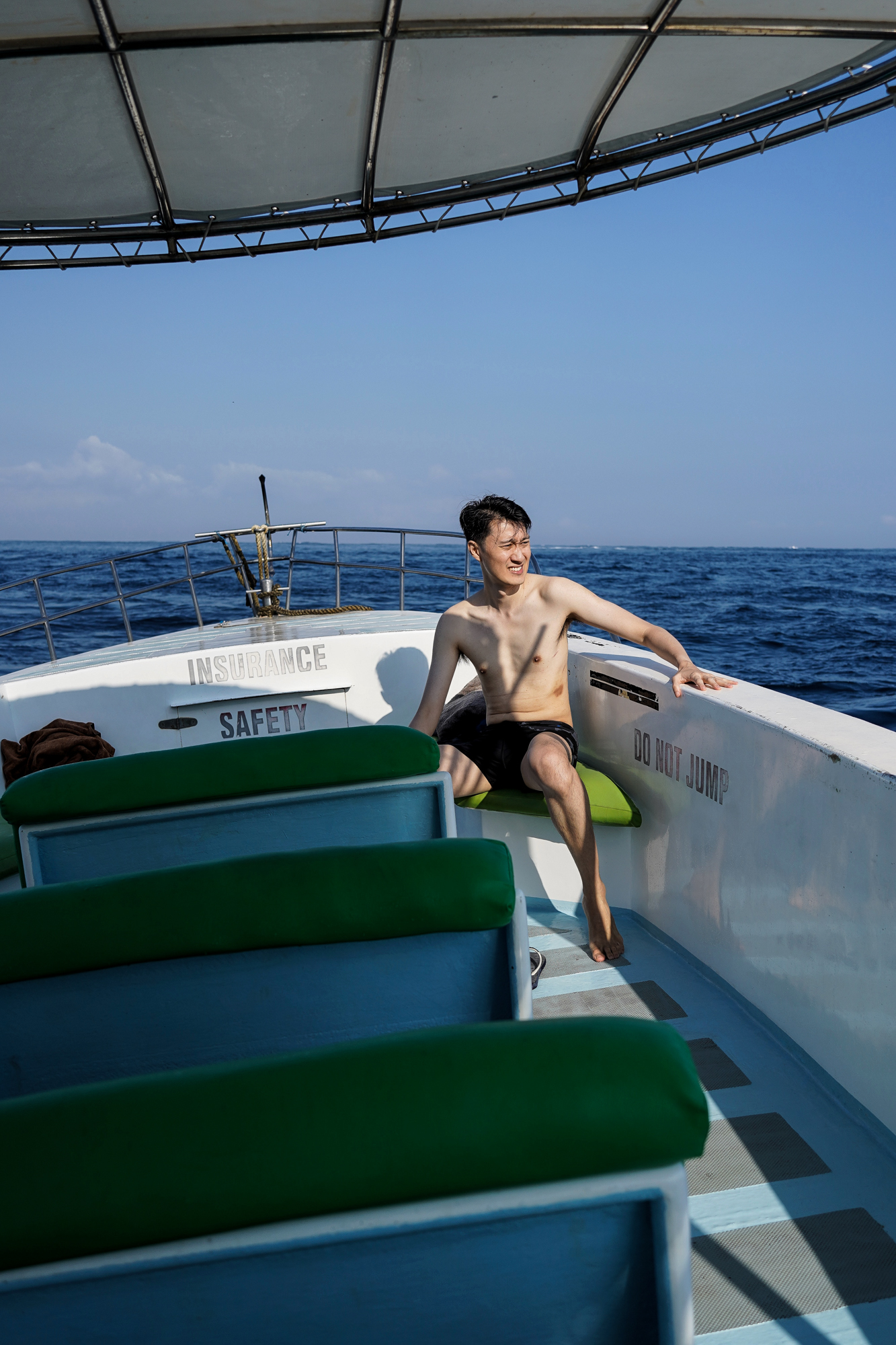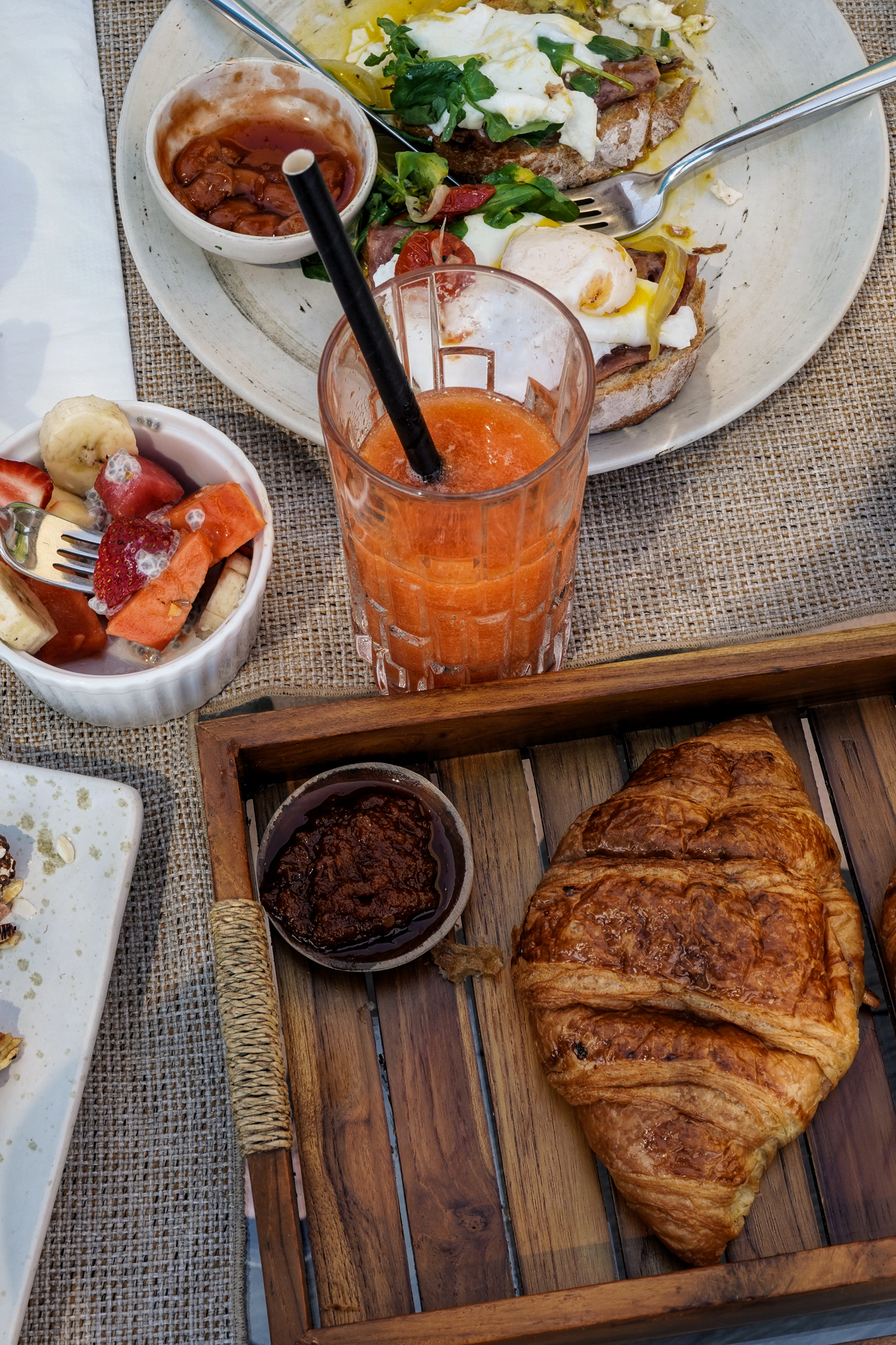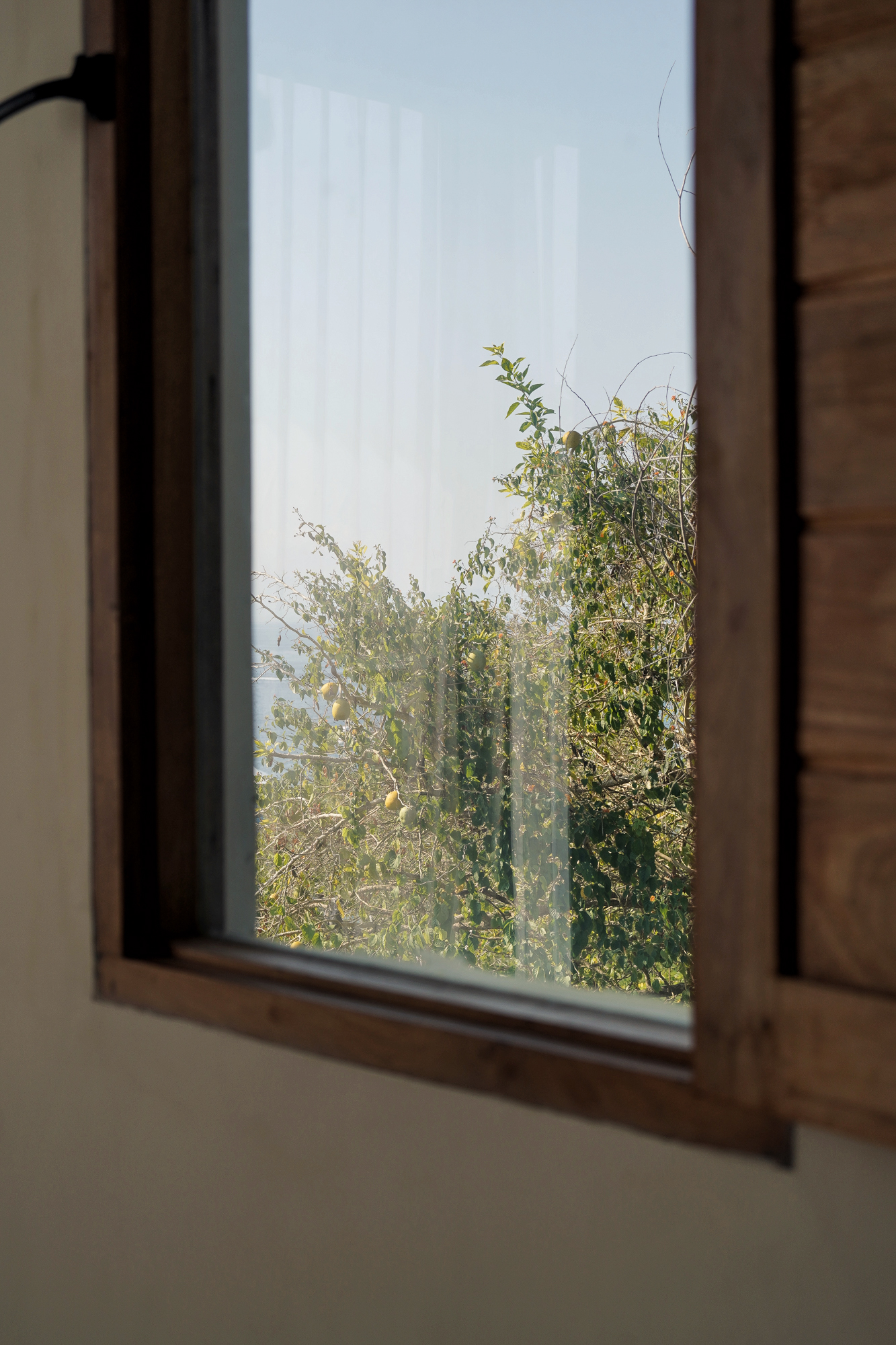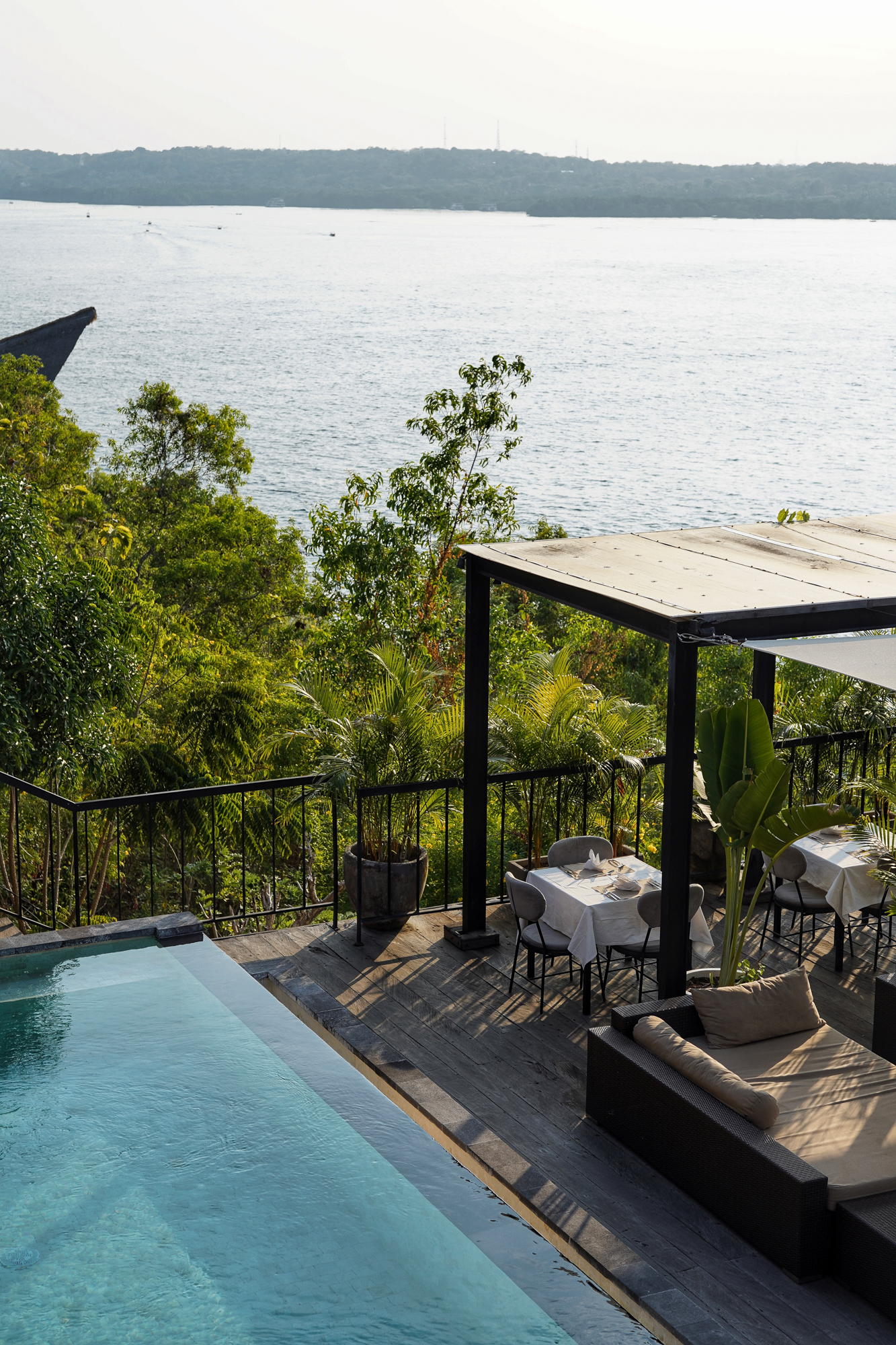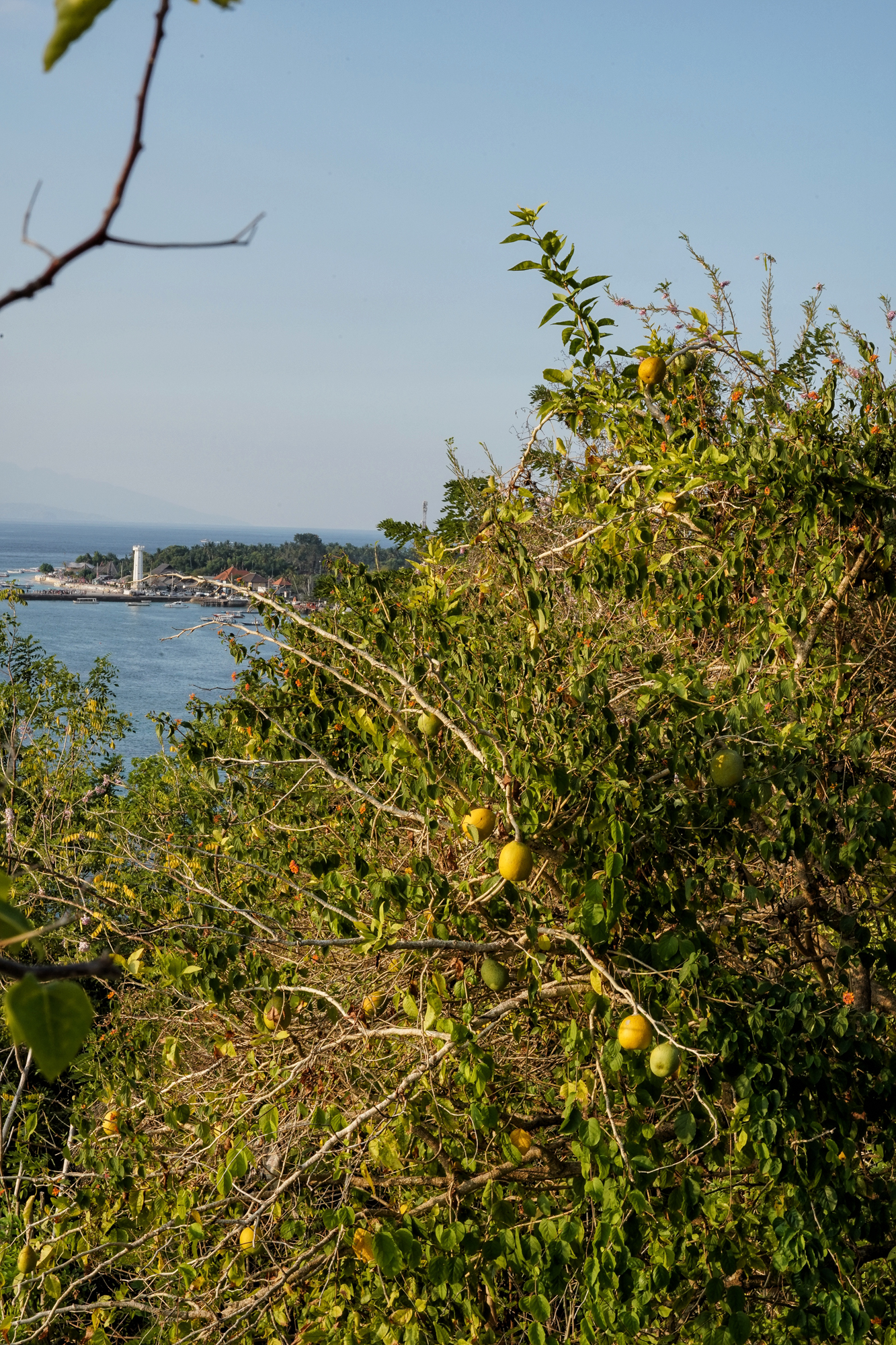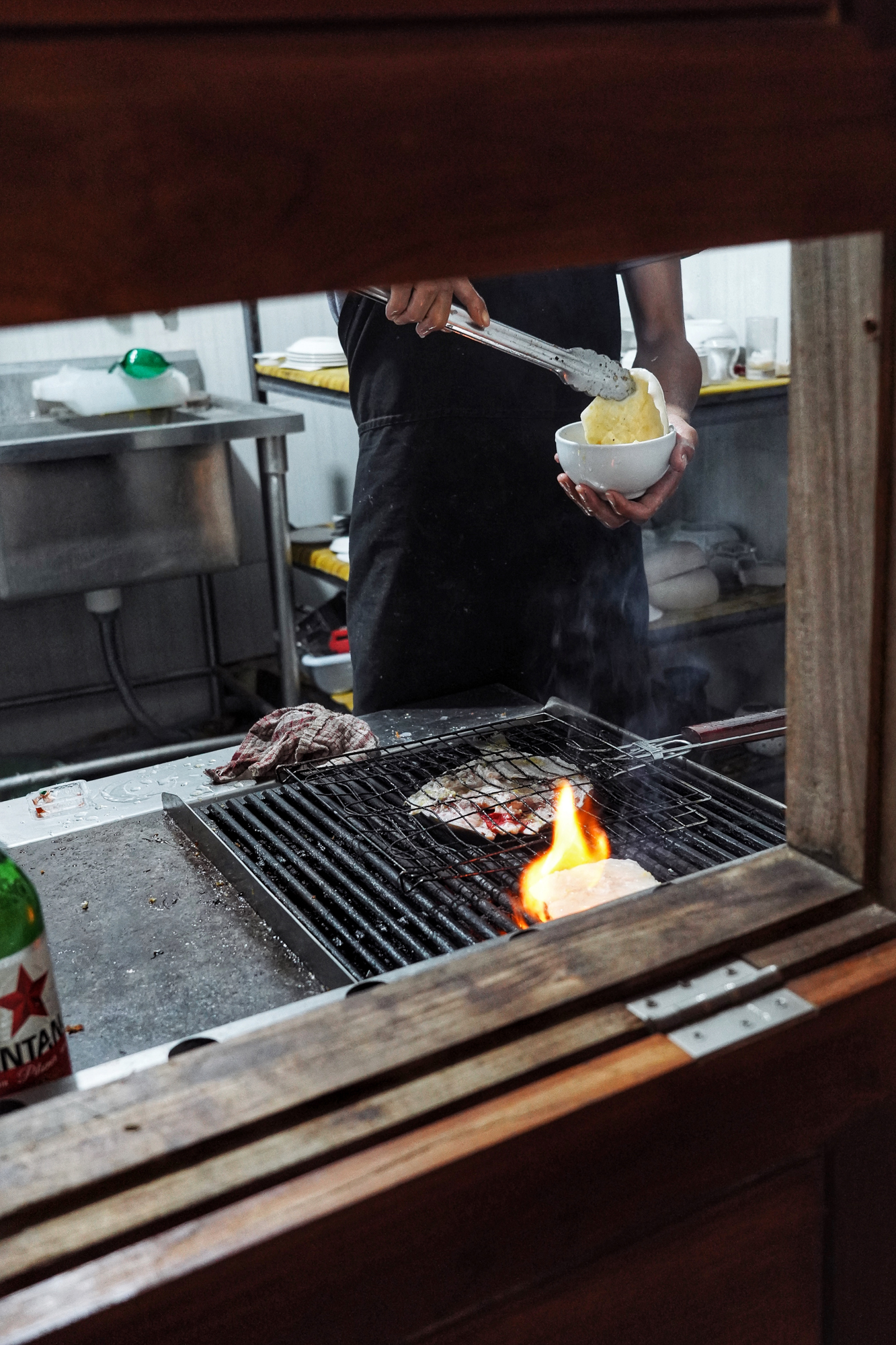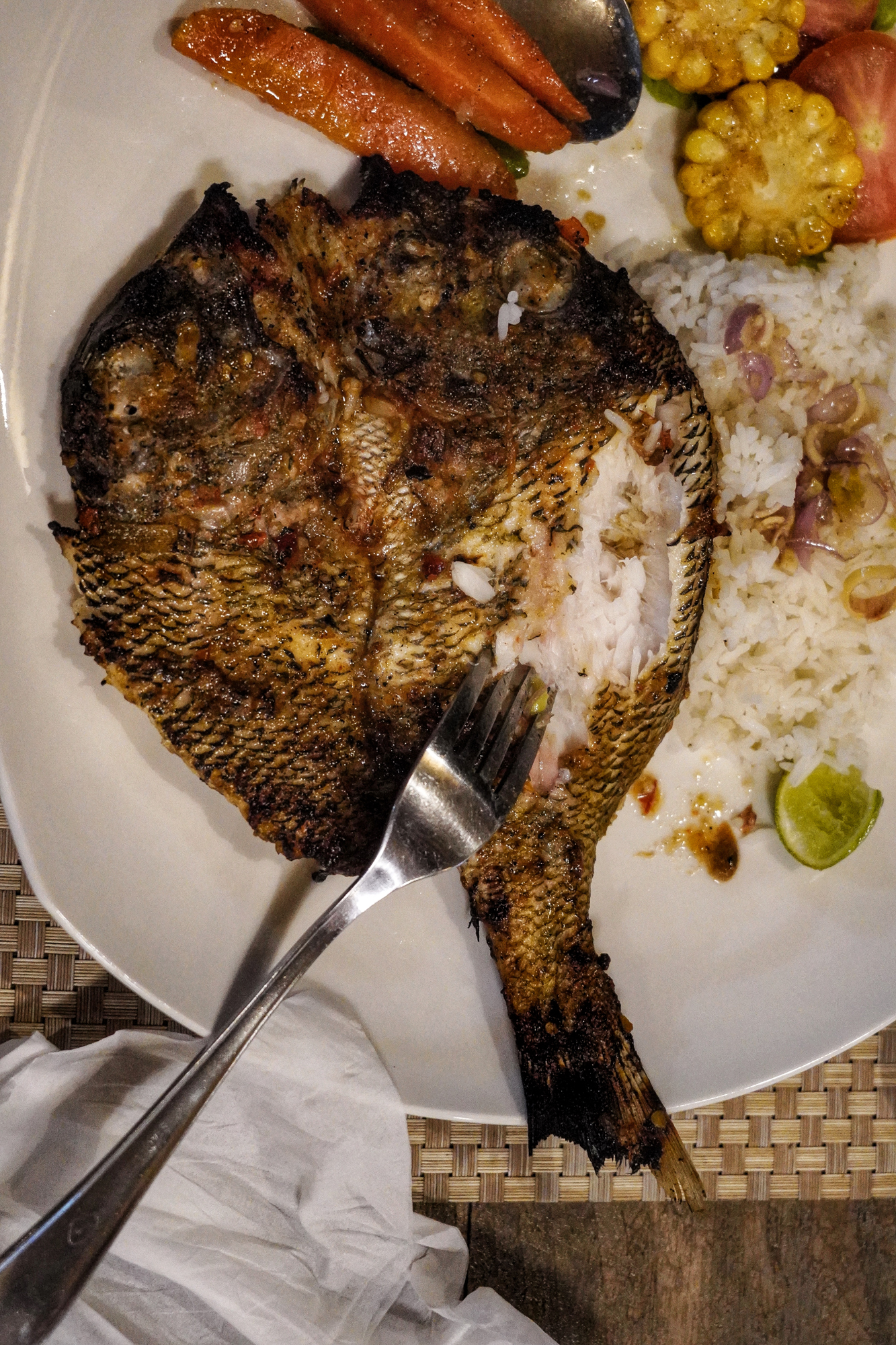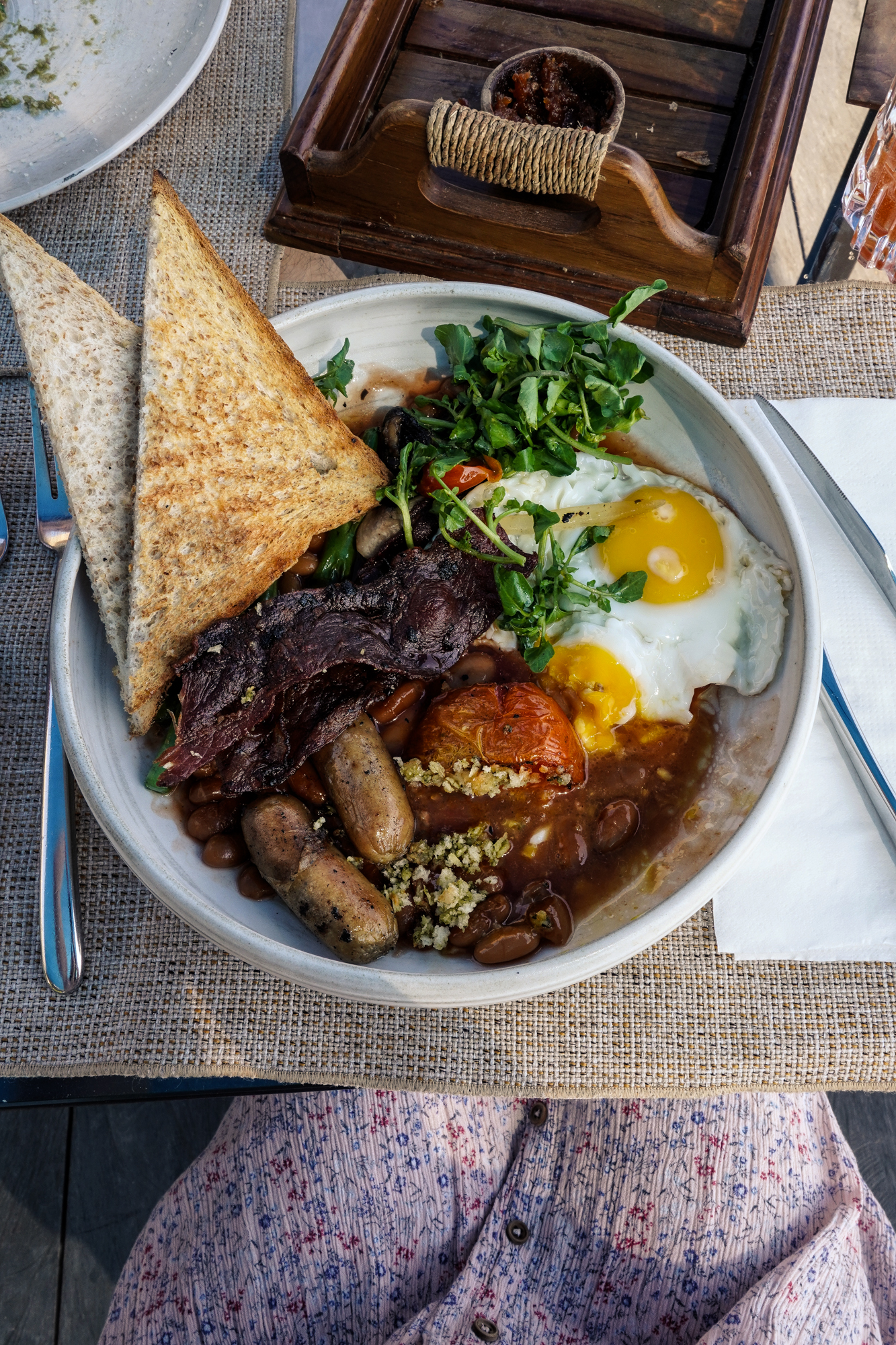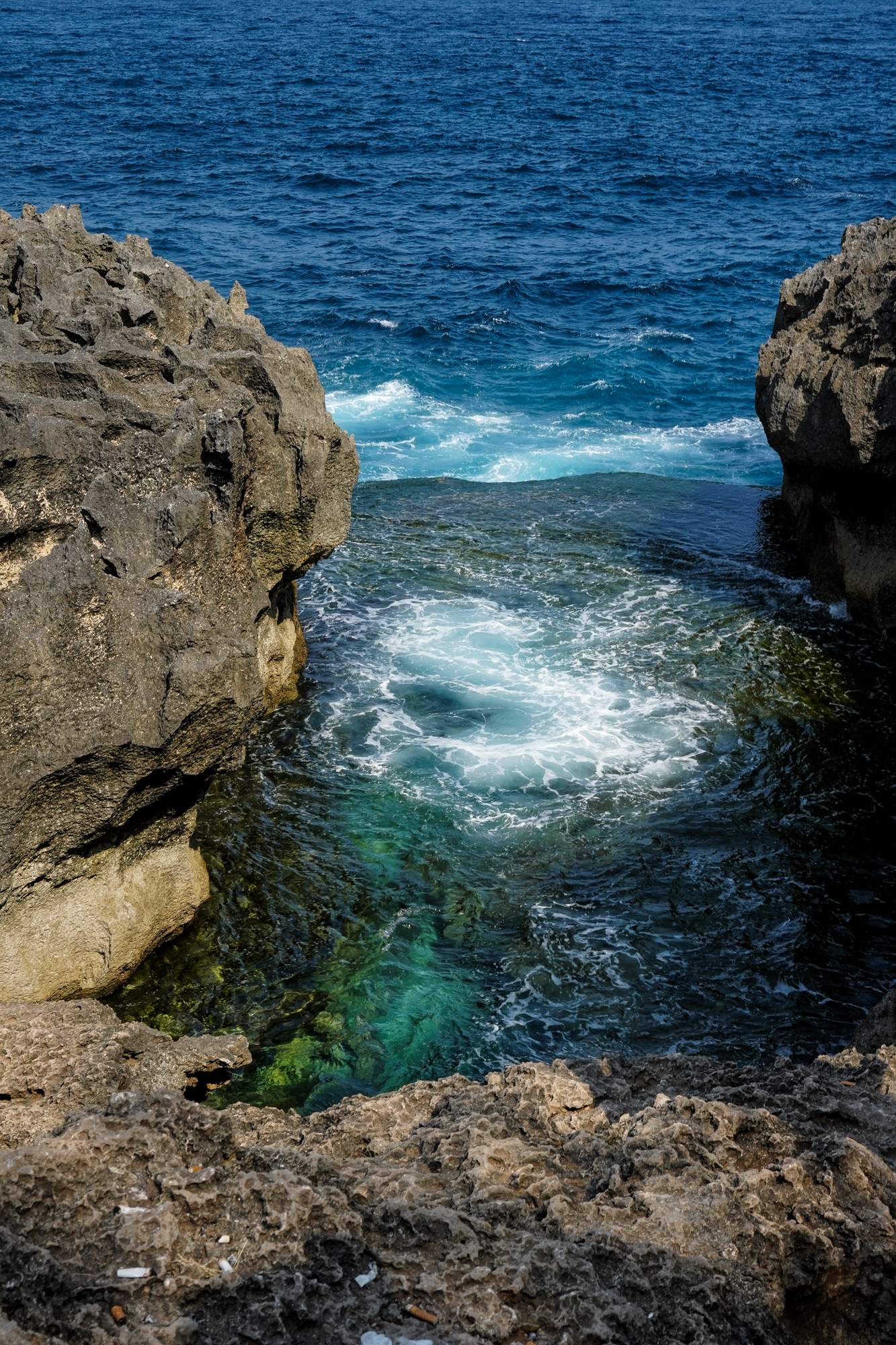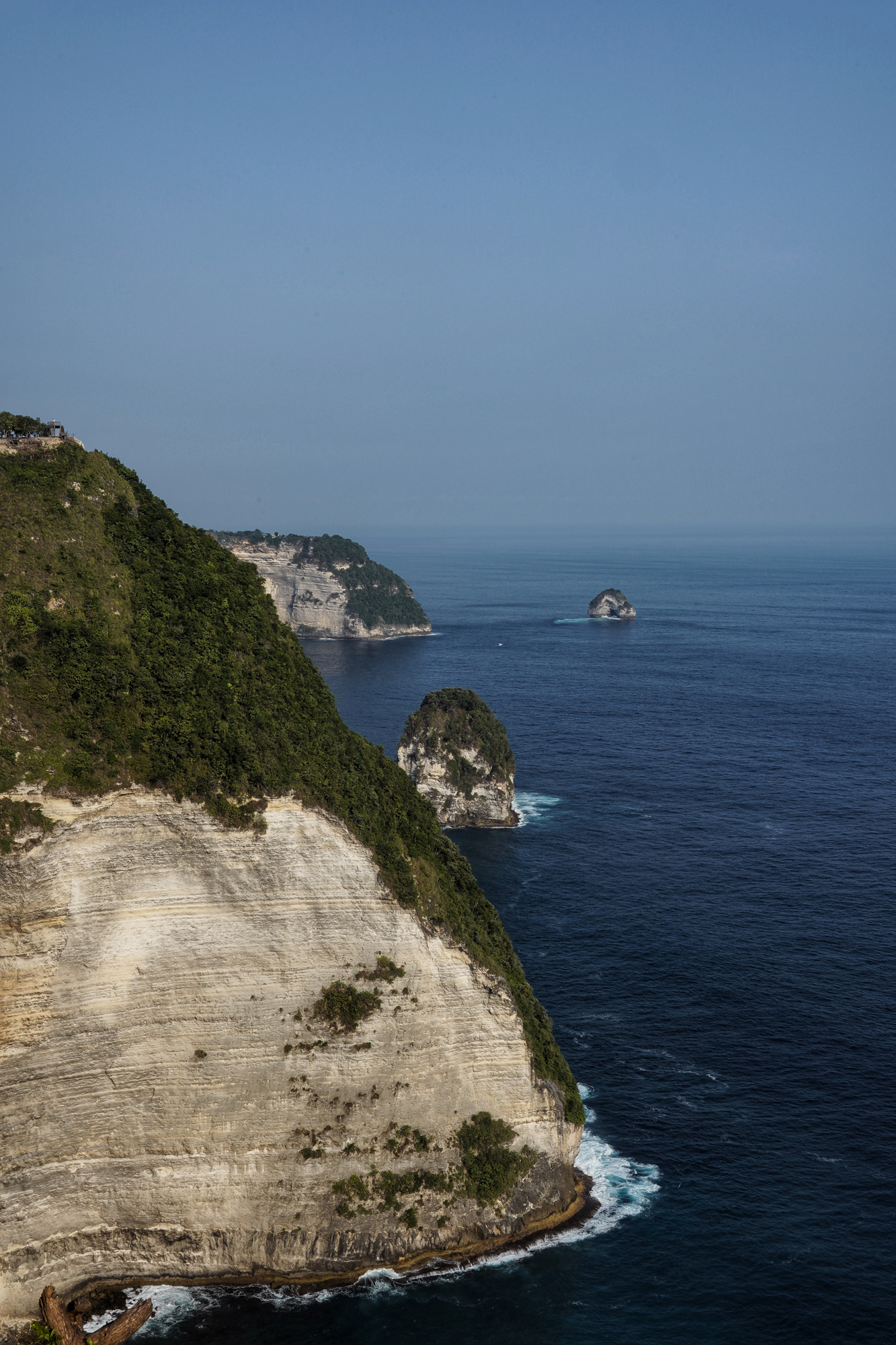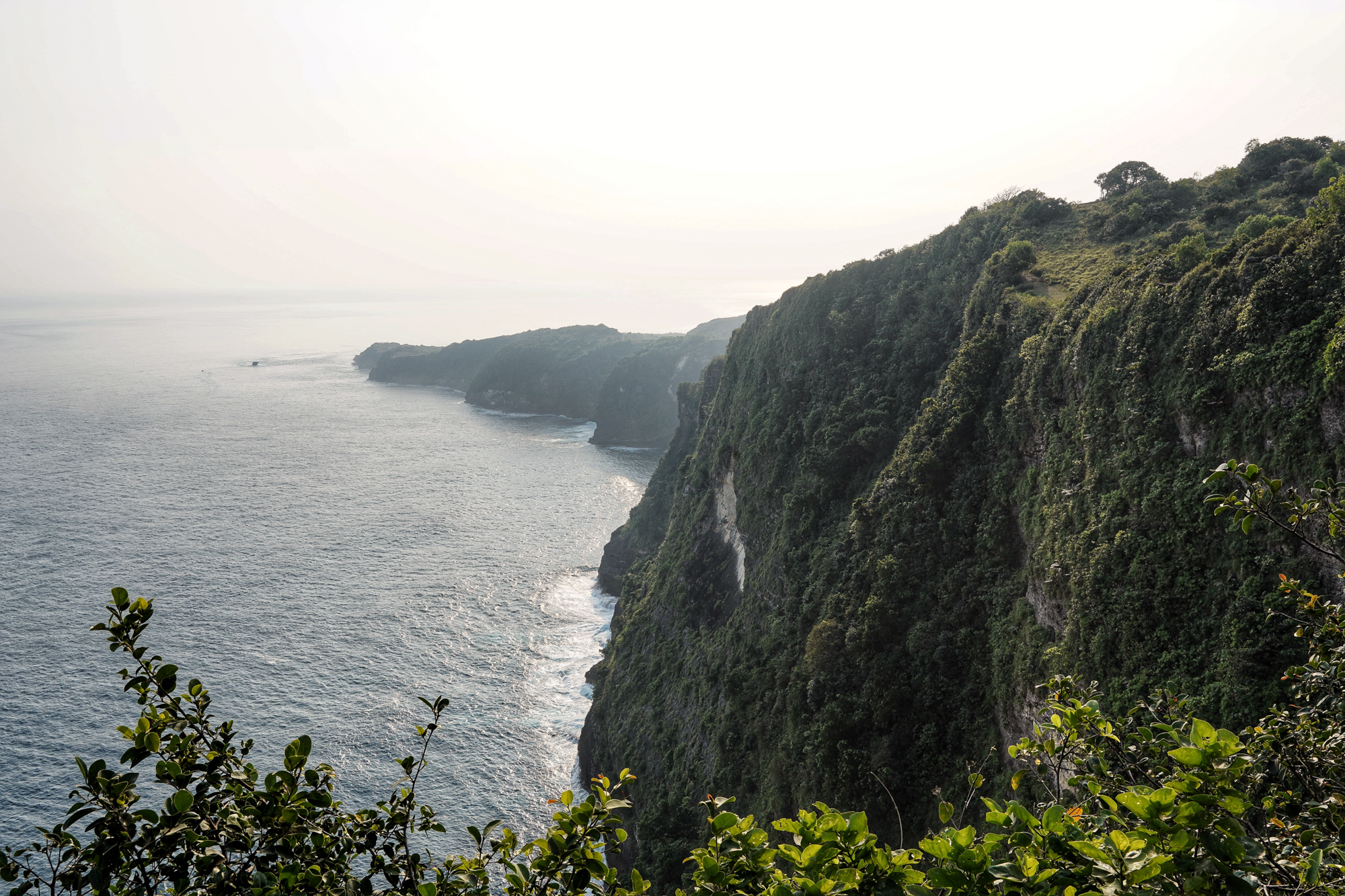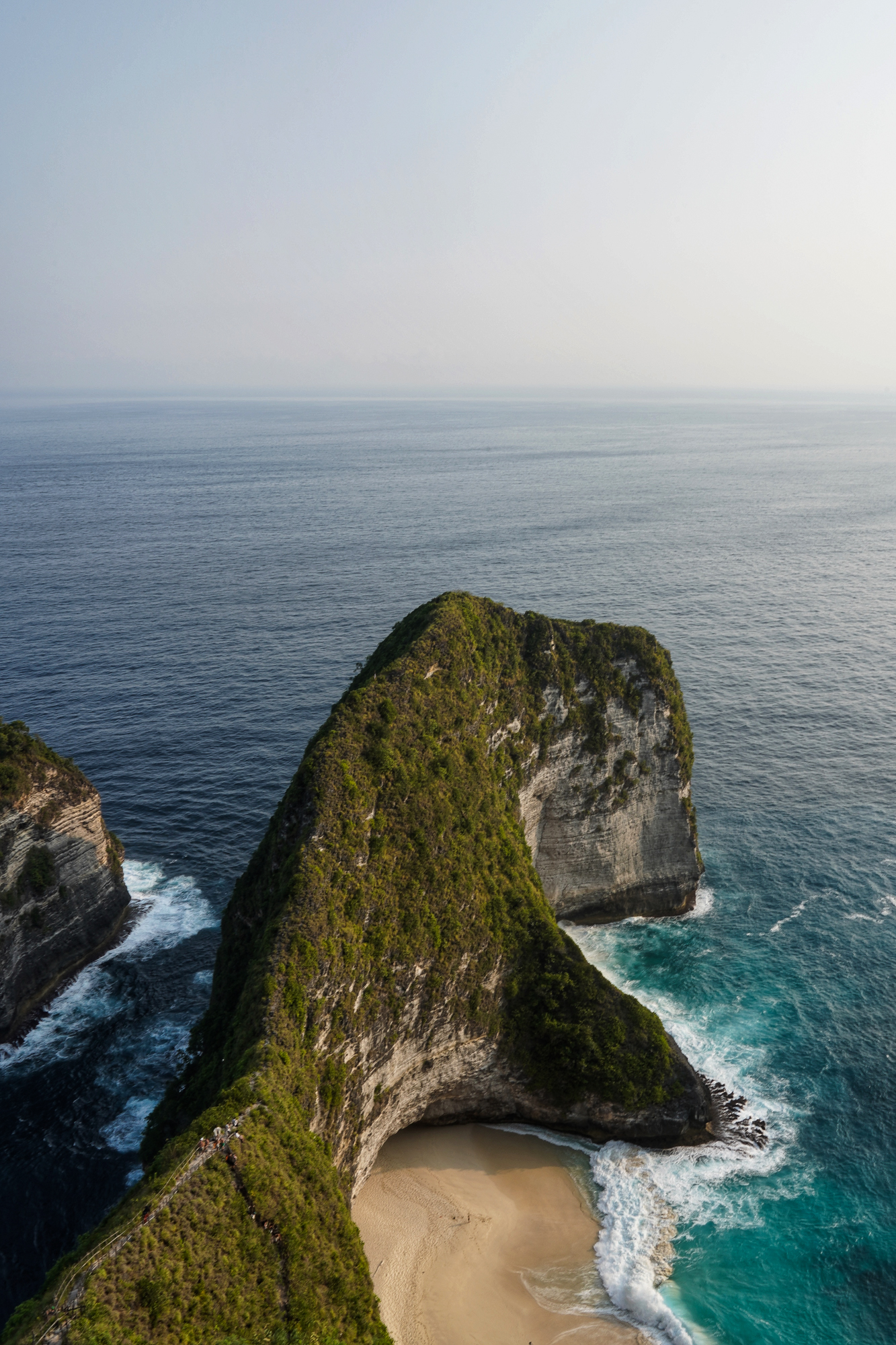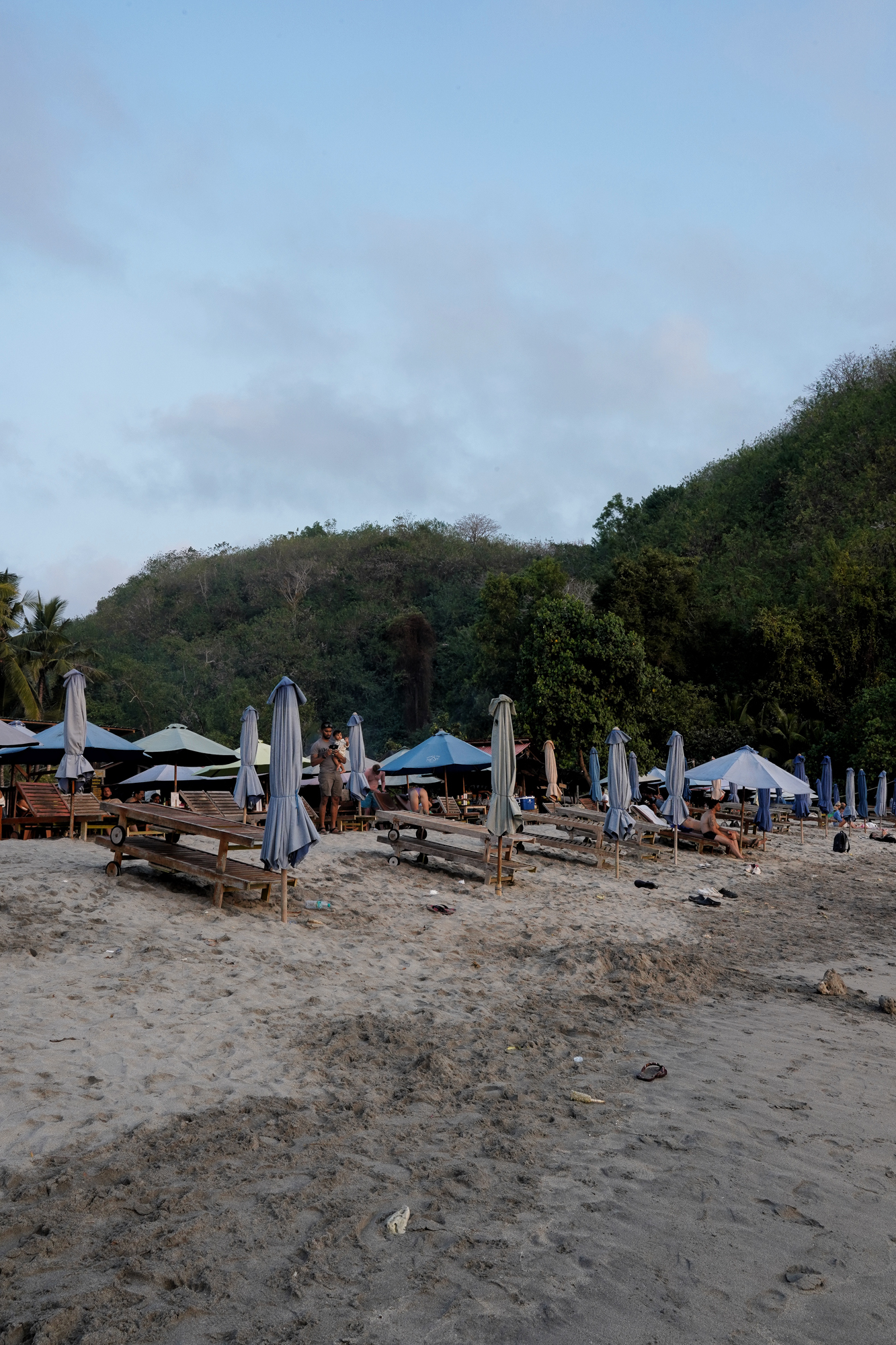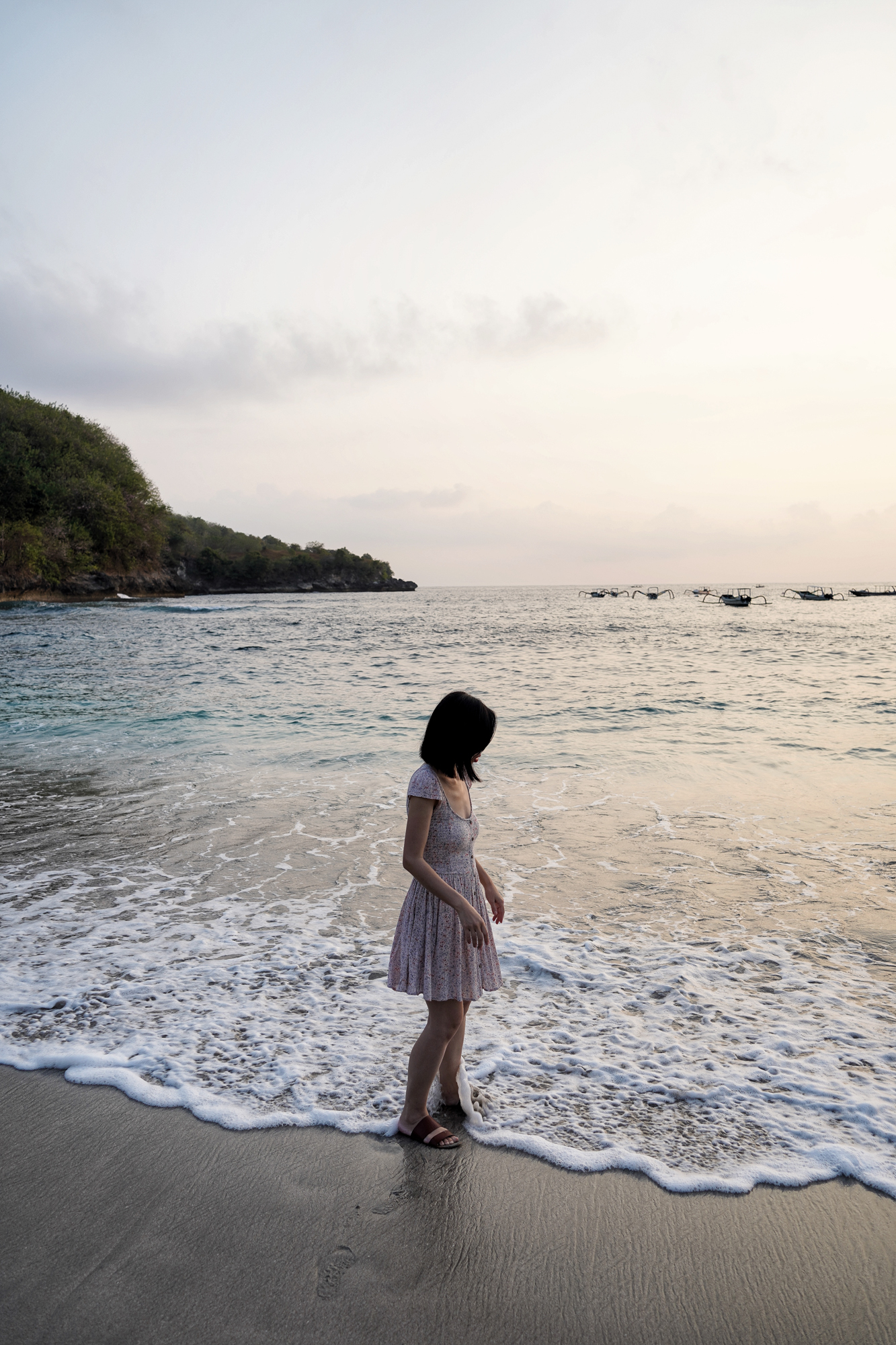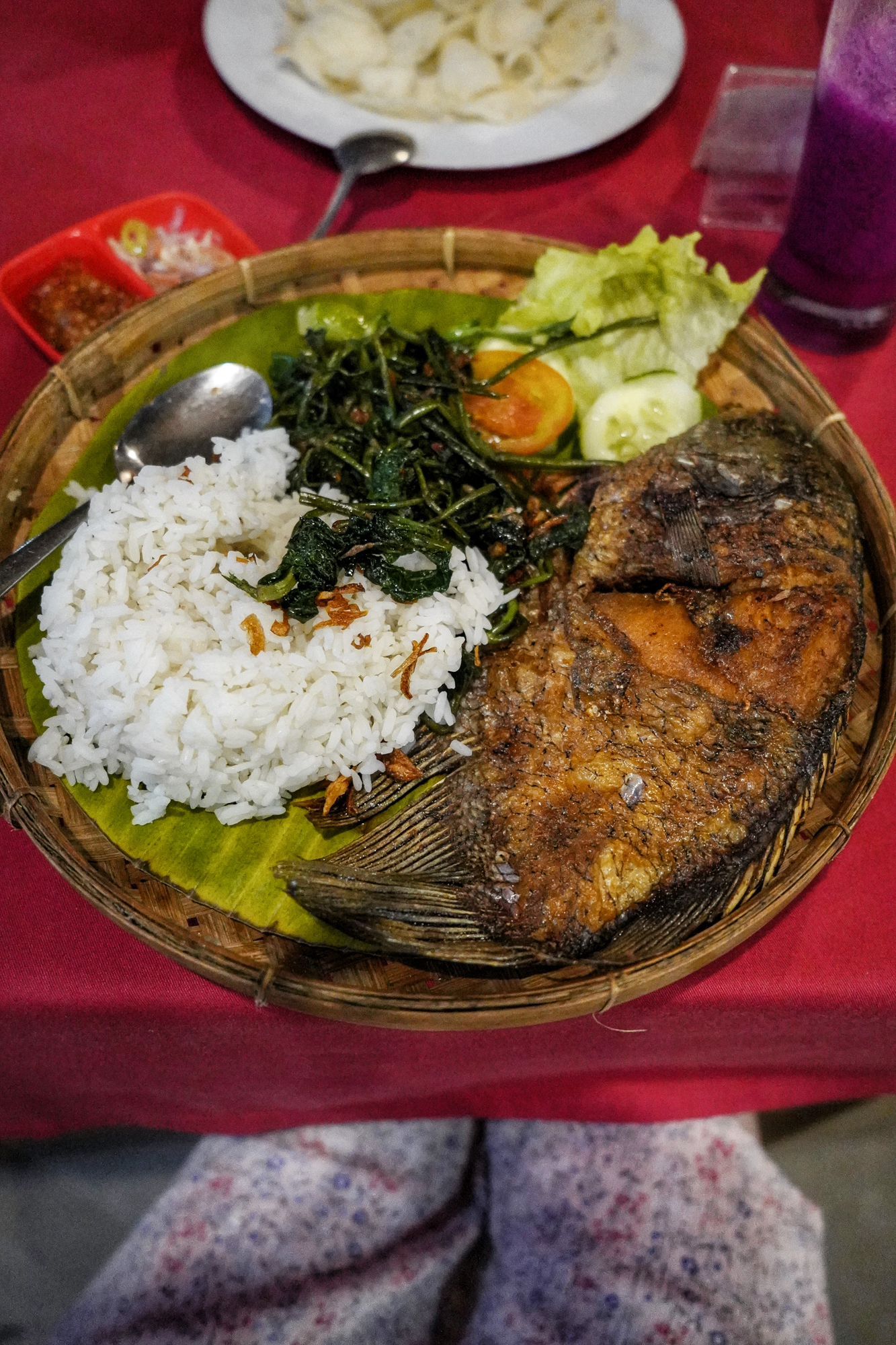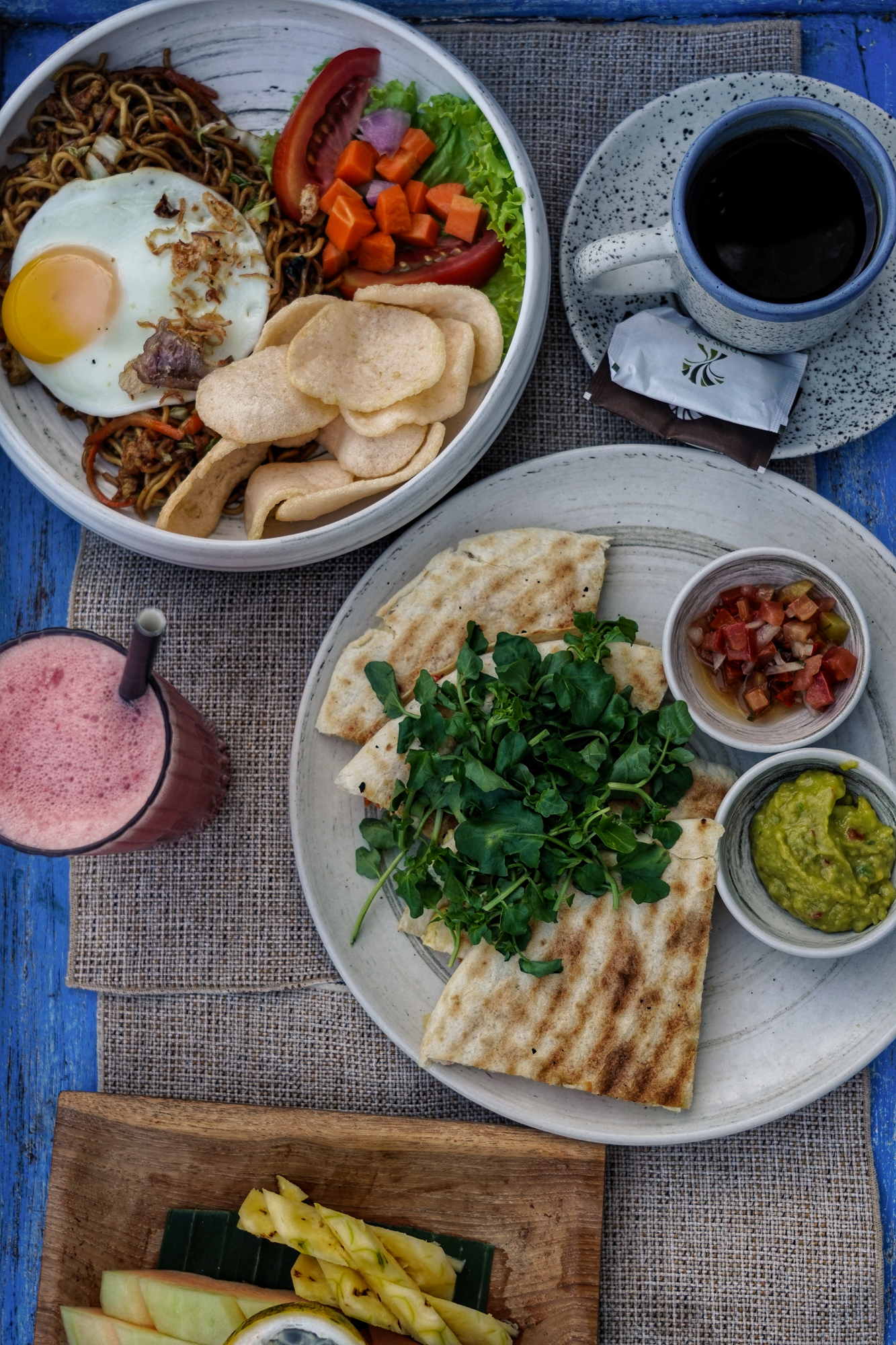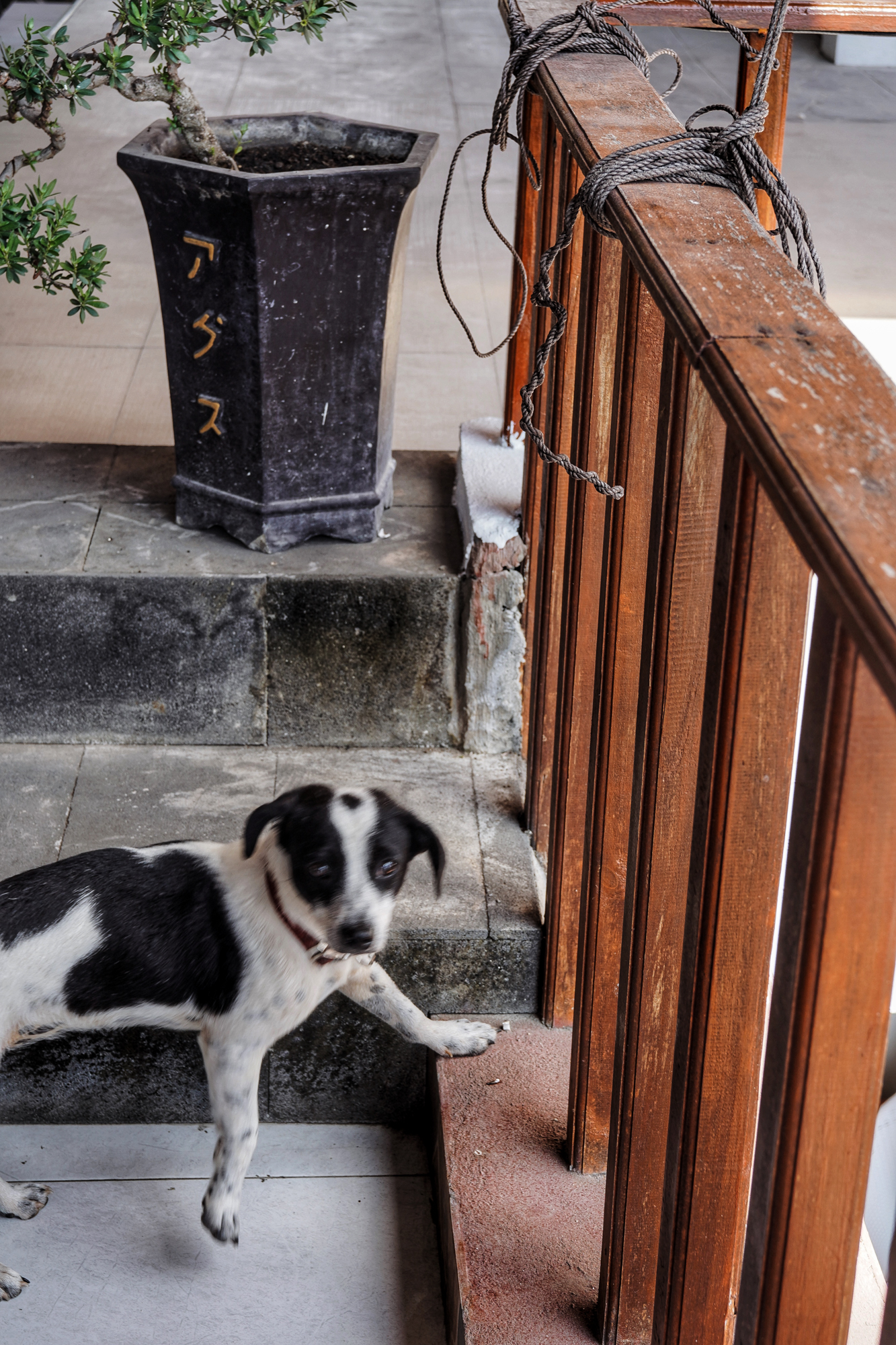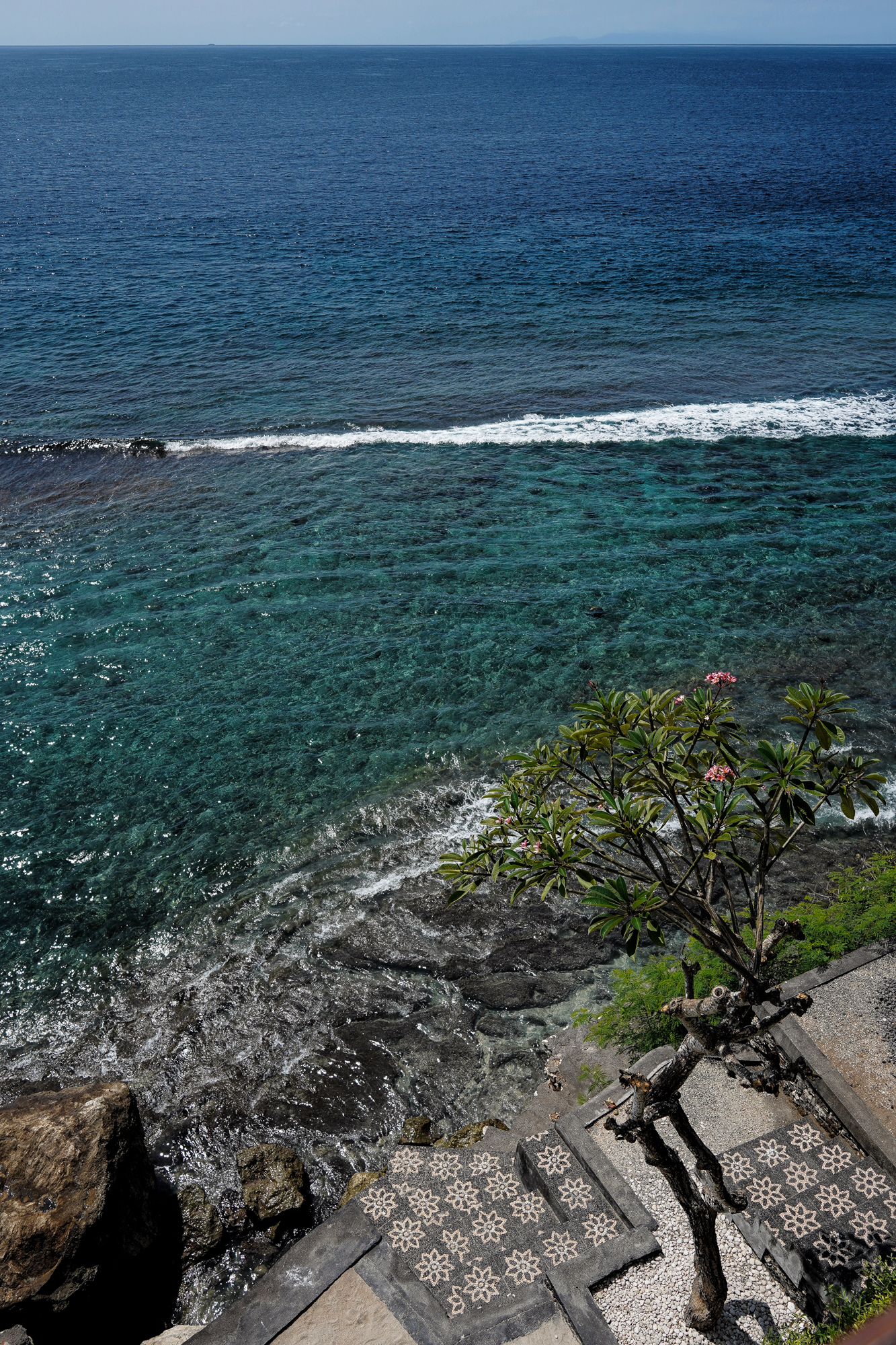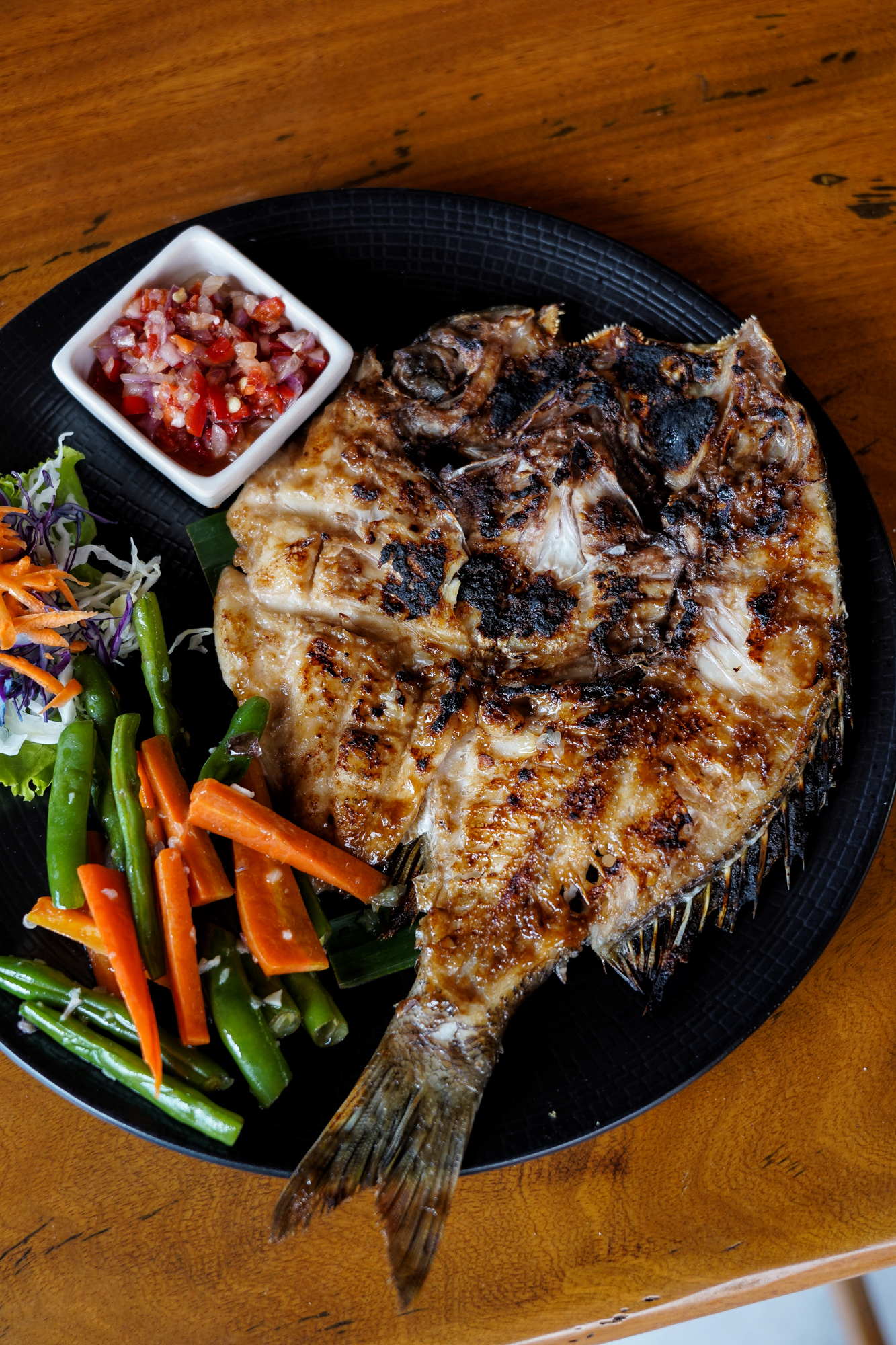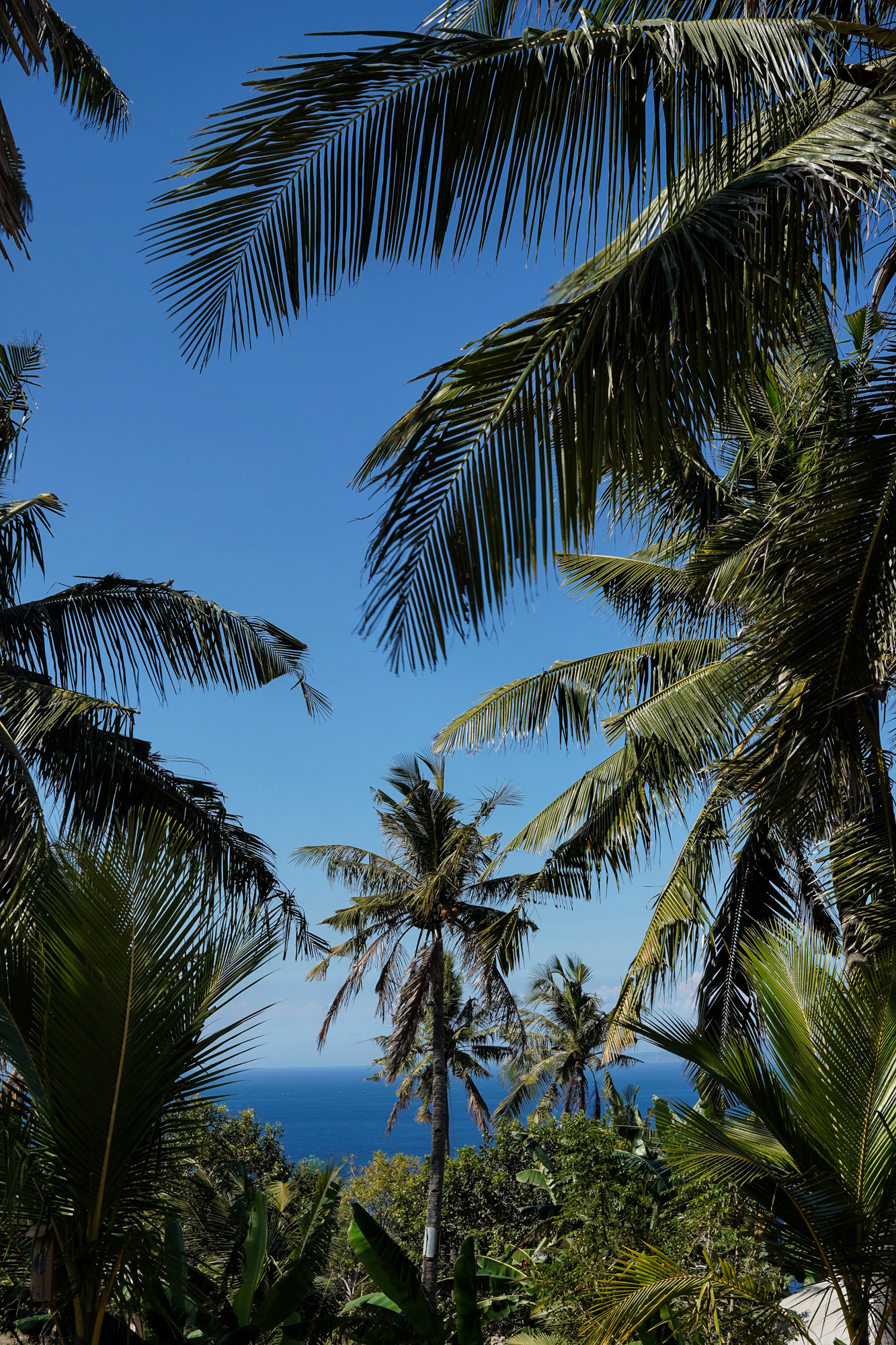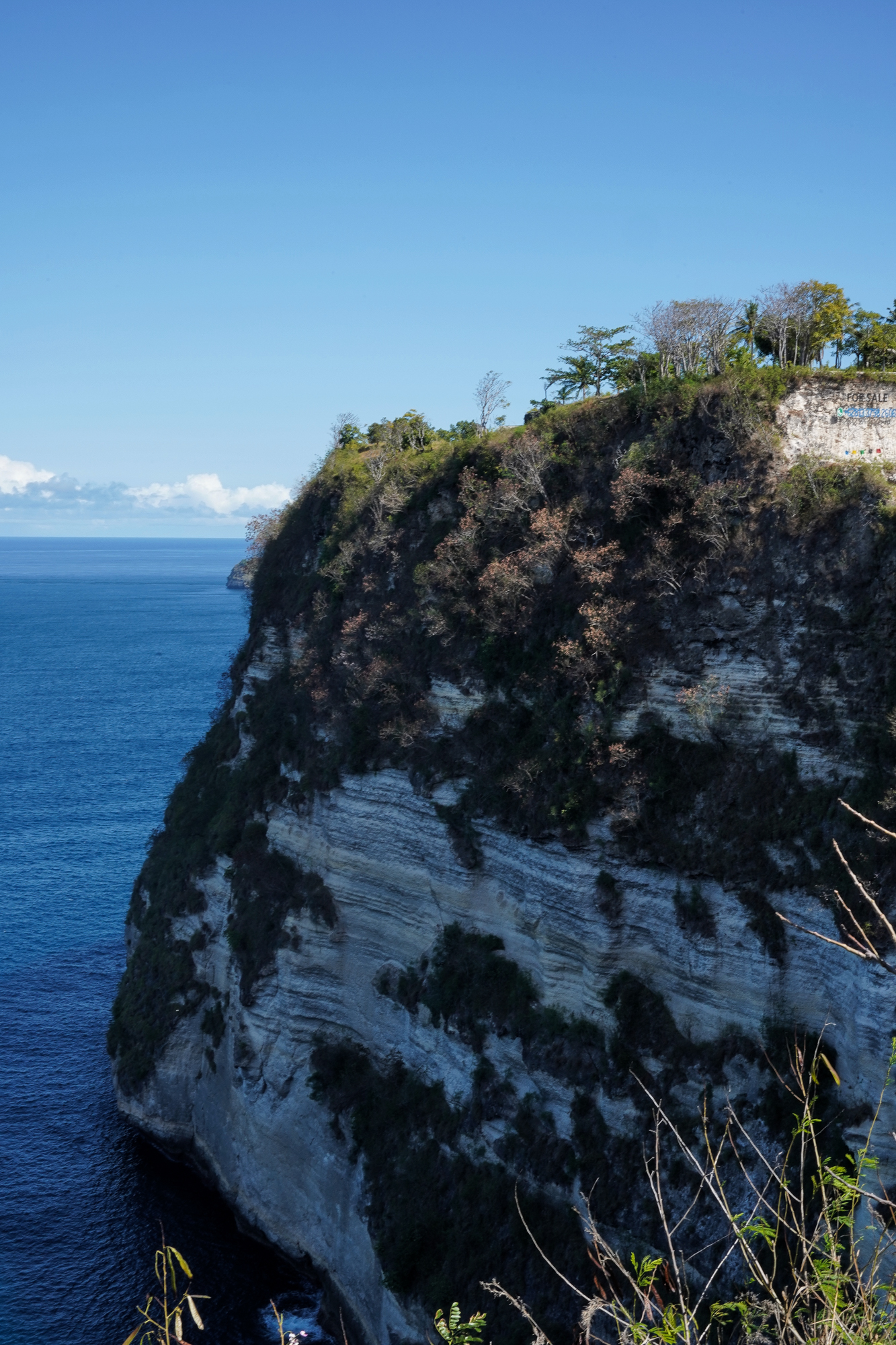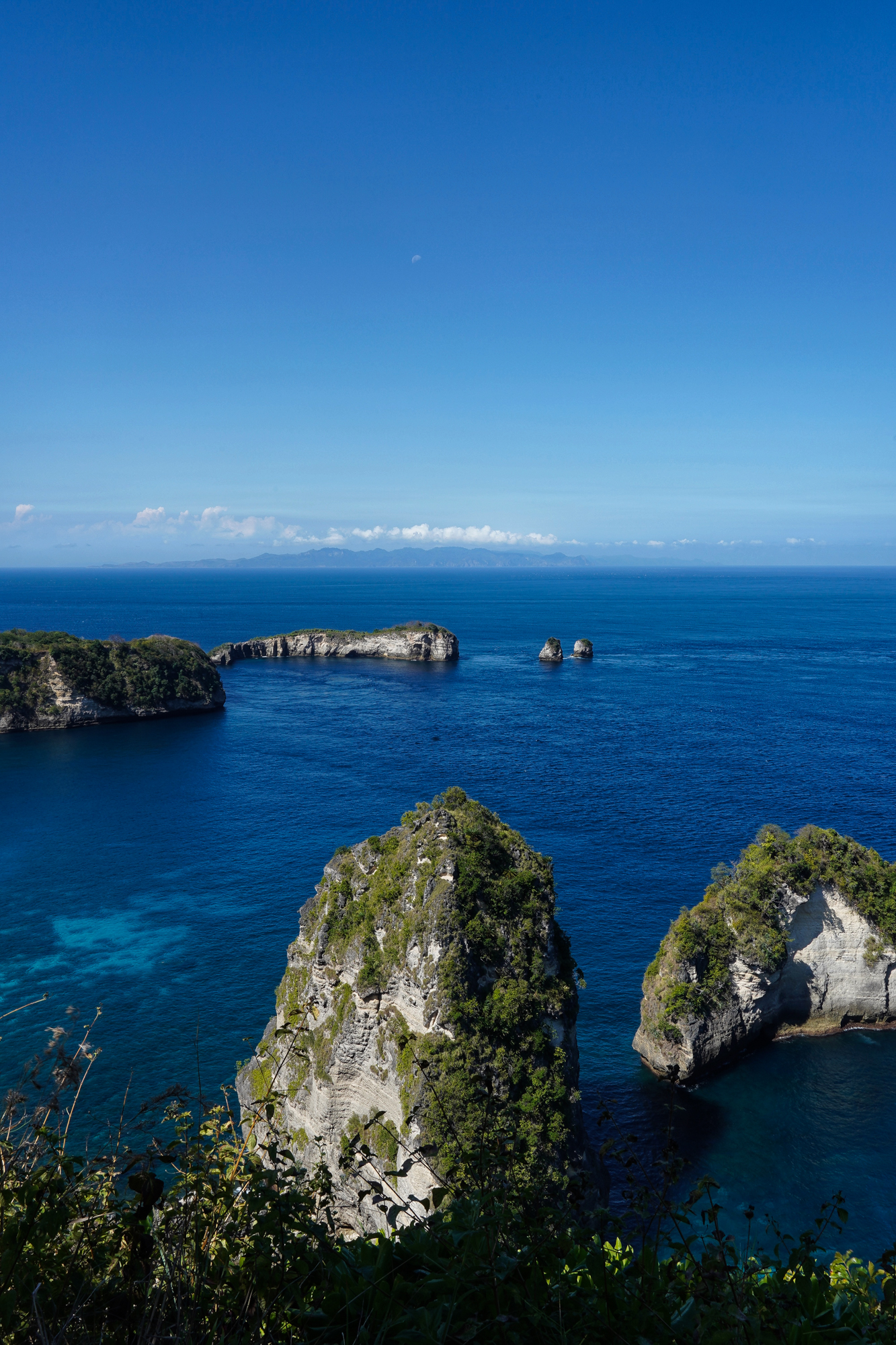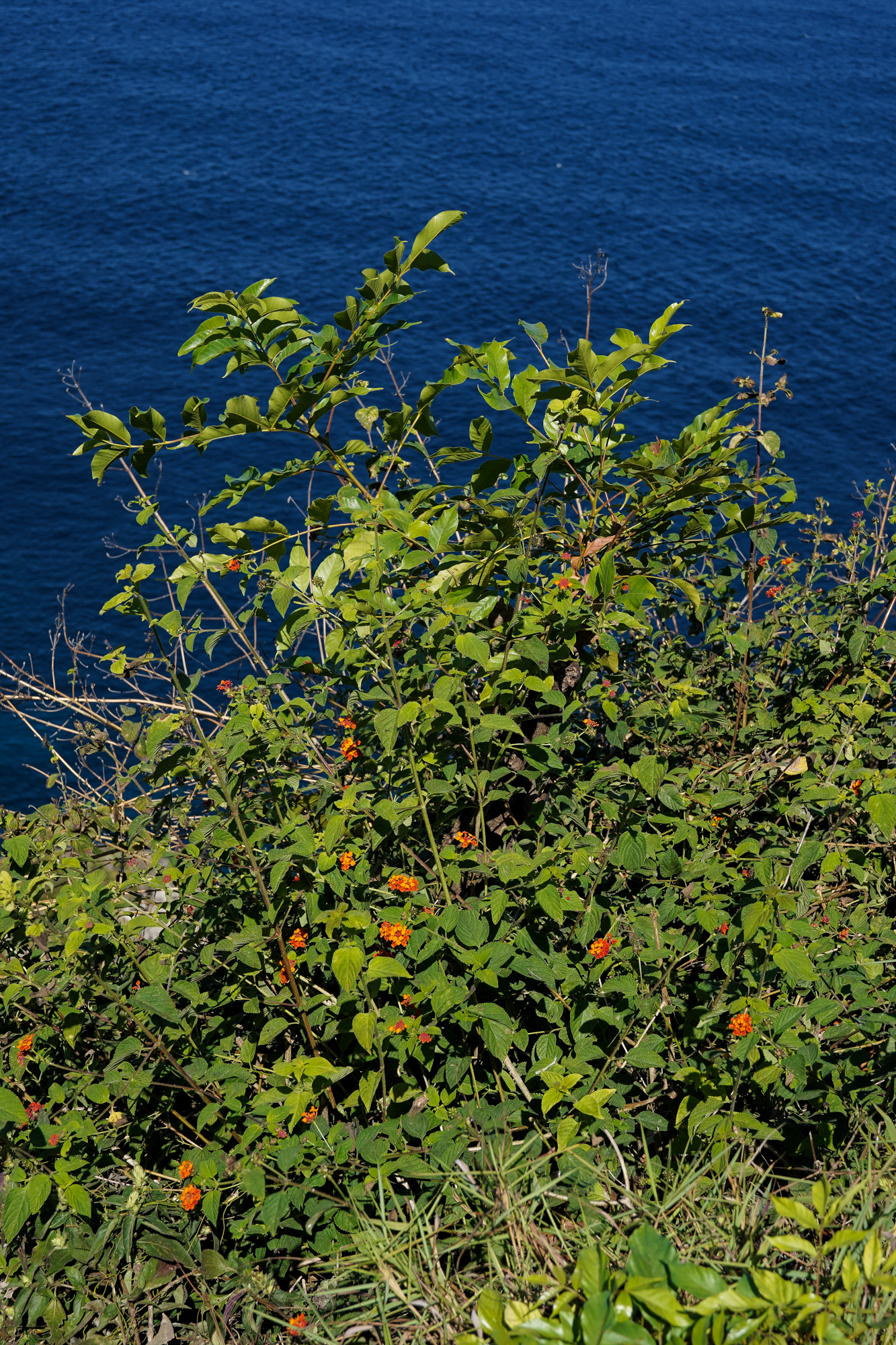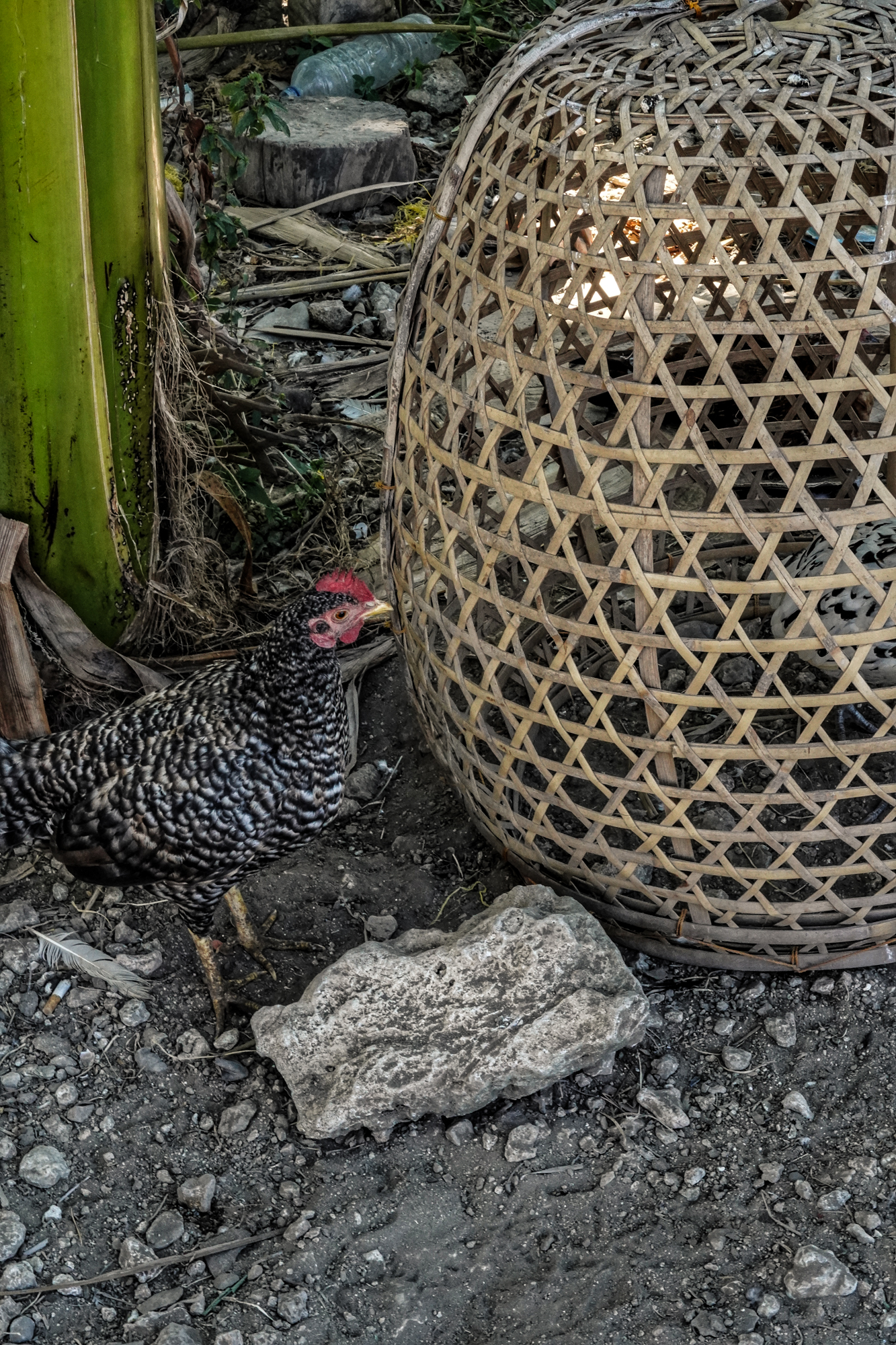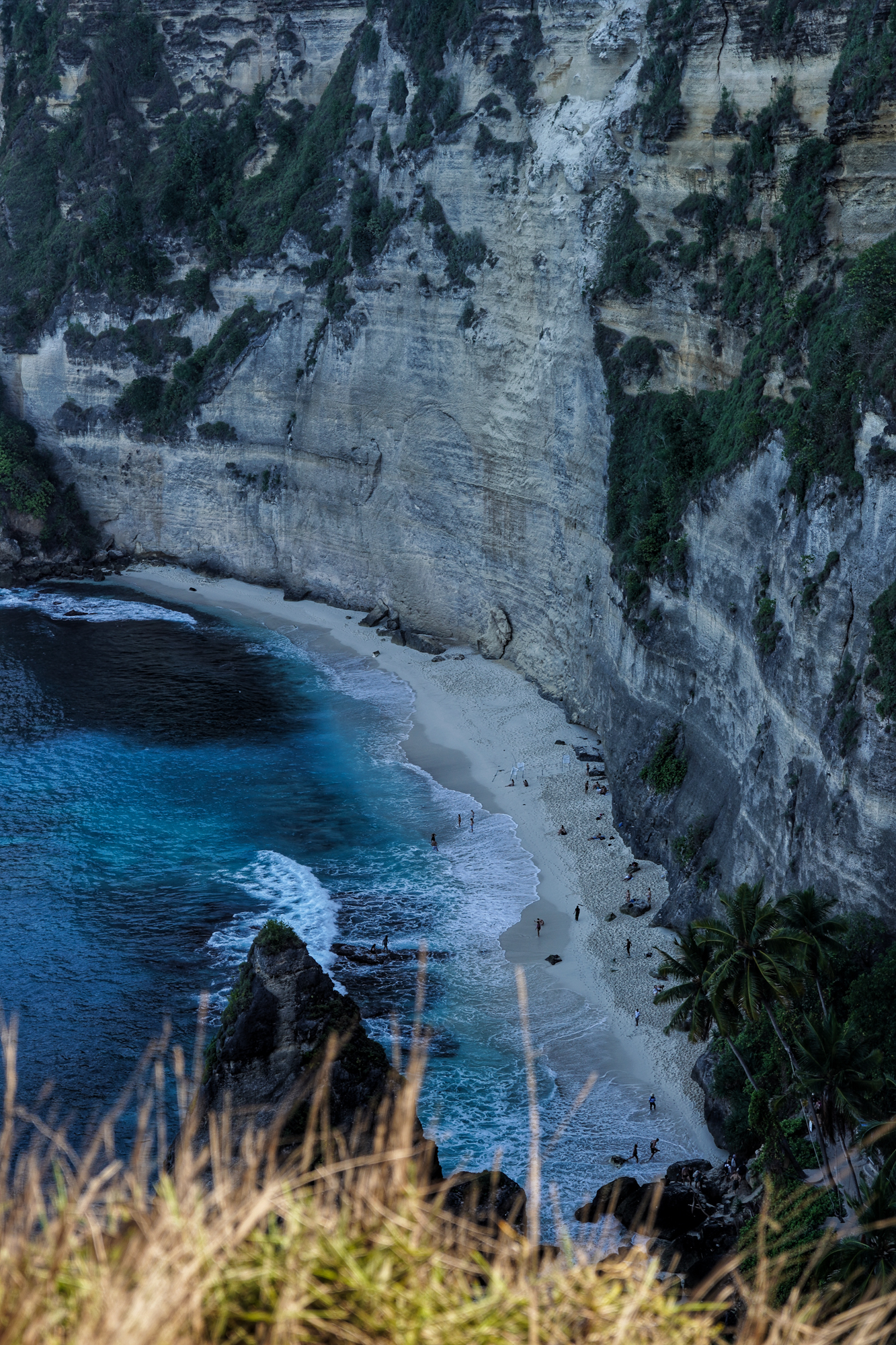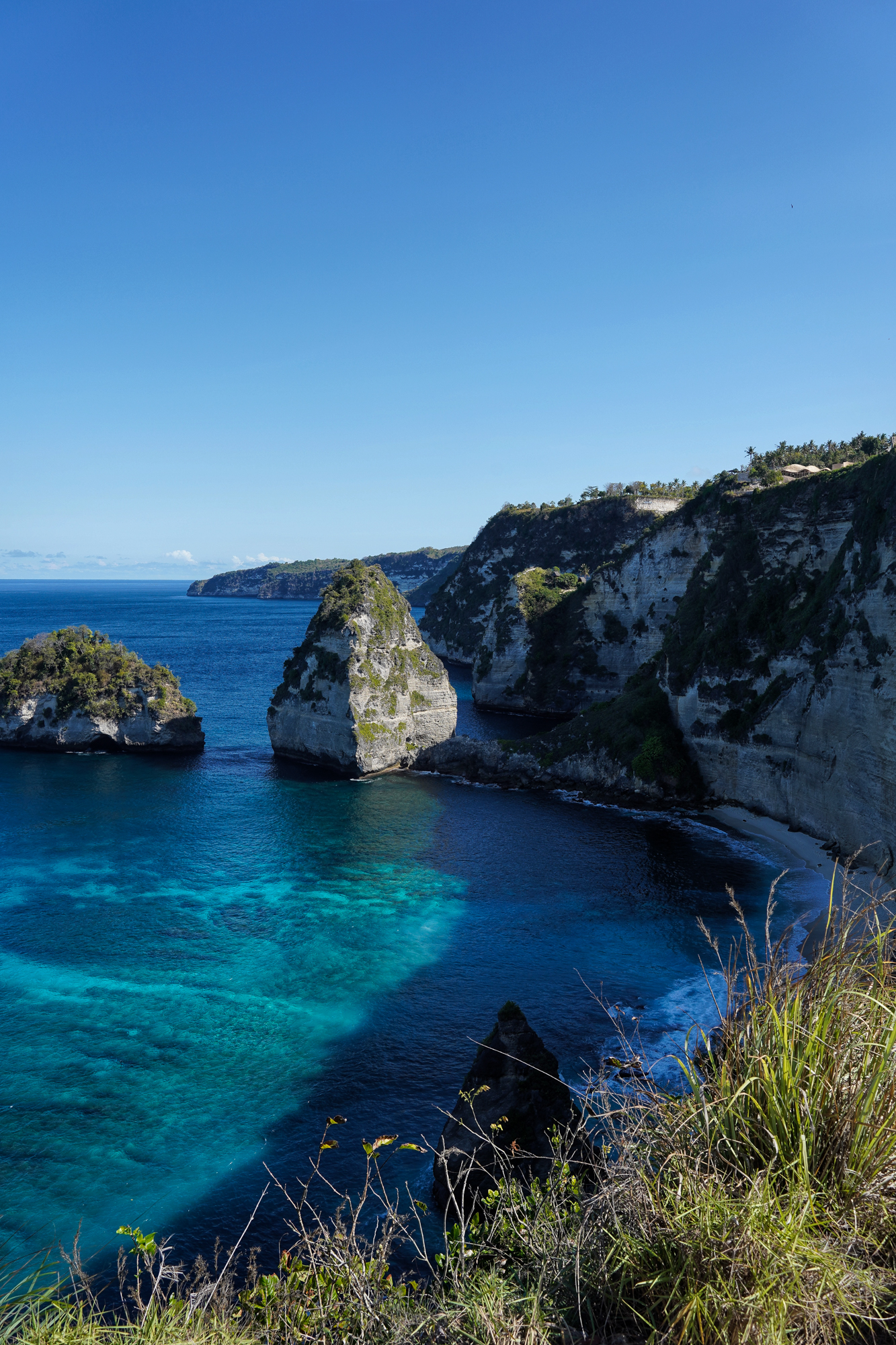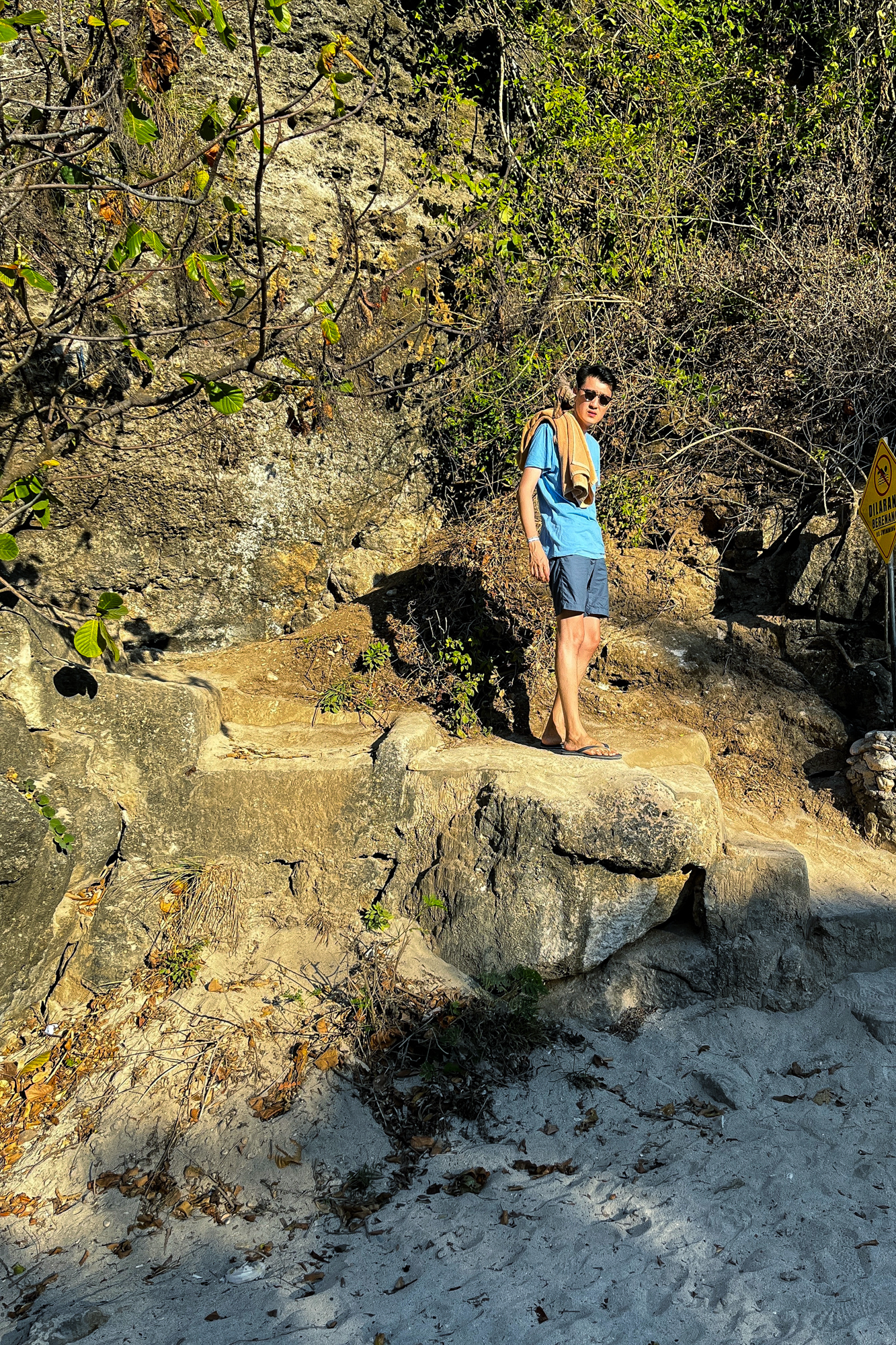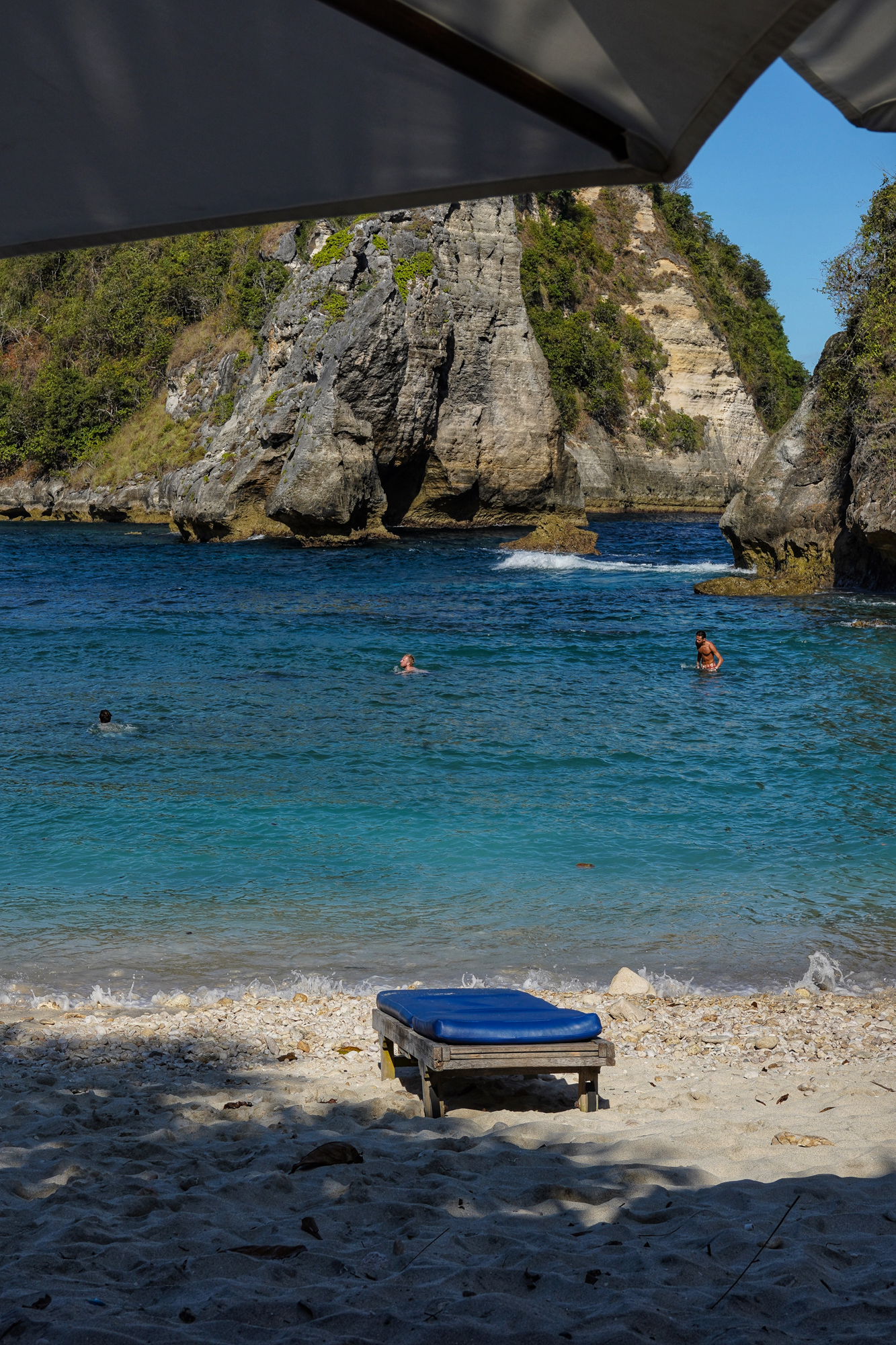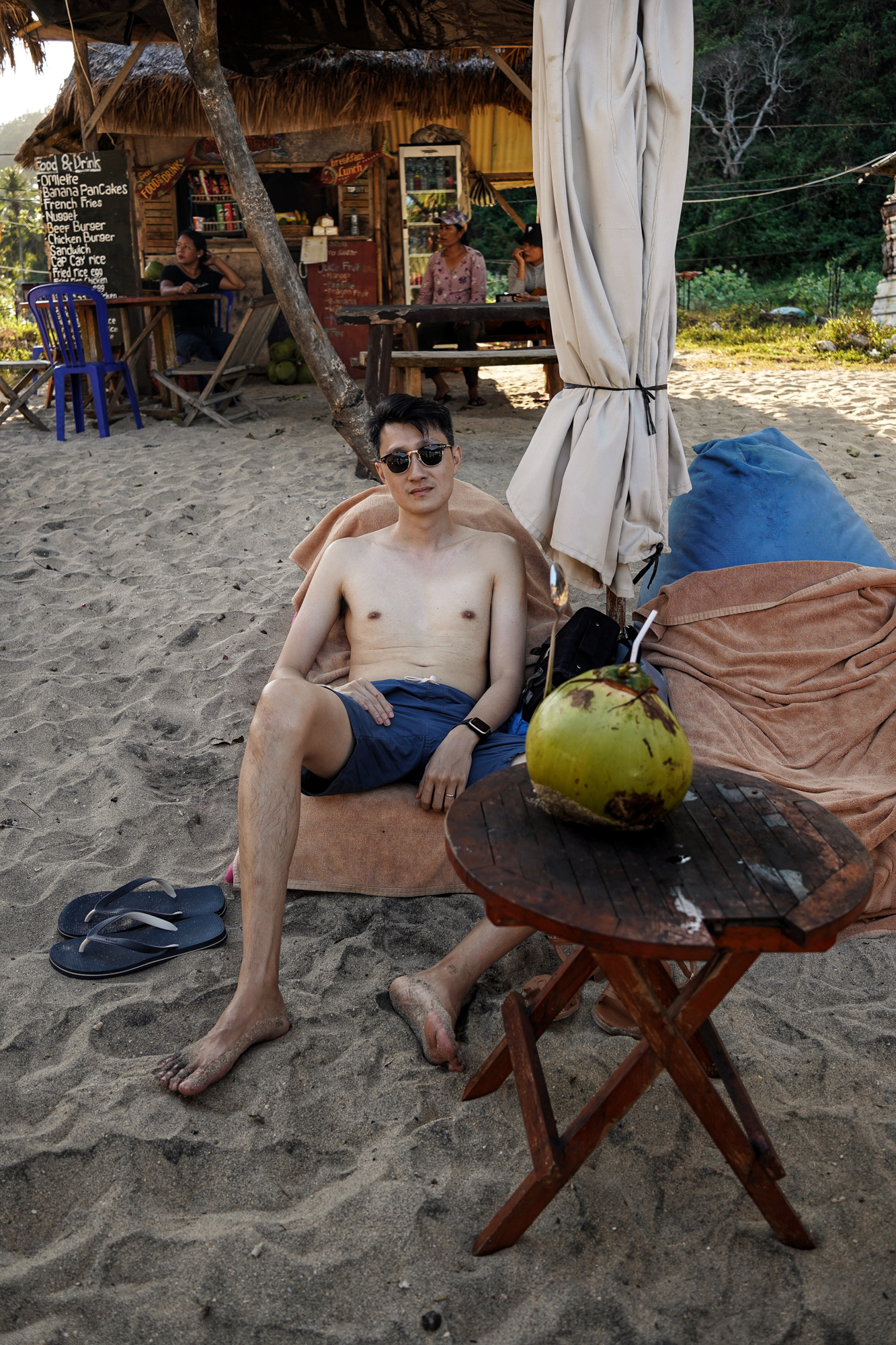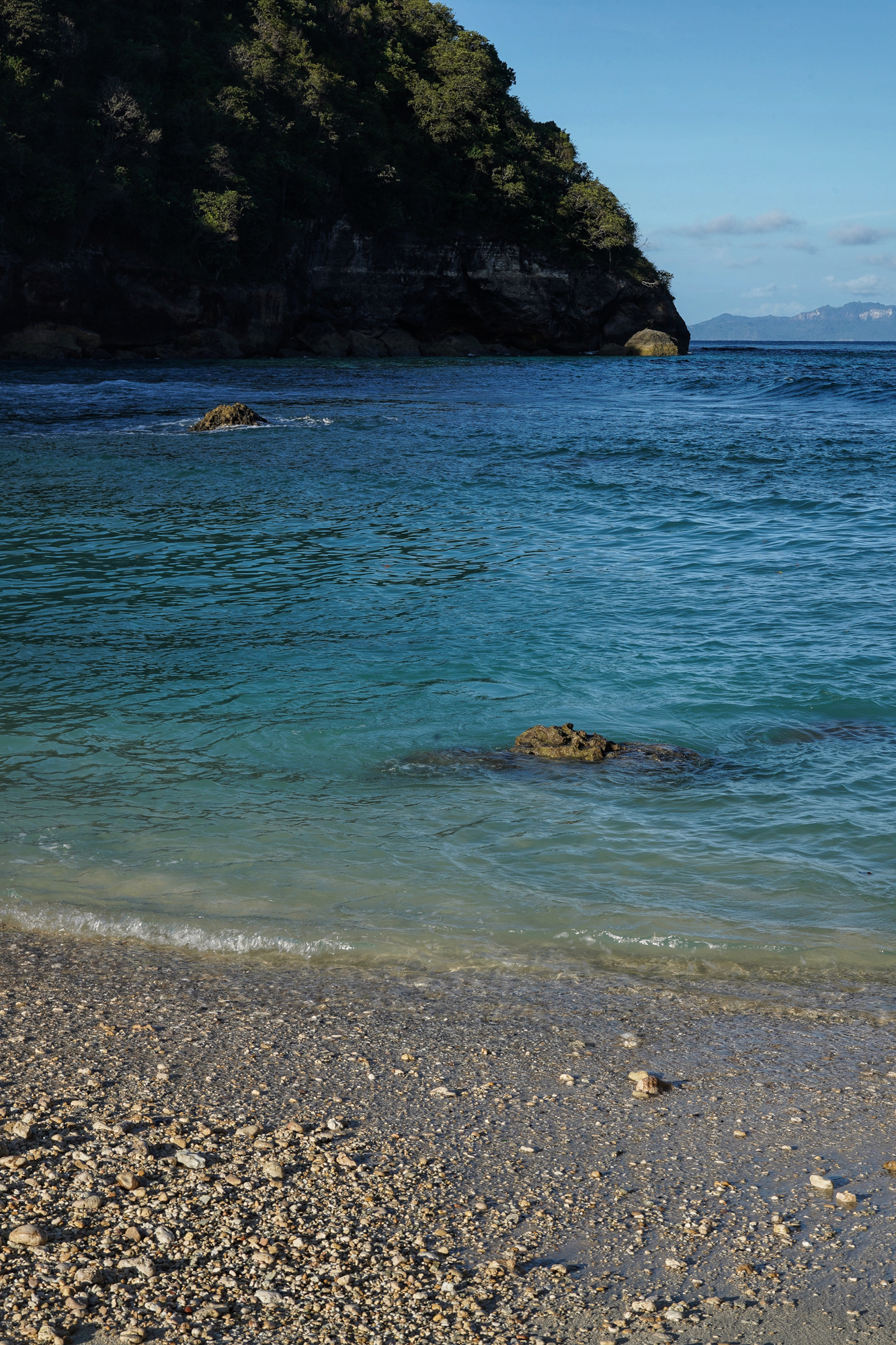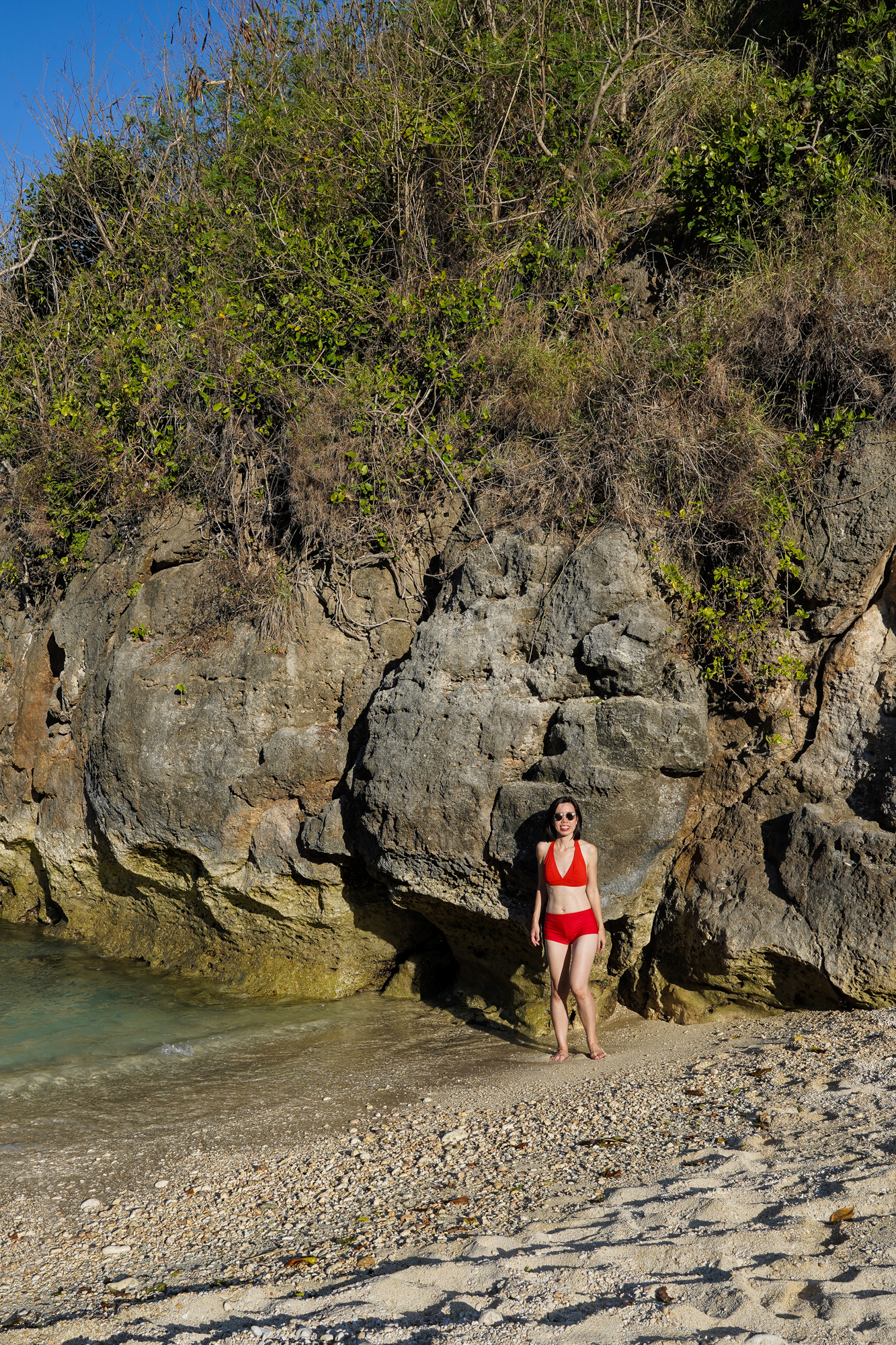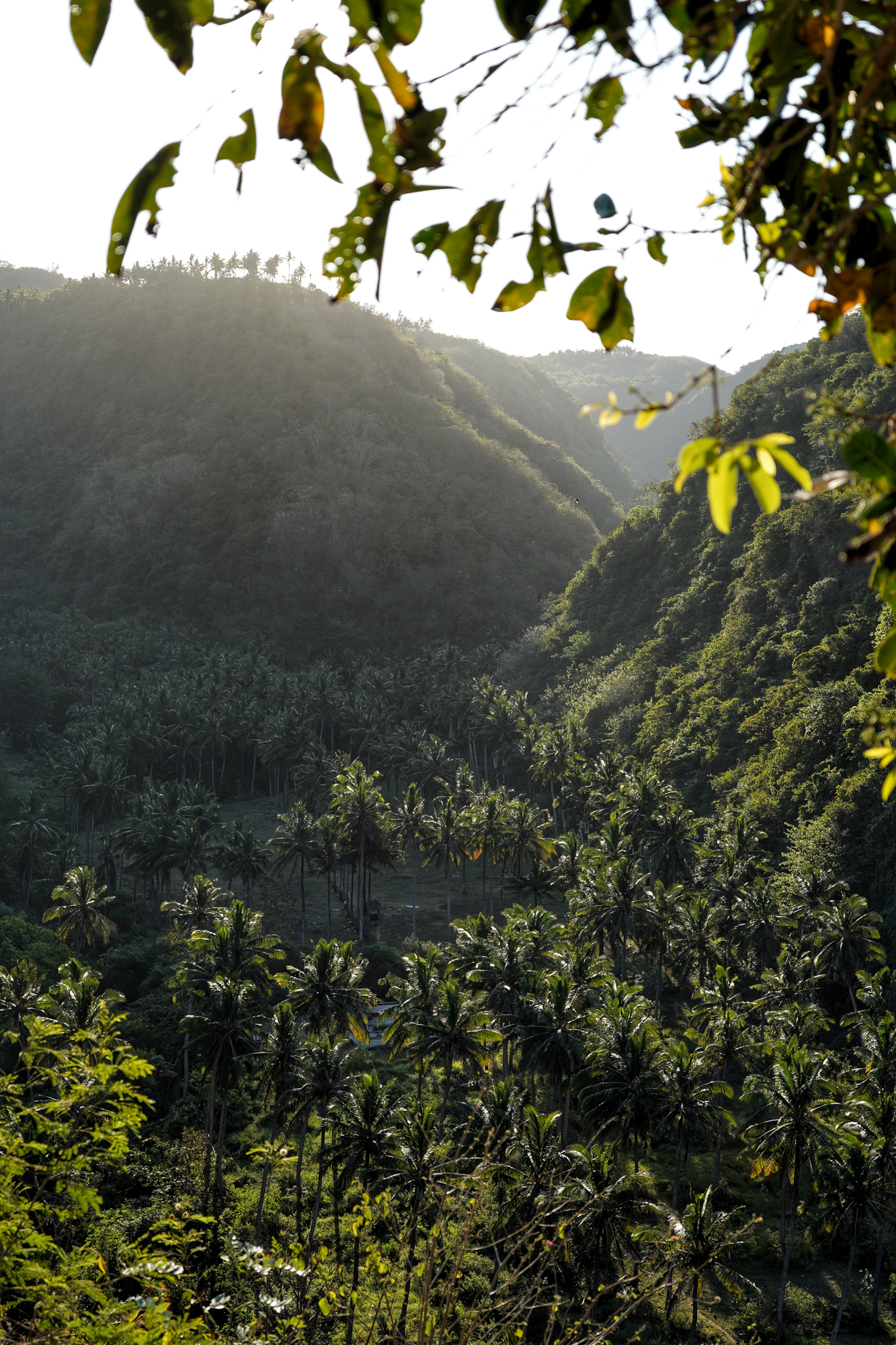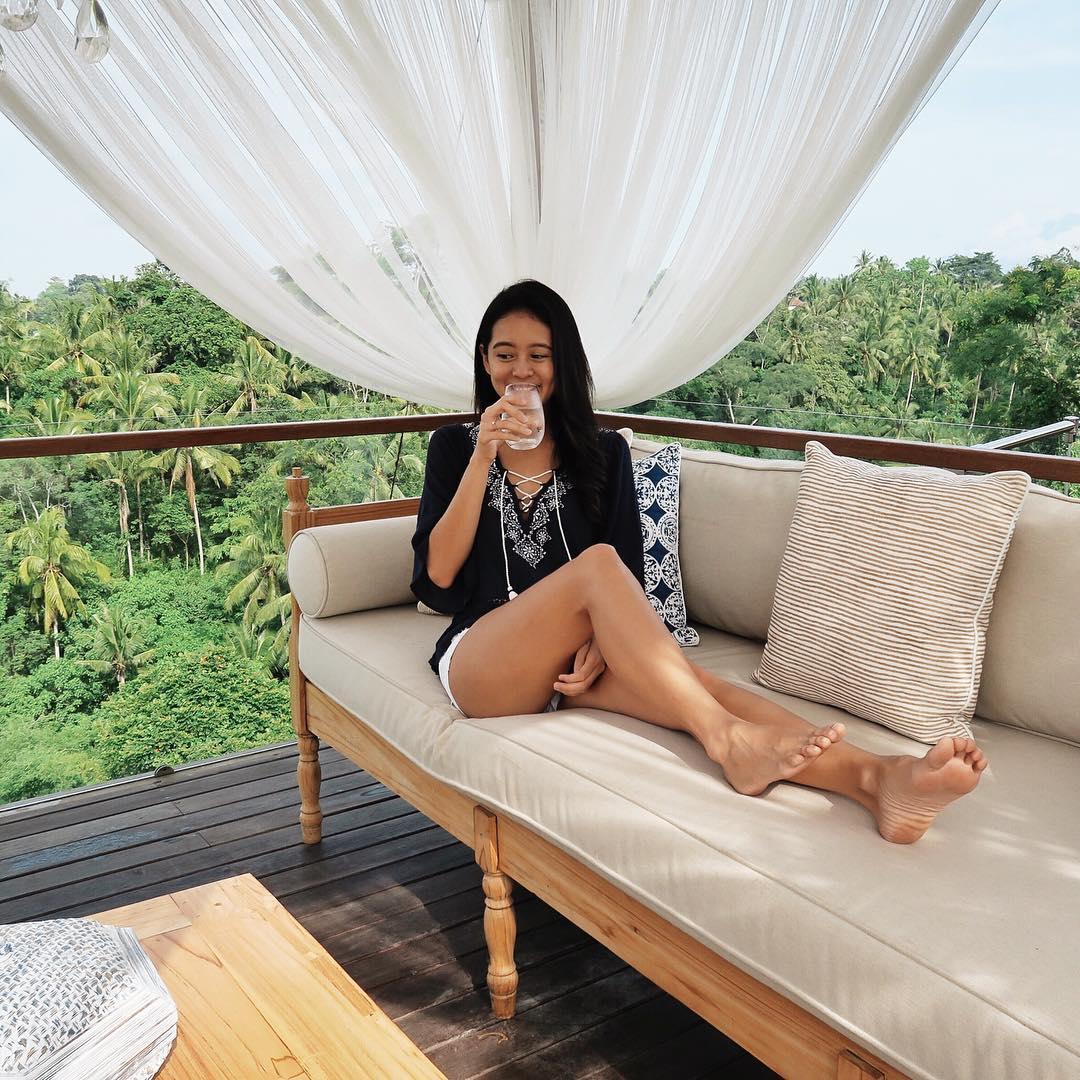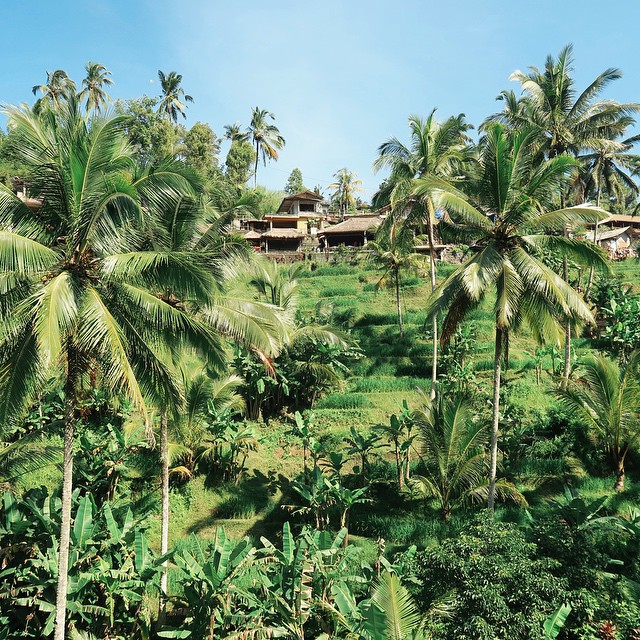If Ubud were a colour, it would be green. A rich, emerald green. Green is everywhere in Ubud. The wild dense jungle. The foliage veiling Leke Leke waterfall. Even the leaf wrapping the coconut rice cakes at Tukies. On any day, a mist rises from the layers of leaves that shroud Ubud in textures of green like a whispered secret.

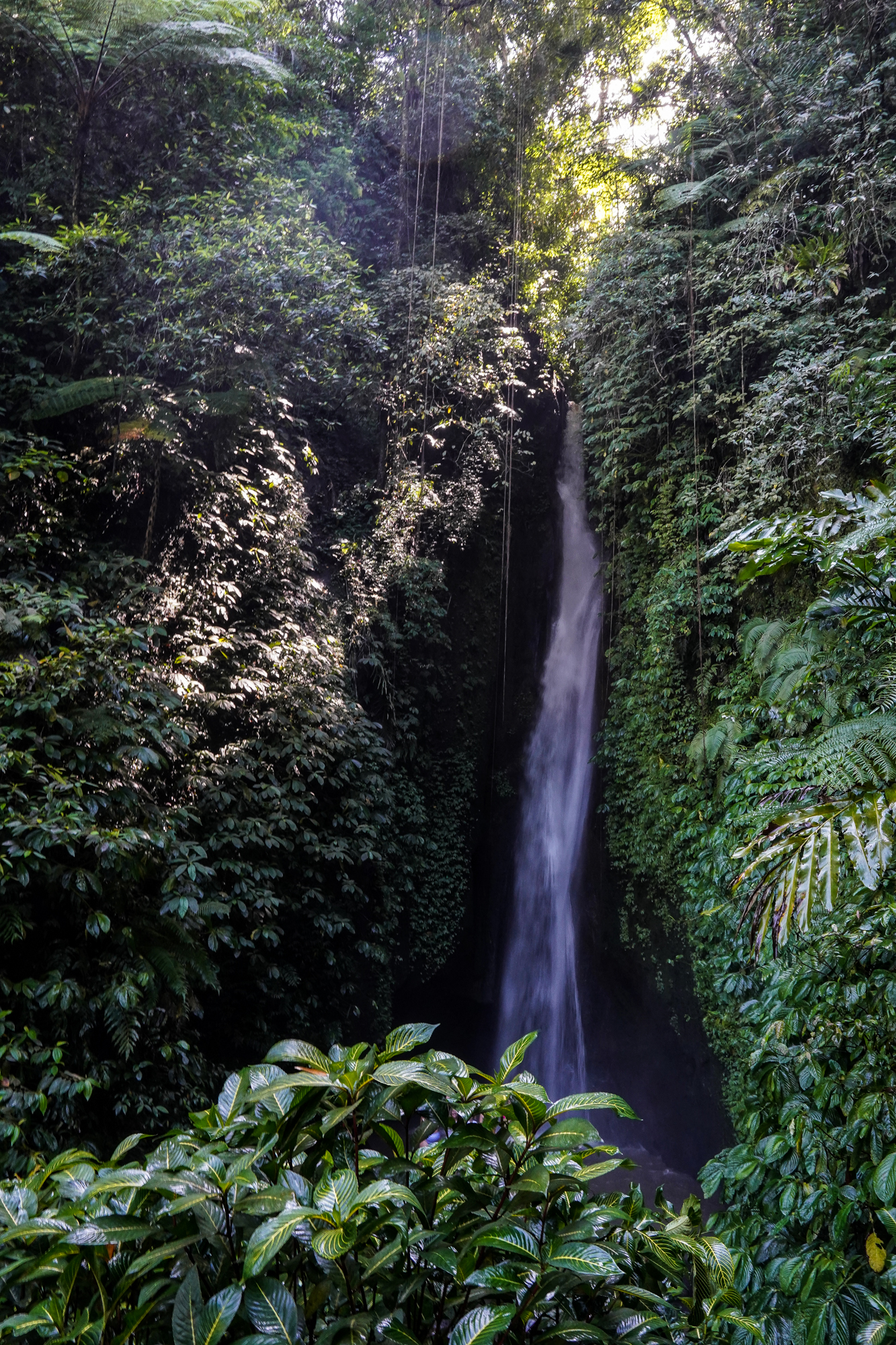
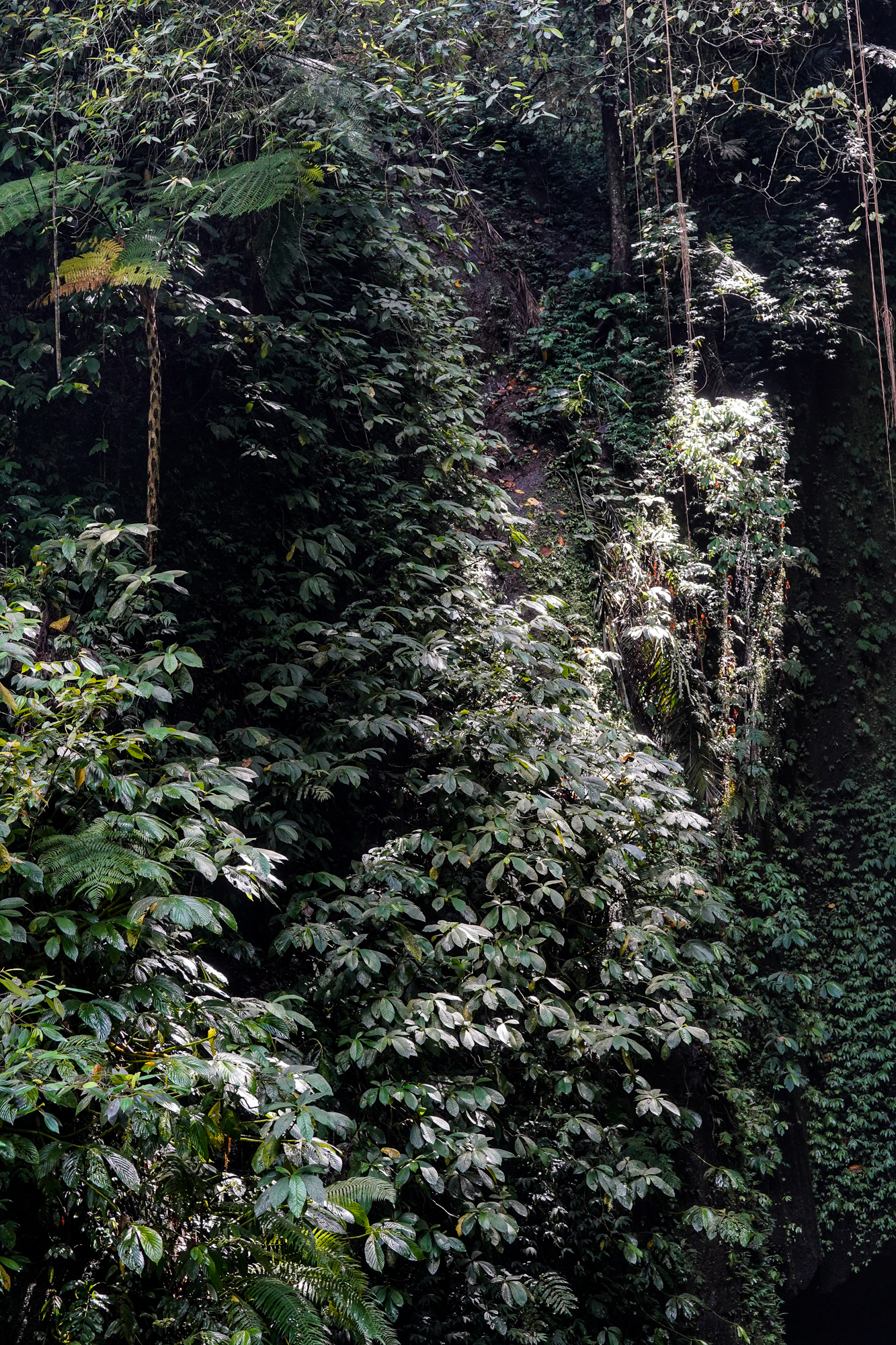
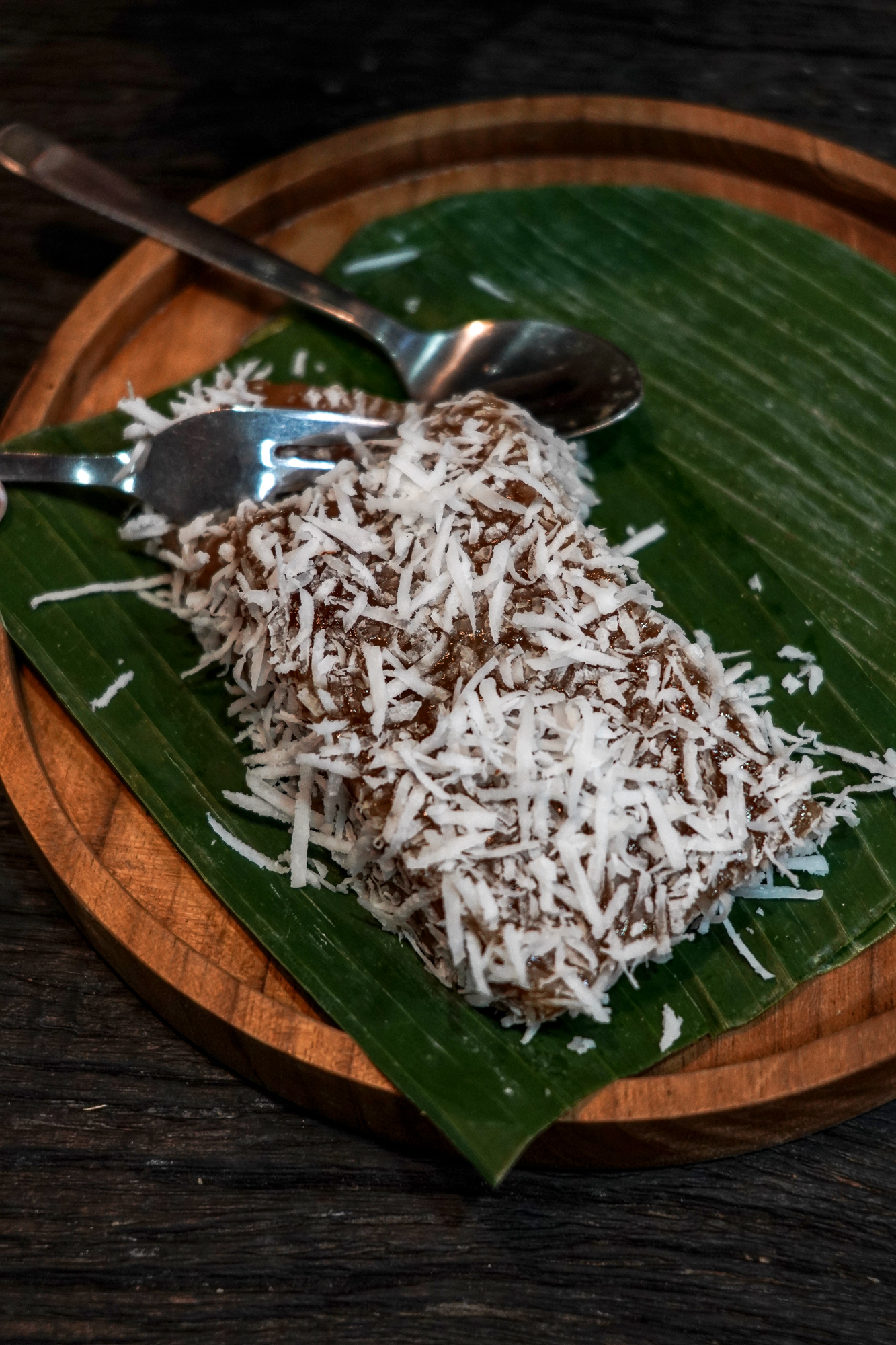
UBUD
For years, I have been fascinated with Ubud. It is the cultural heart of Bali. A place that sings its praises rather than imitate something foreign. This is especially so for the food which I can’t stop waxing poetic about. Hearing this in the car, our driver Ngurah boasts affectionately, “We Balinese are very proud of our land.” And the land is abundant with ingredients that are transformed into an assortment of dishes – coffee and slow cooked pork sandwich at Montana Del Cafe, duck betutu at Murni’s Warung, turmeric rice grilled in banana leaf at Seniman Coffee, oxtail fried rice at Pison, gado gado rolls at D’tukad Coffee Club.
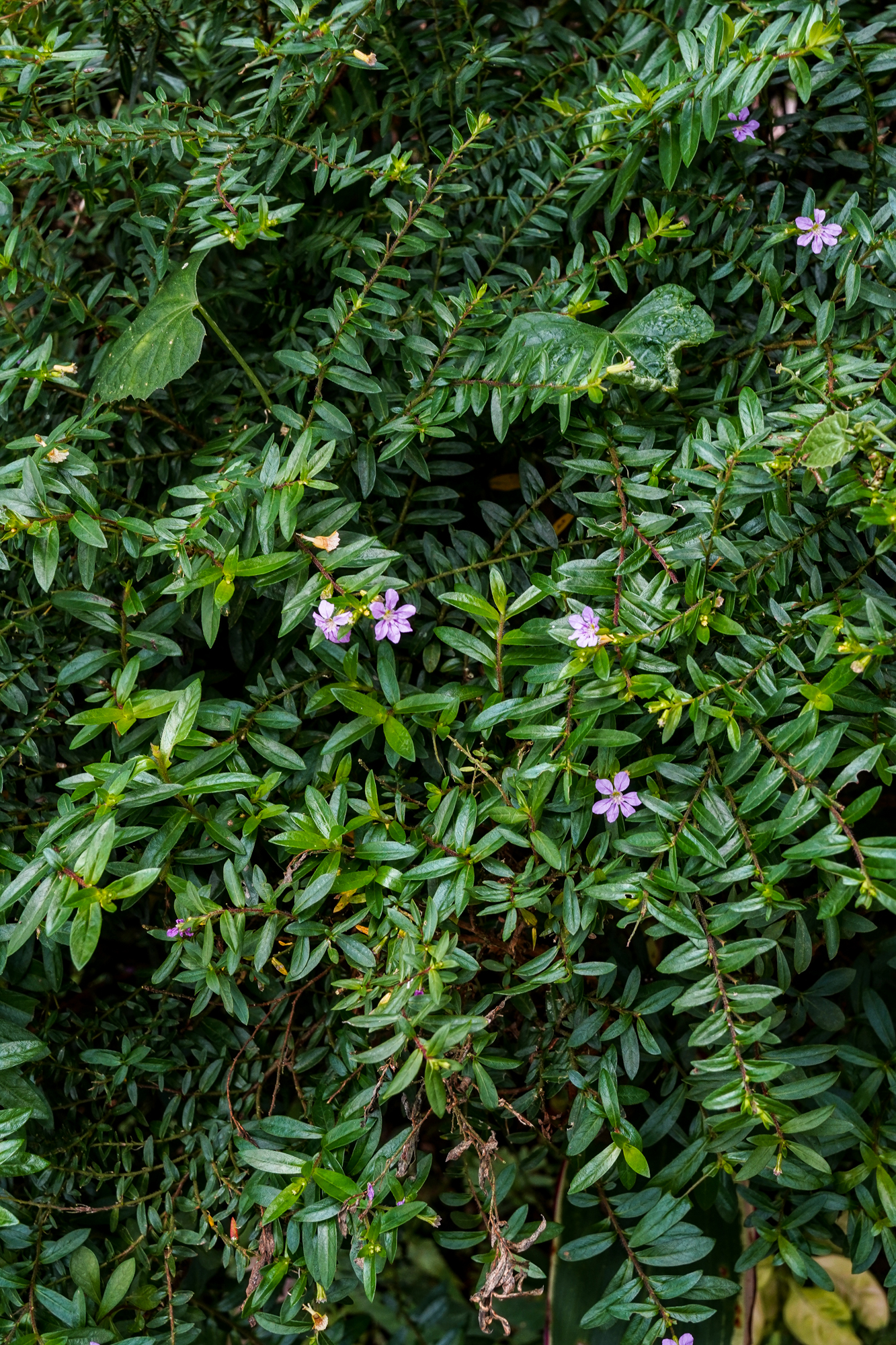
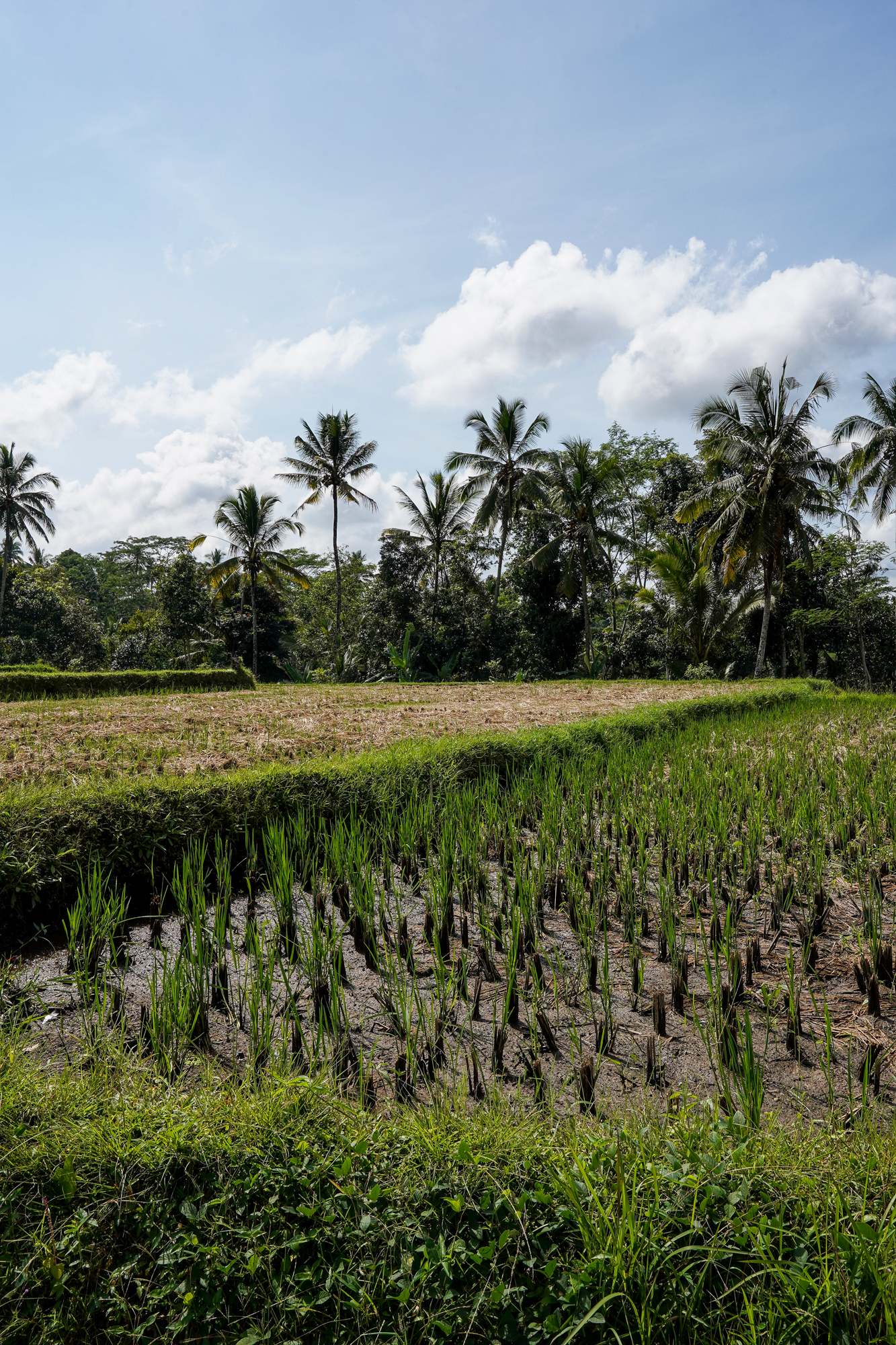
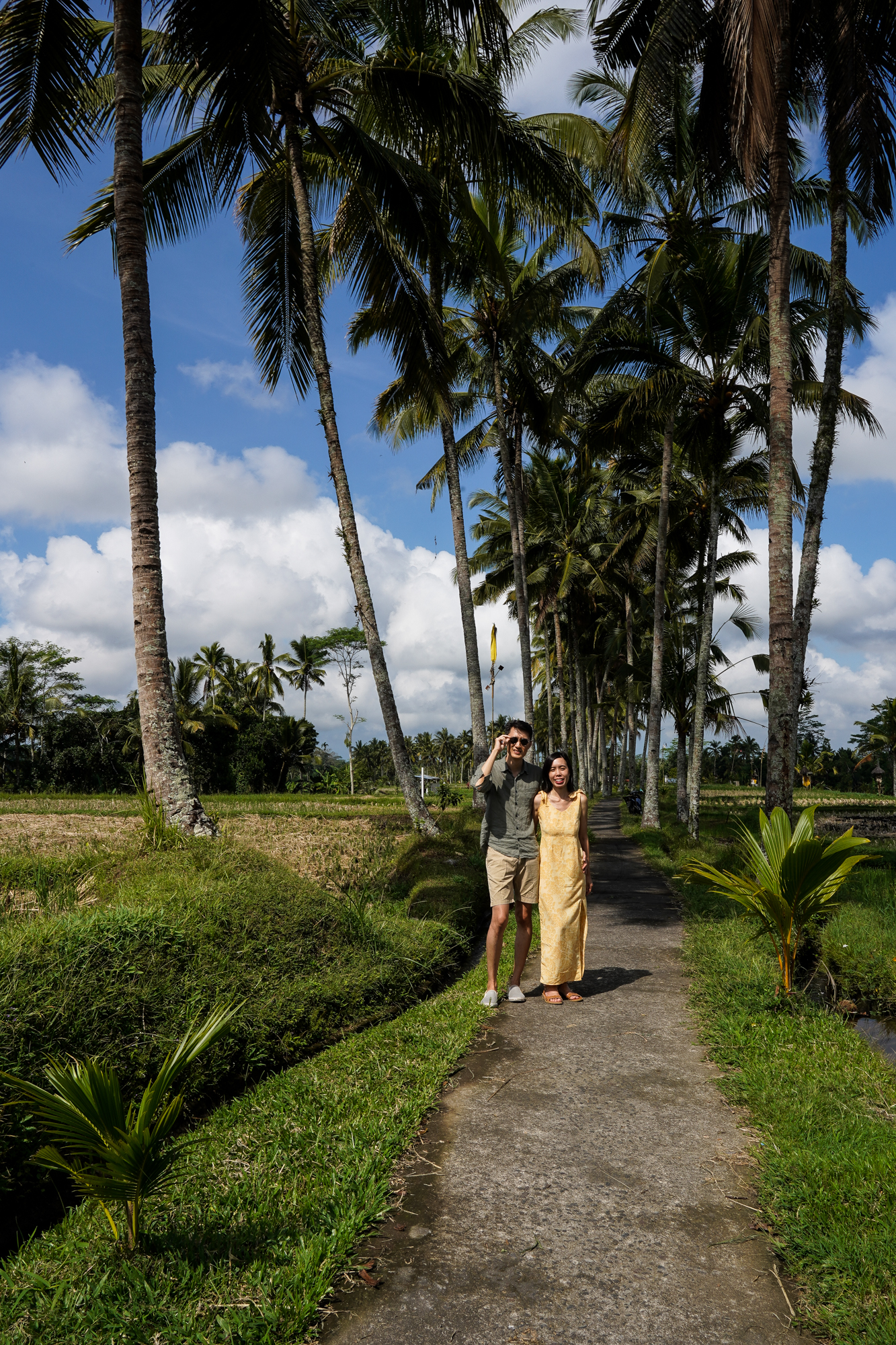
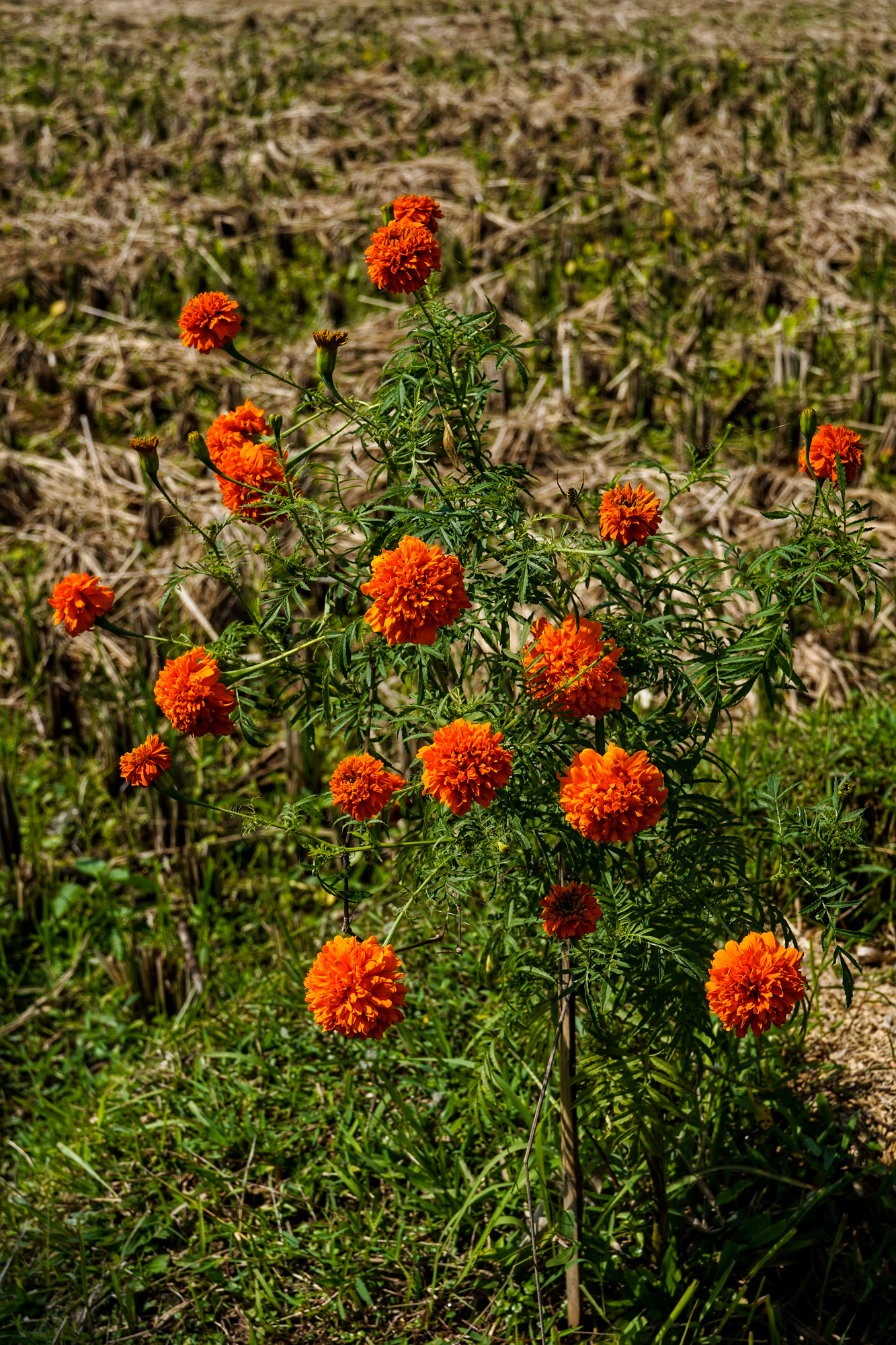
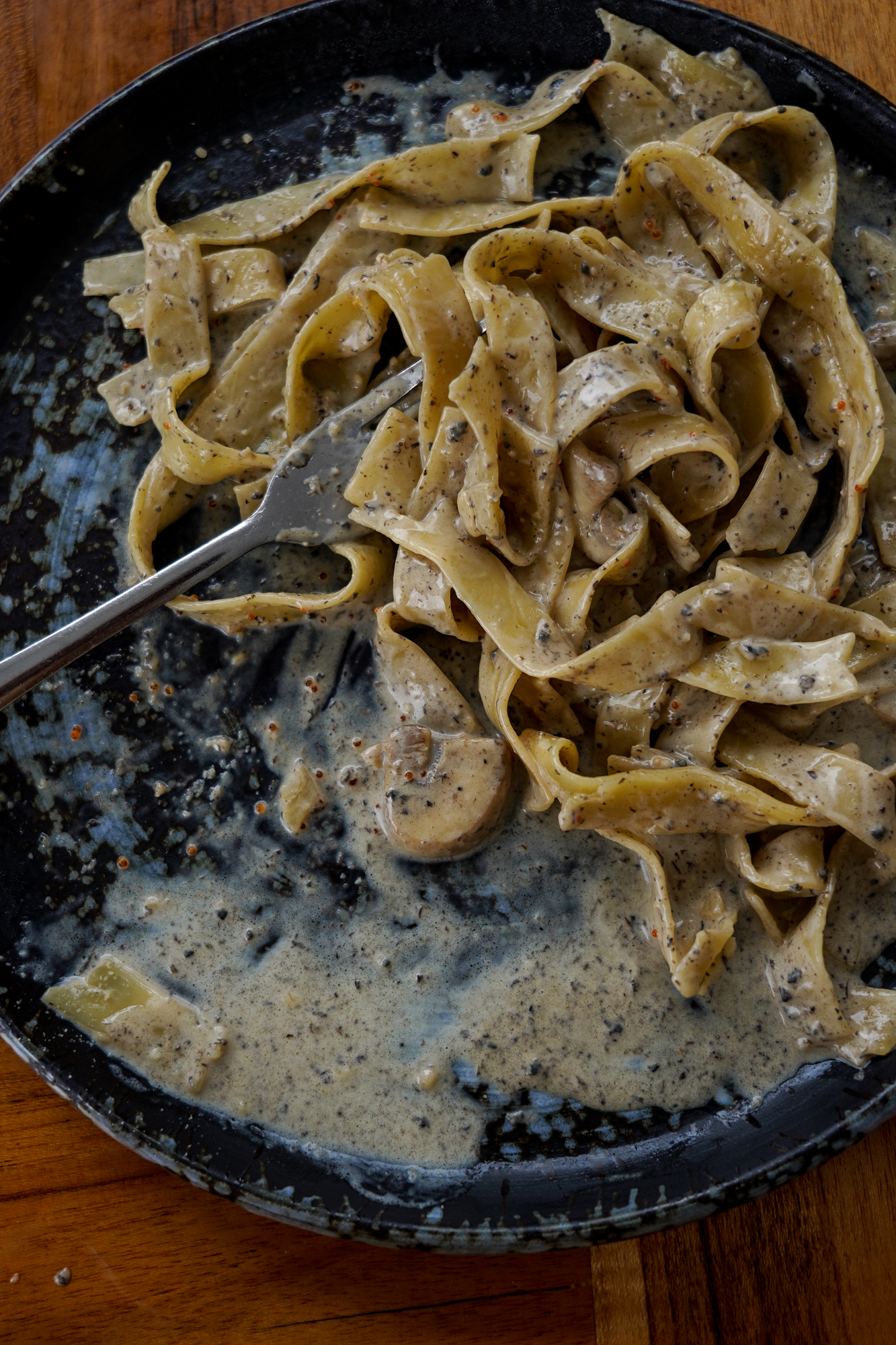


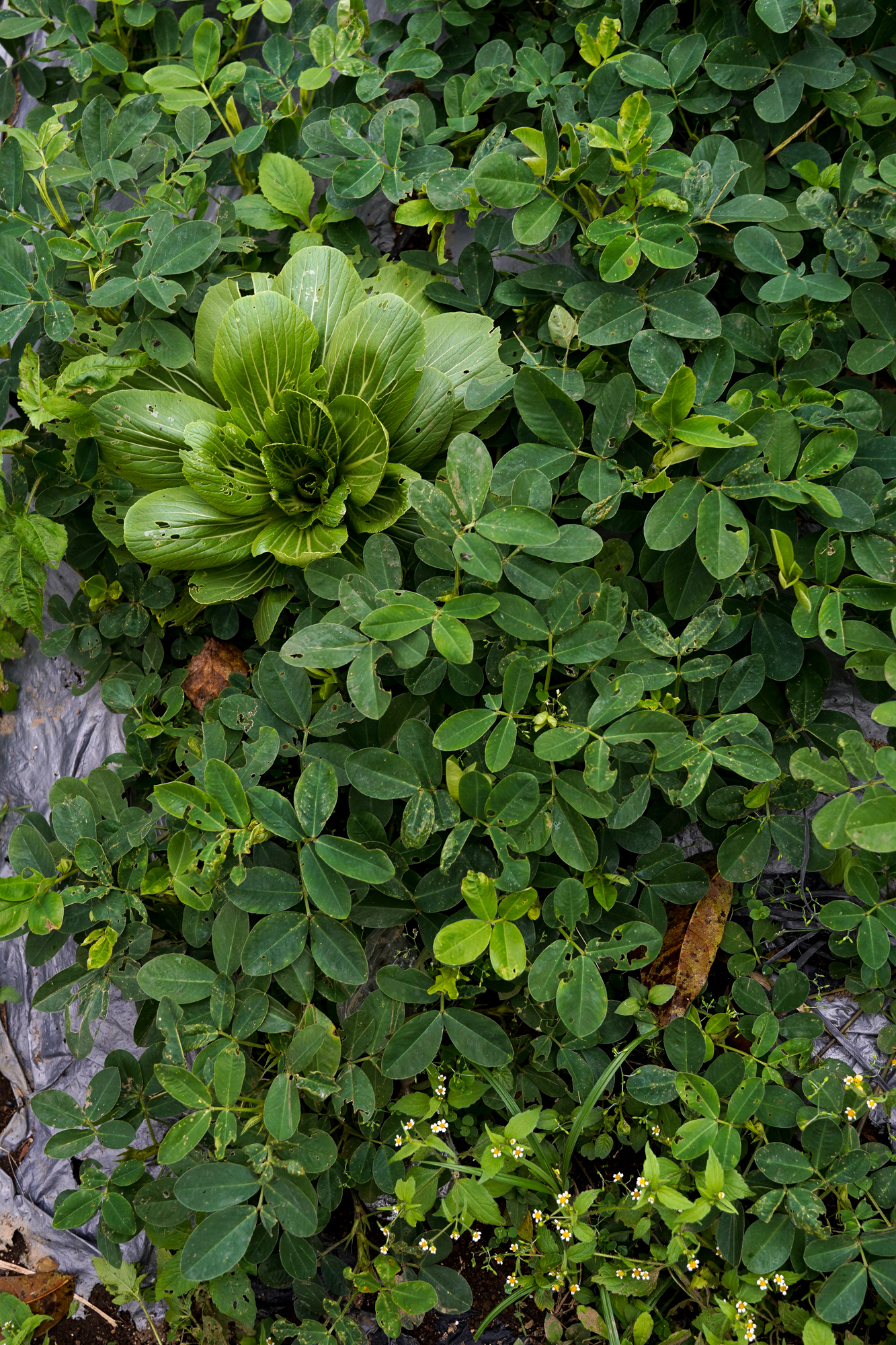
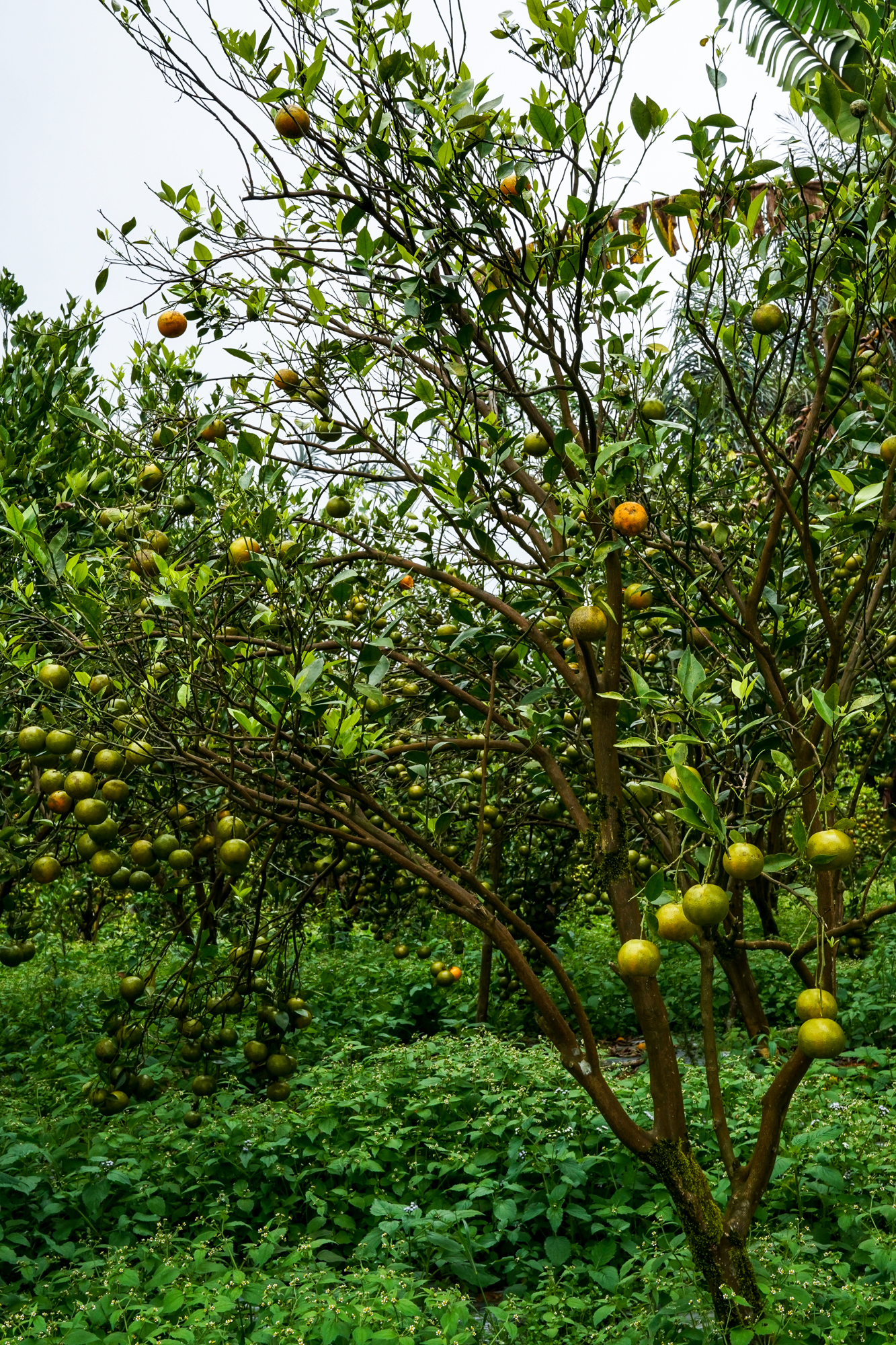
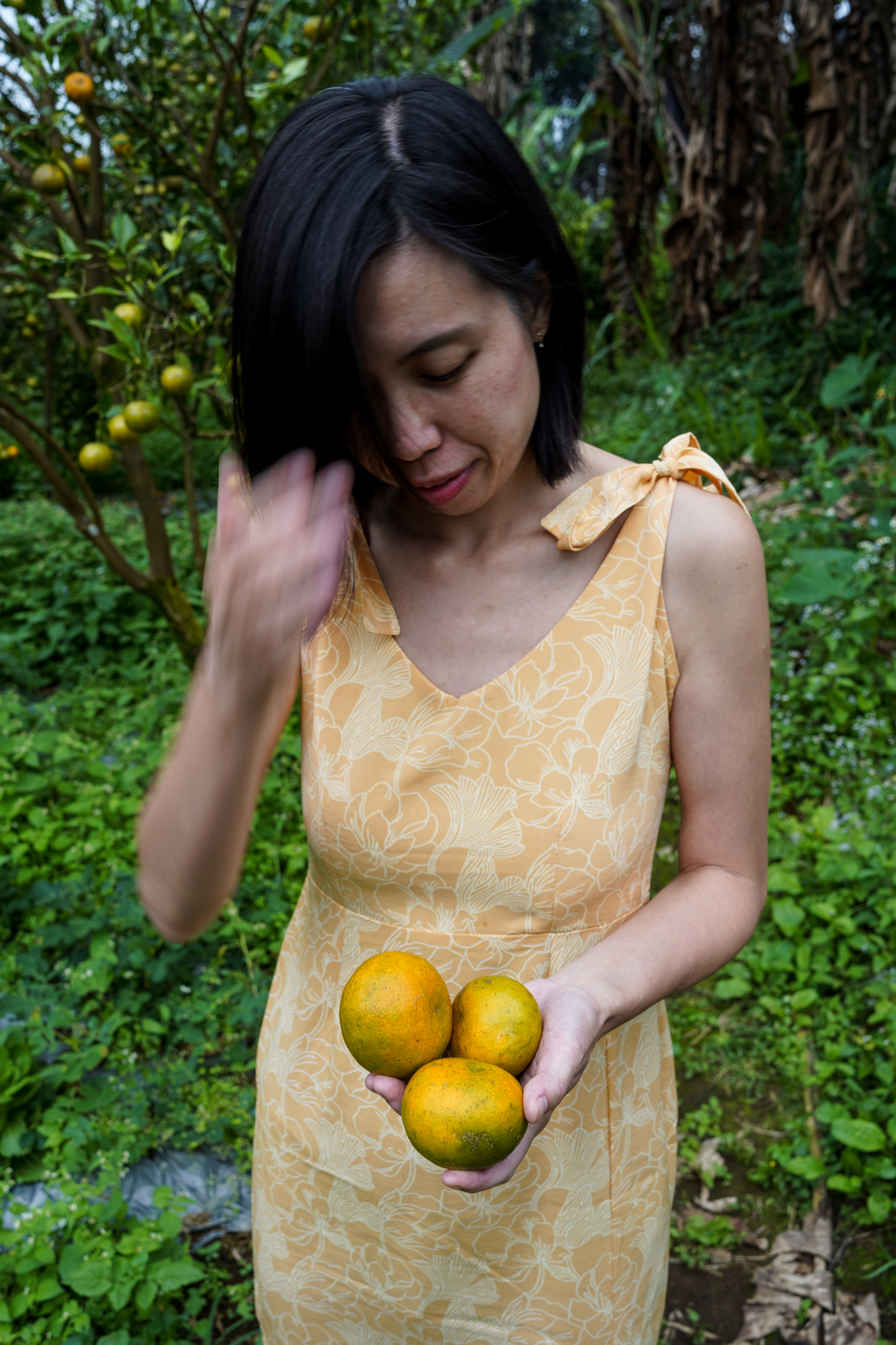
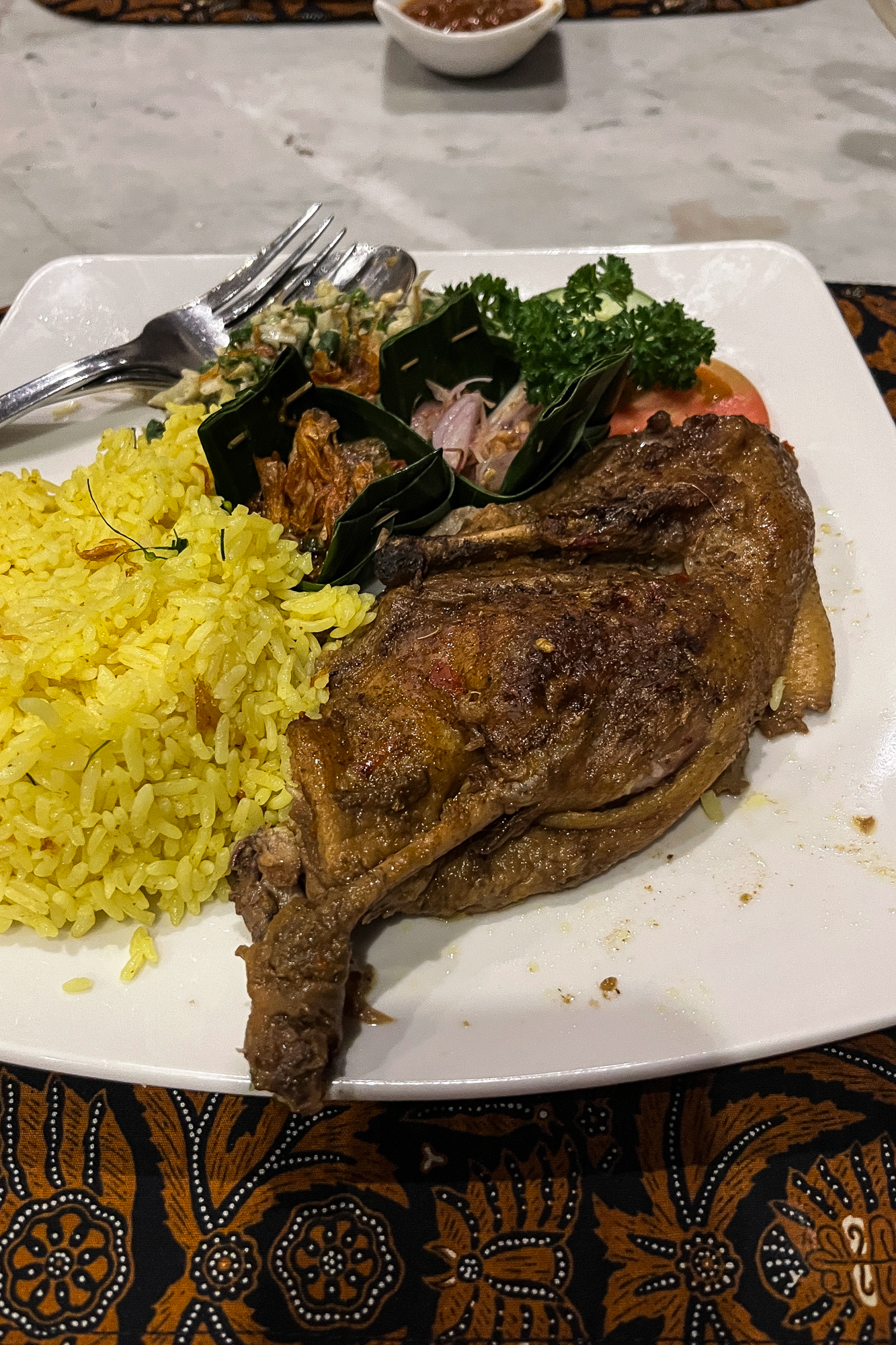
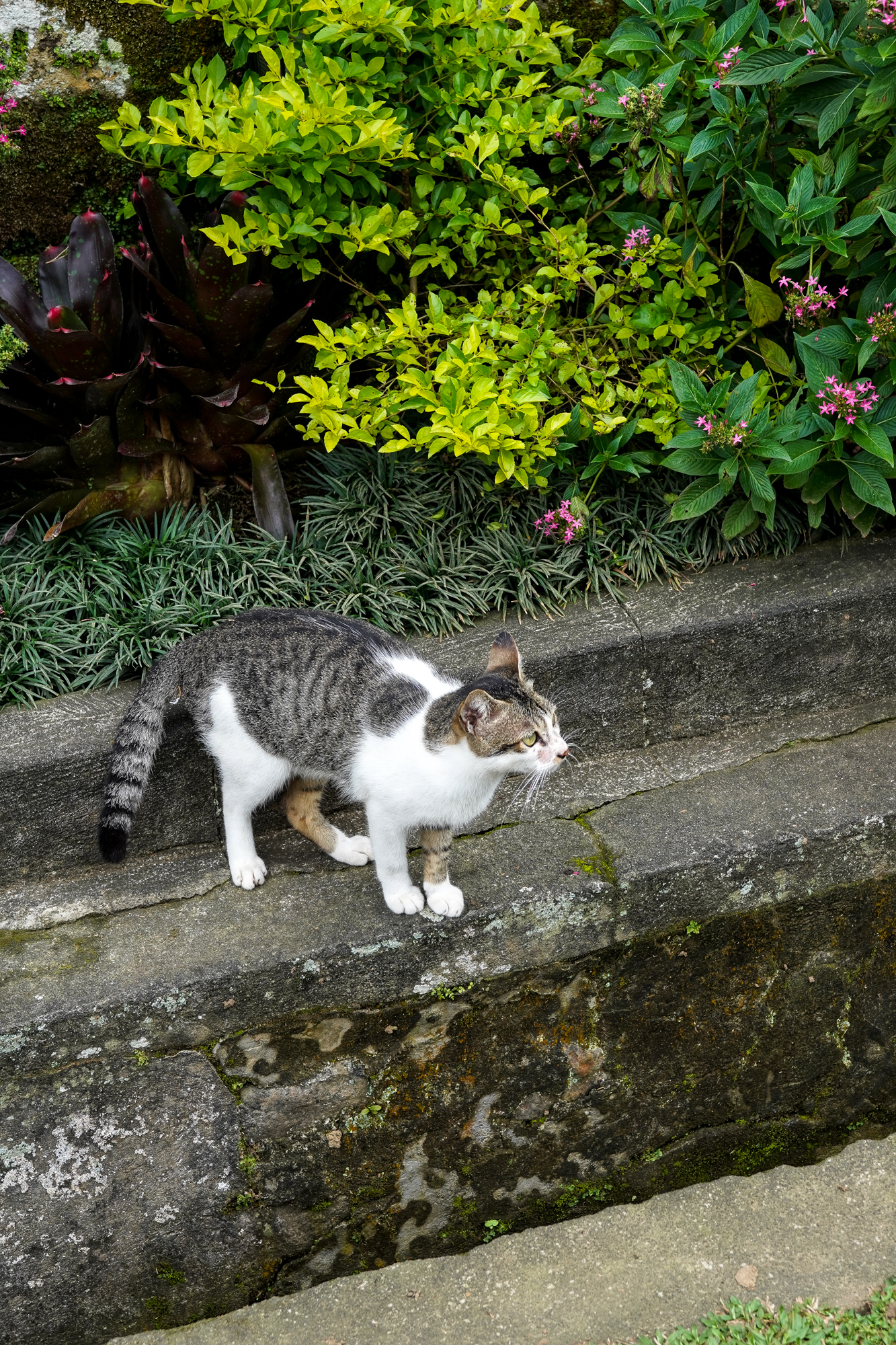

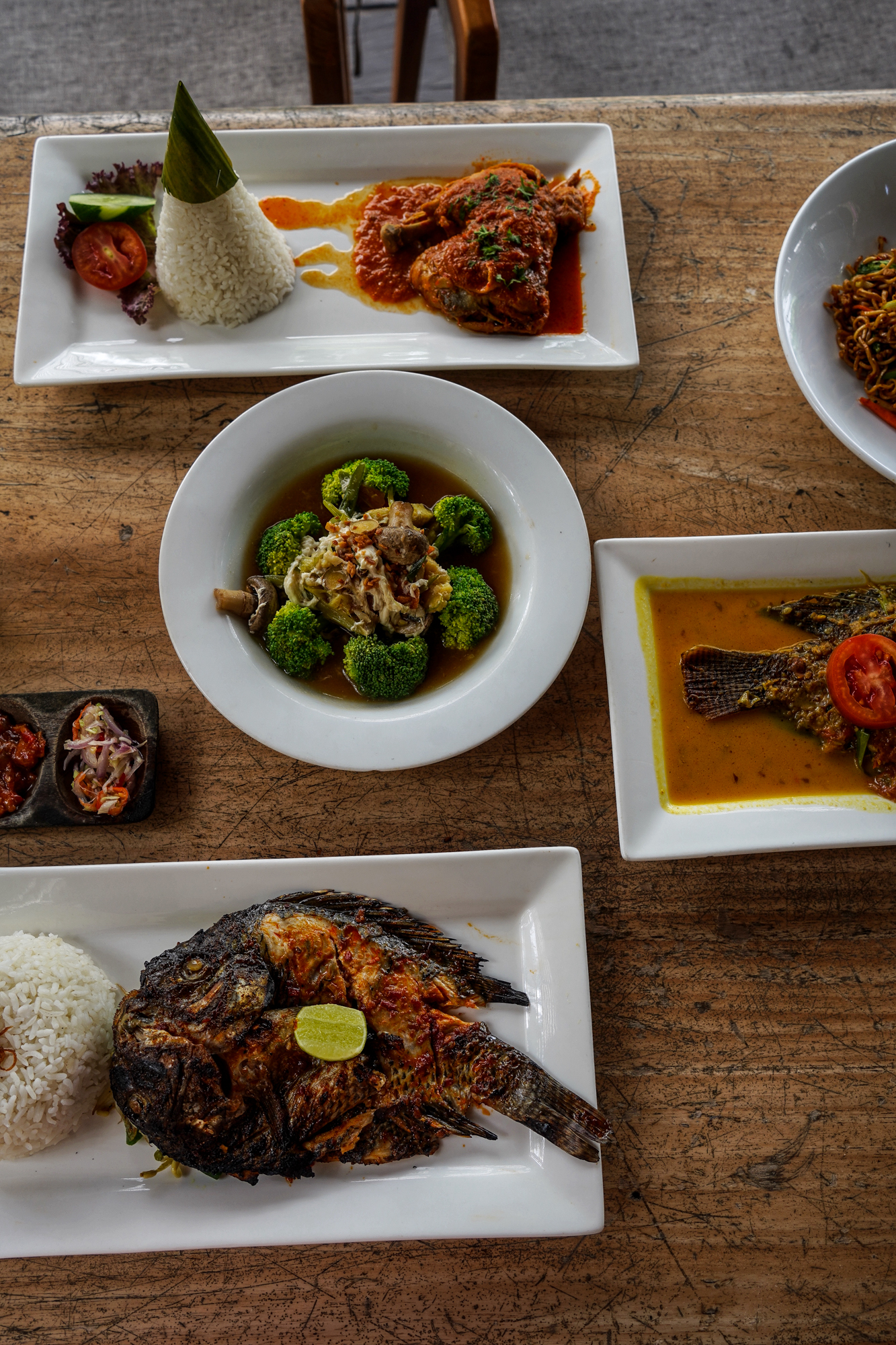
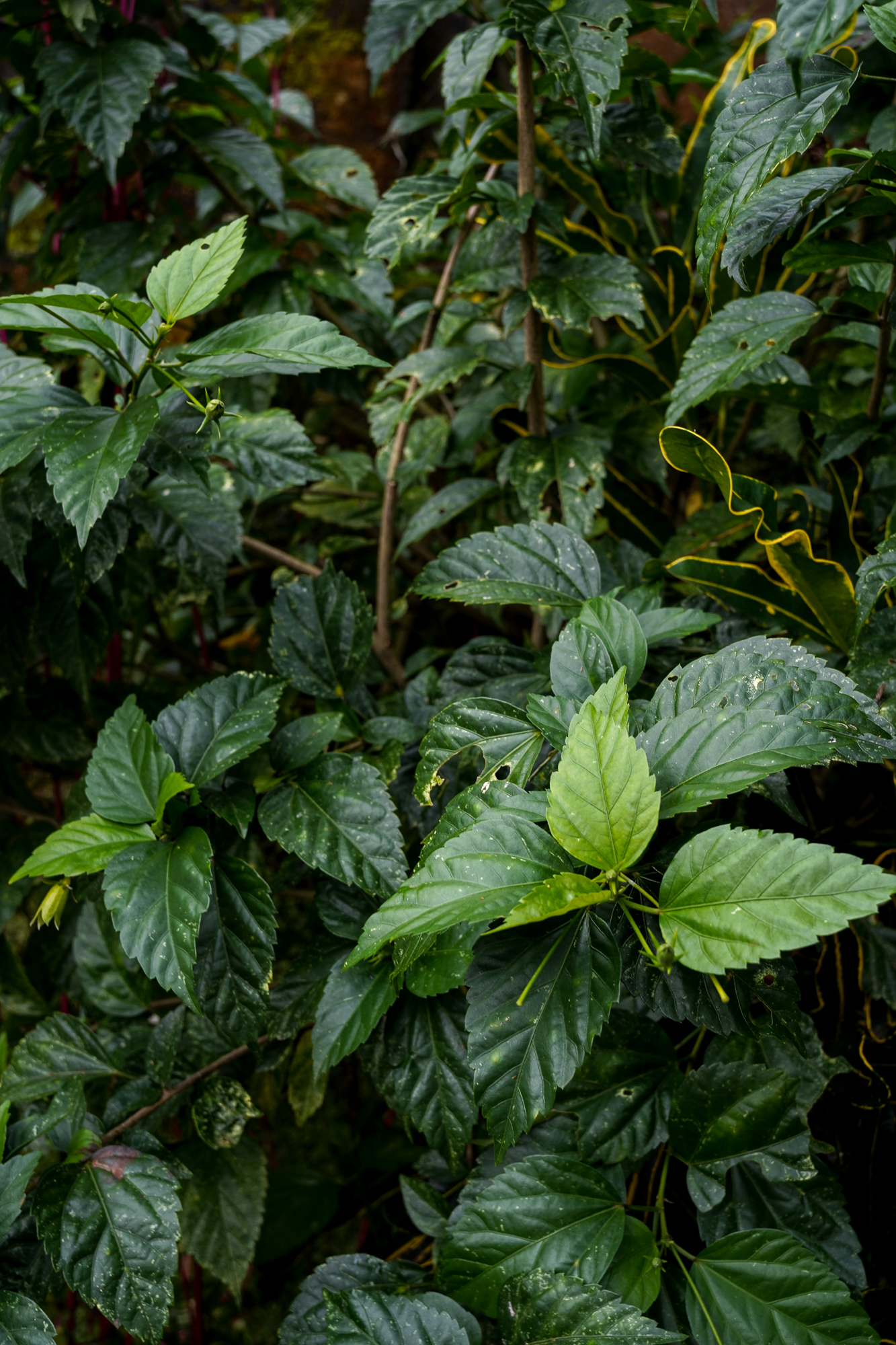
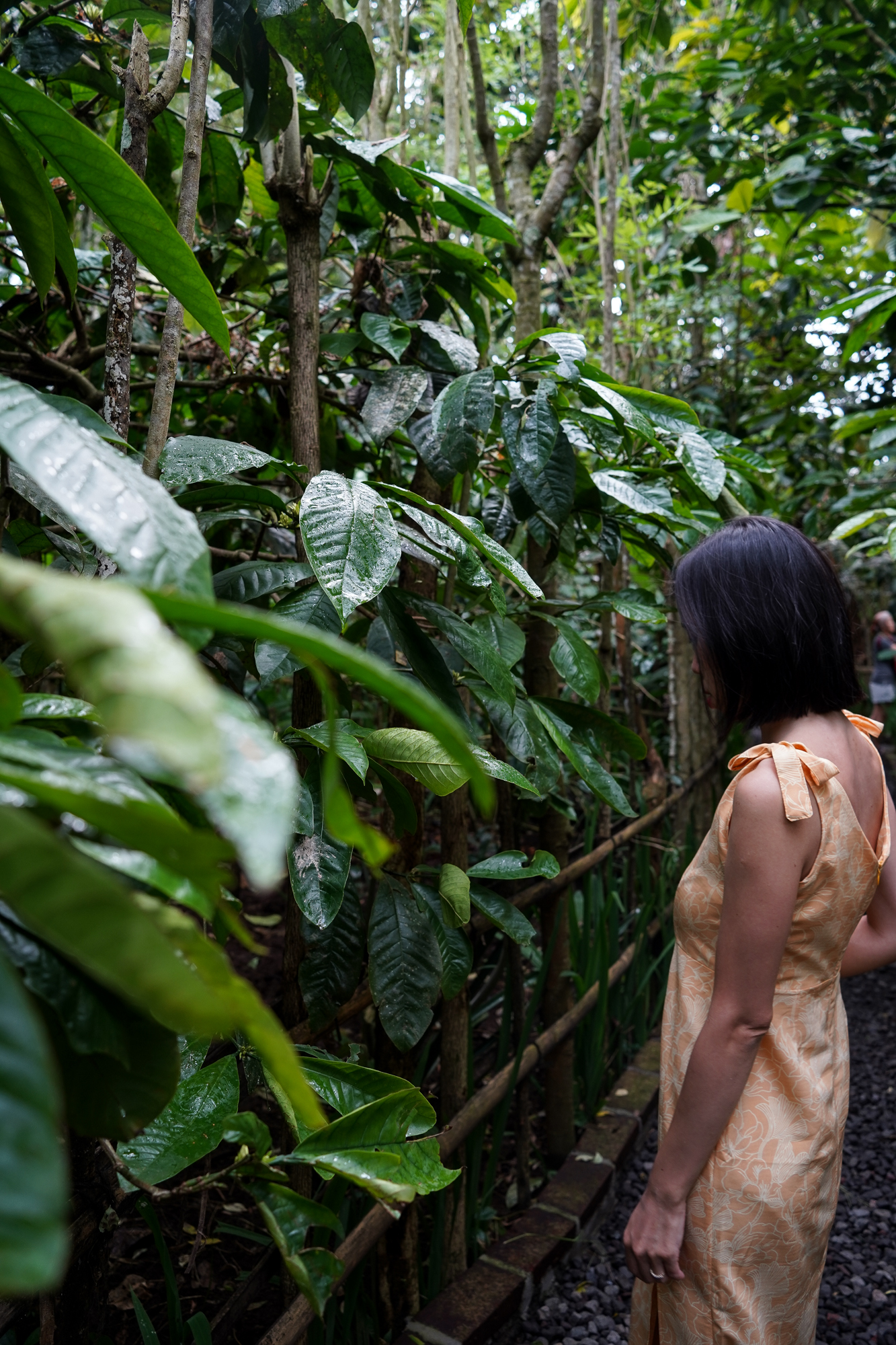

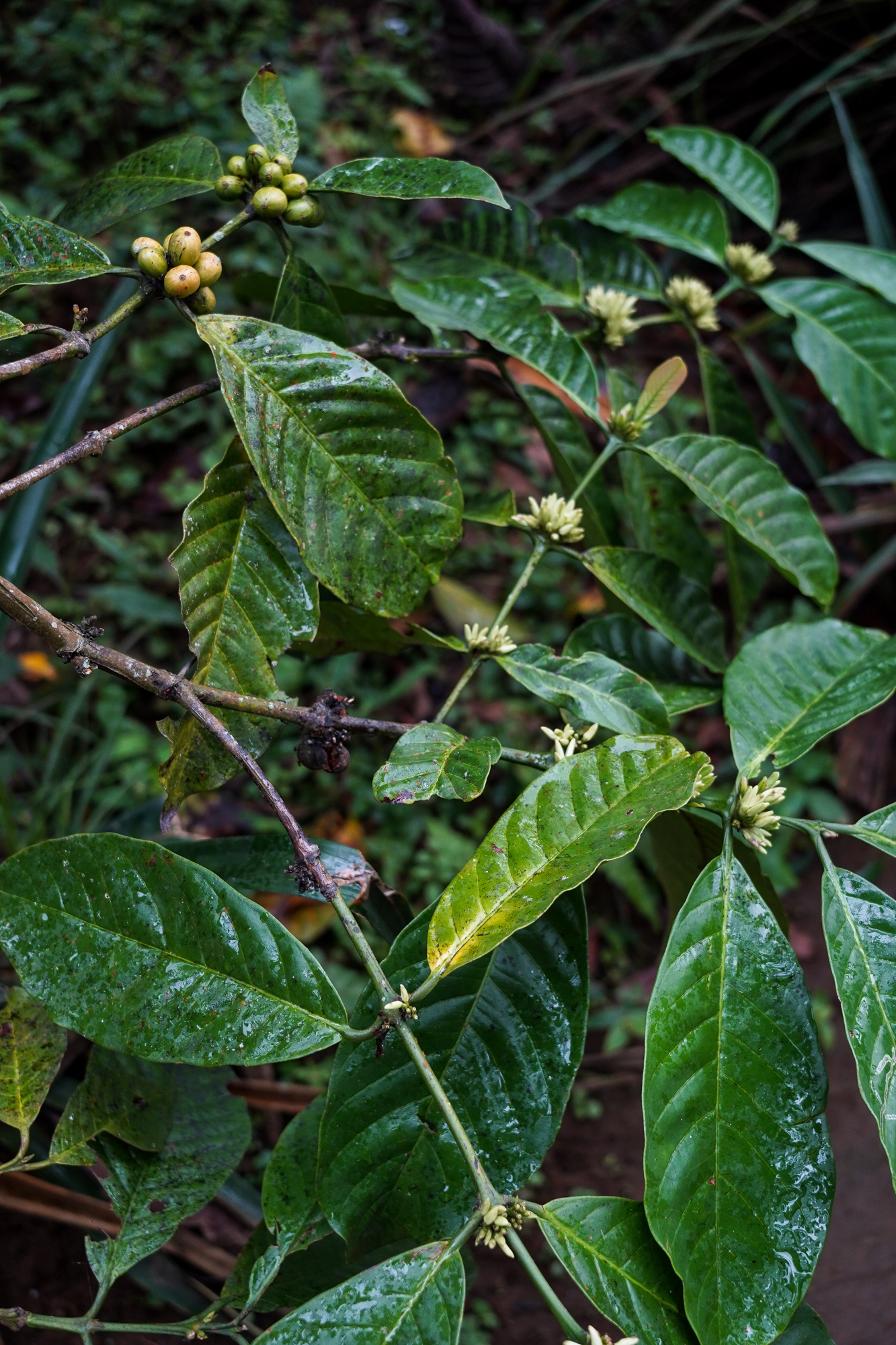
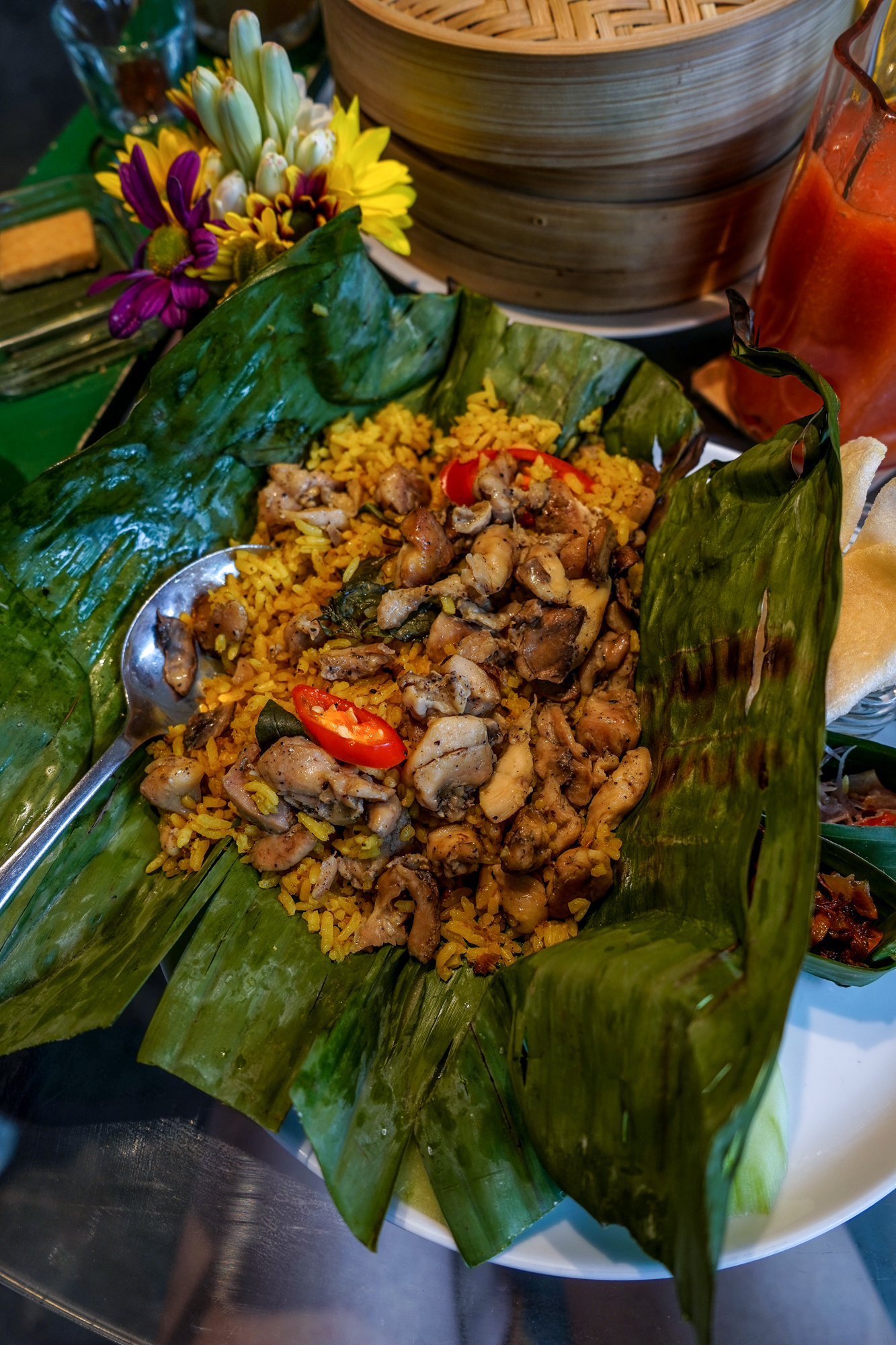
CACAO PLANTATION
Chocolate has always been for me a simple indulgence. A chocolate bar or nutella spread on a slice of bread. Chocolates have their humble beginnings in a plant. My first taste of a cacao seed at Cau Chocolates caught me off guard. It is a sharp contrast from the breakfast of homemade mixed fruit jams I had earlier at Sankara Suites. The taste is a blunt bitterness. It hits you hard like a swig of scotch served neat. The coaxing of the farmers is what brings out the chocolatey flavour of cacao that we are so attracted to. Later, the rich velvety taste of a chocolate ice cream, a taste that is nothing like the bitterness of its original rawness, gives me a newfound respect for farmers.

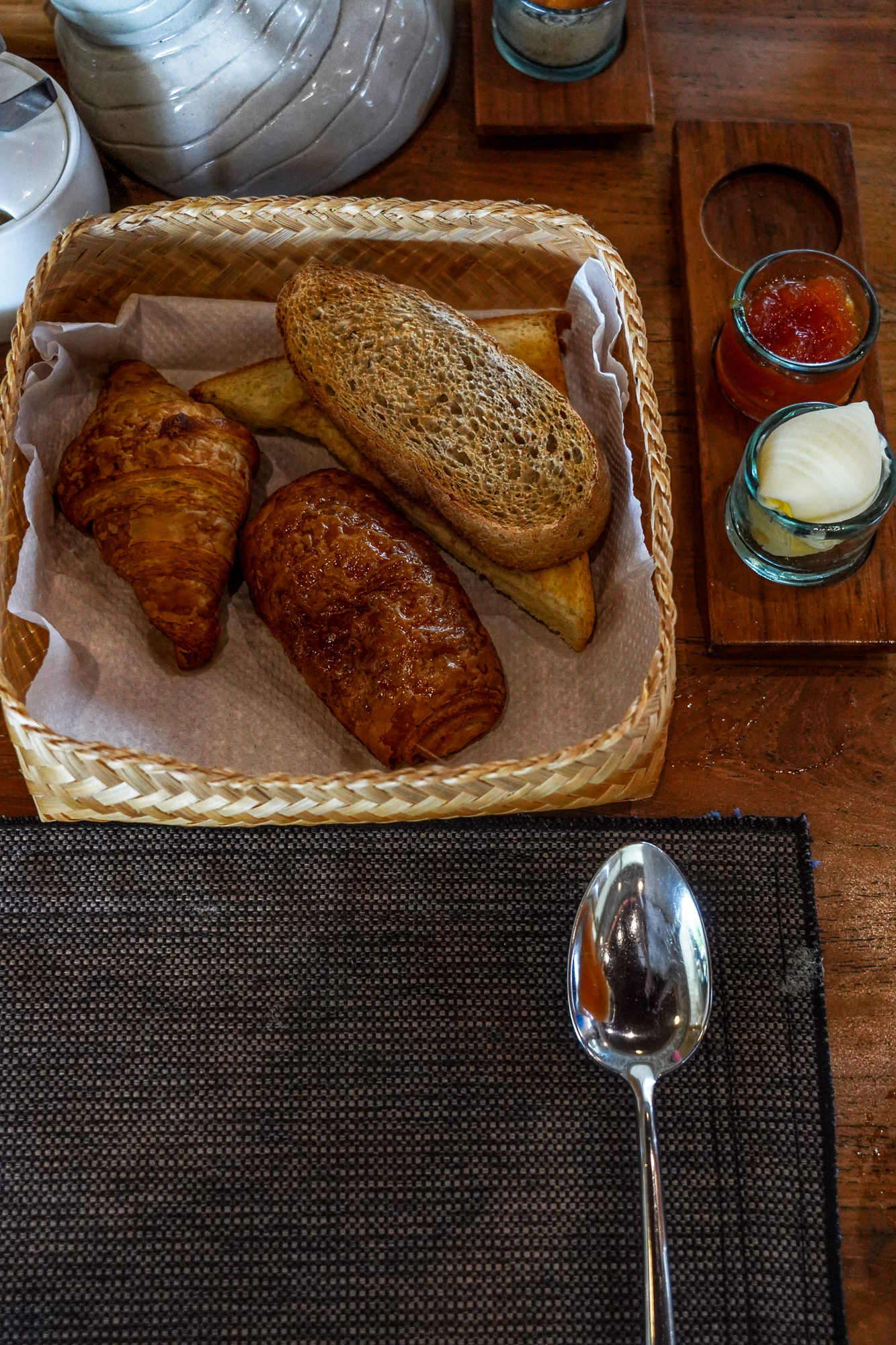
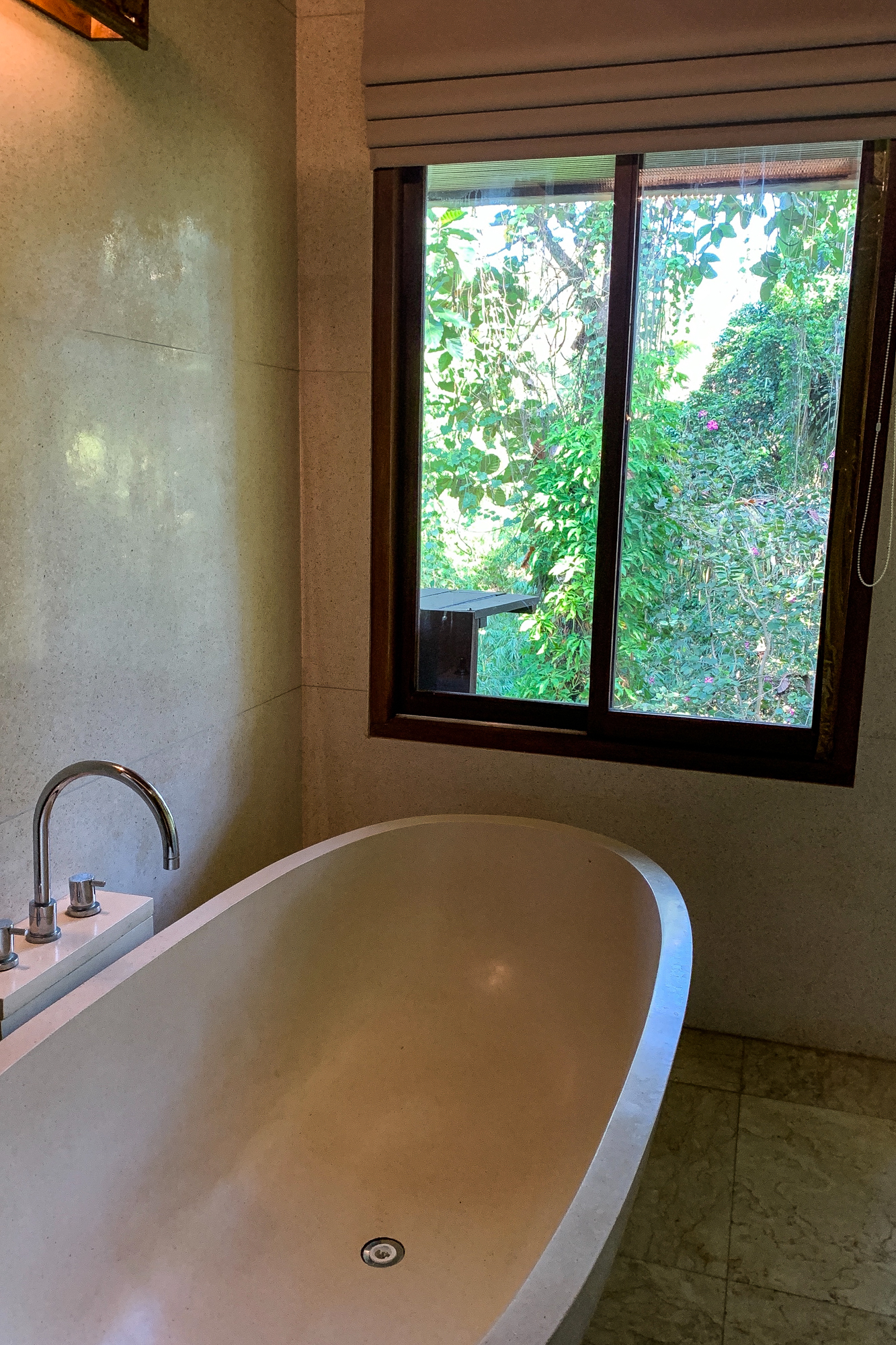
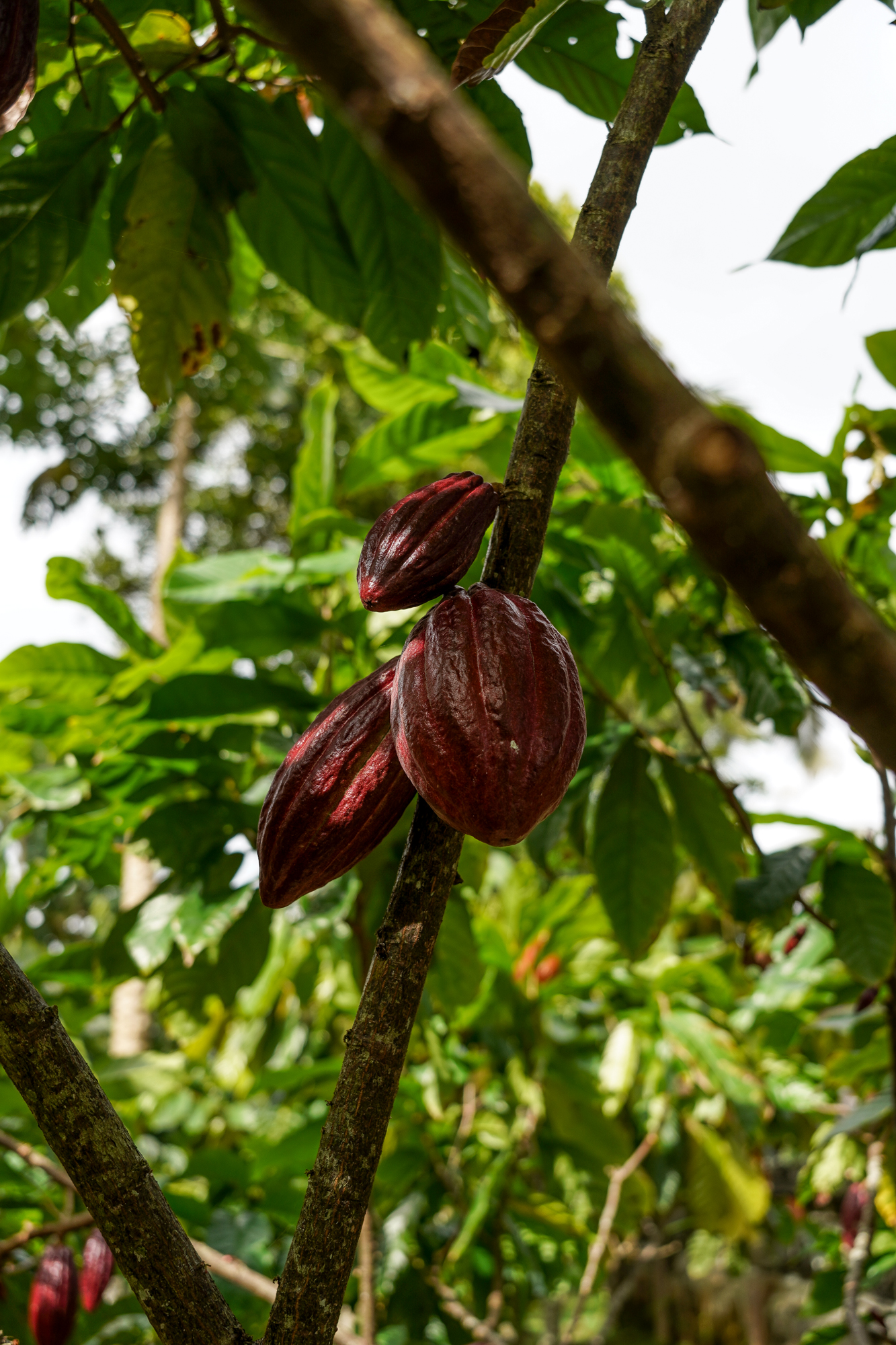
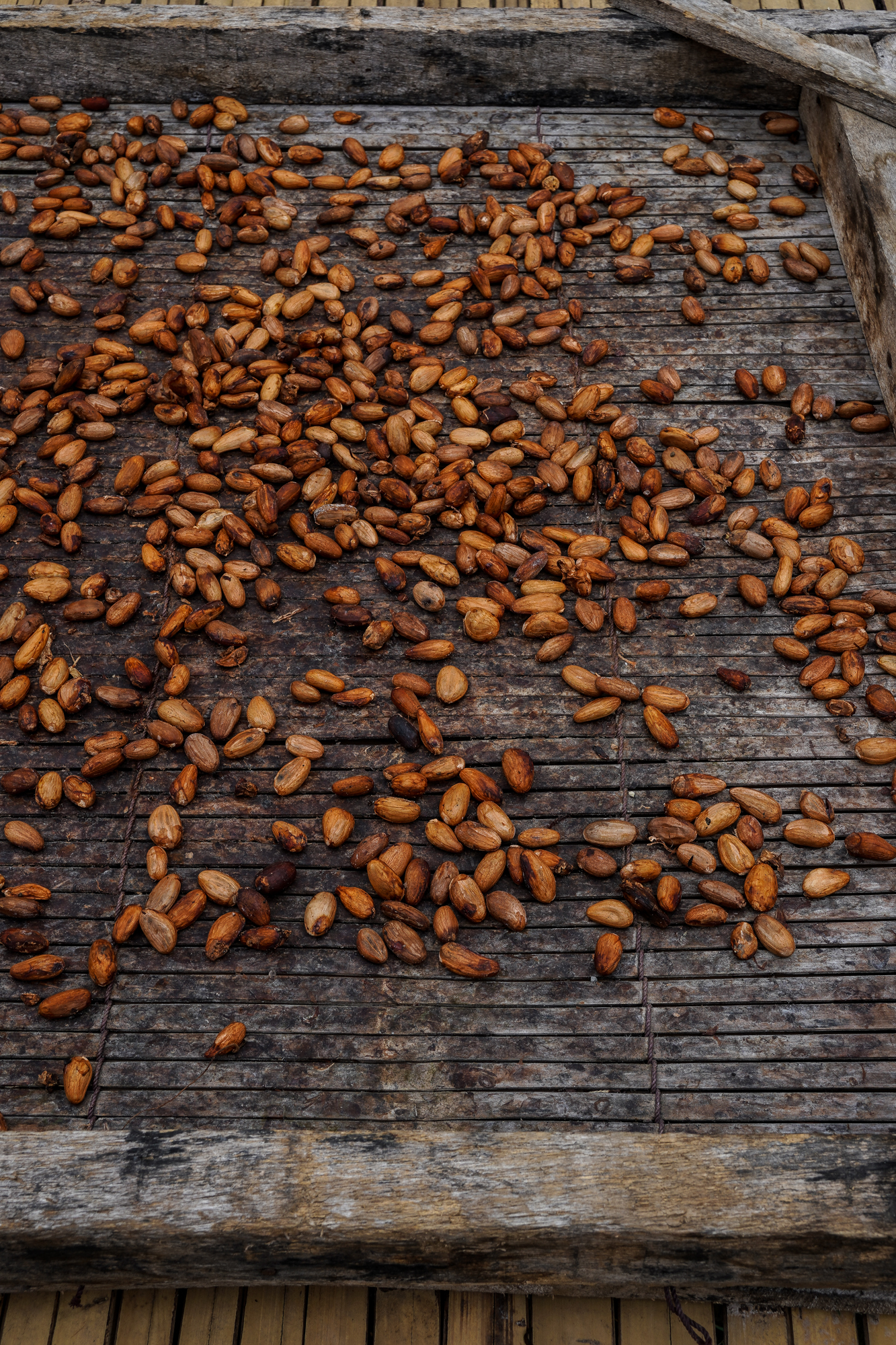
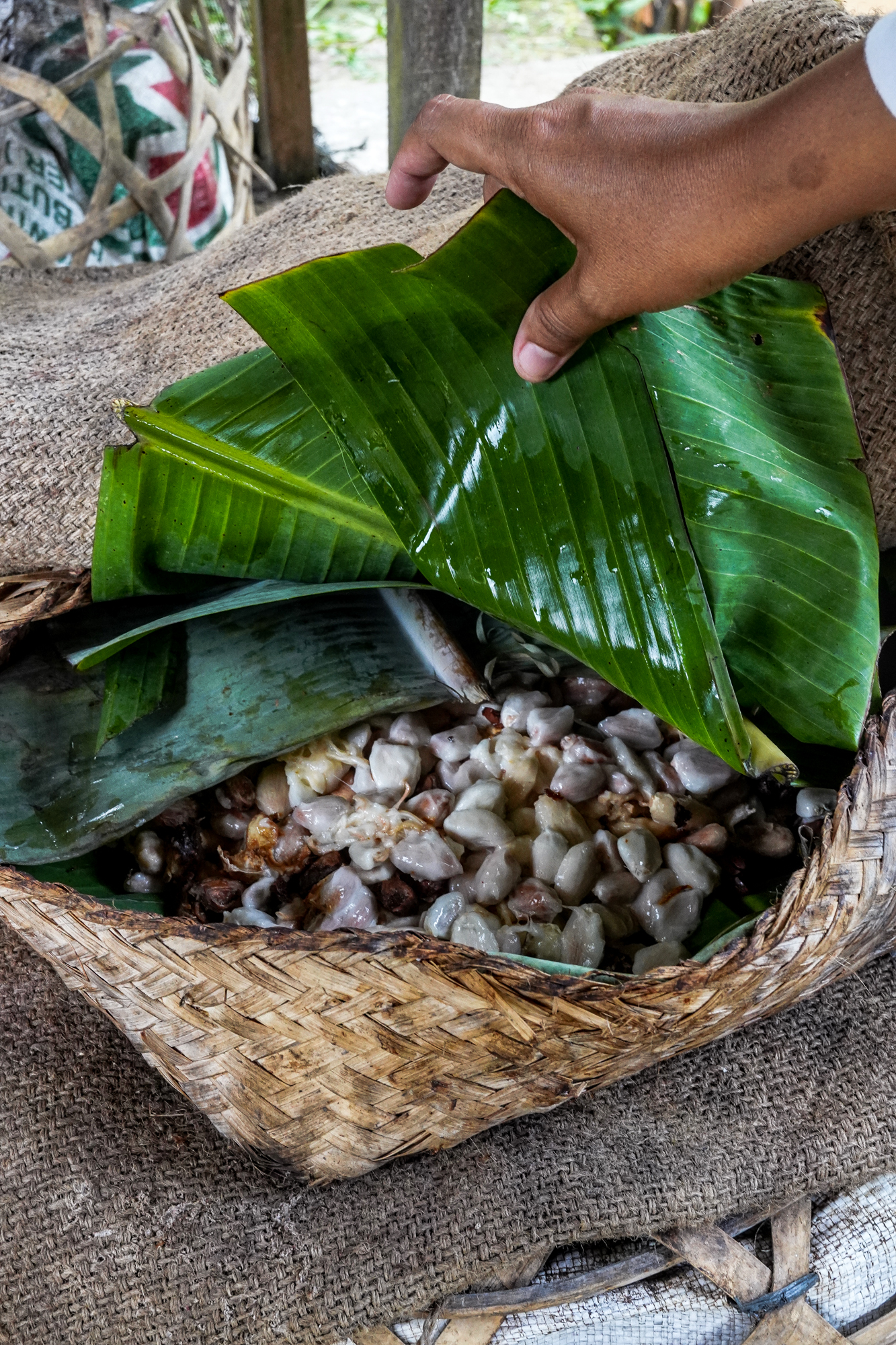
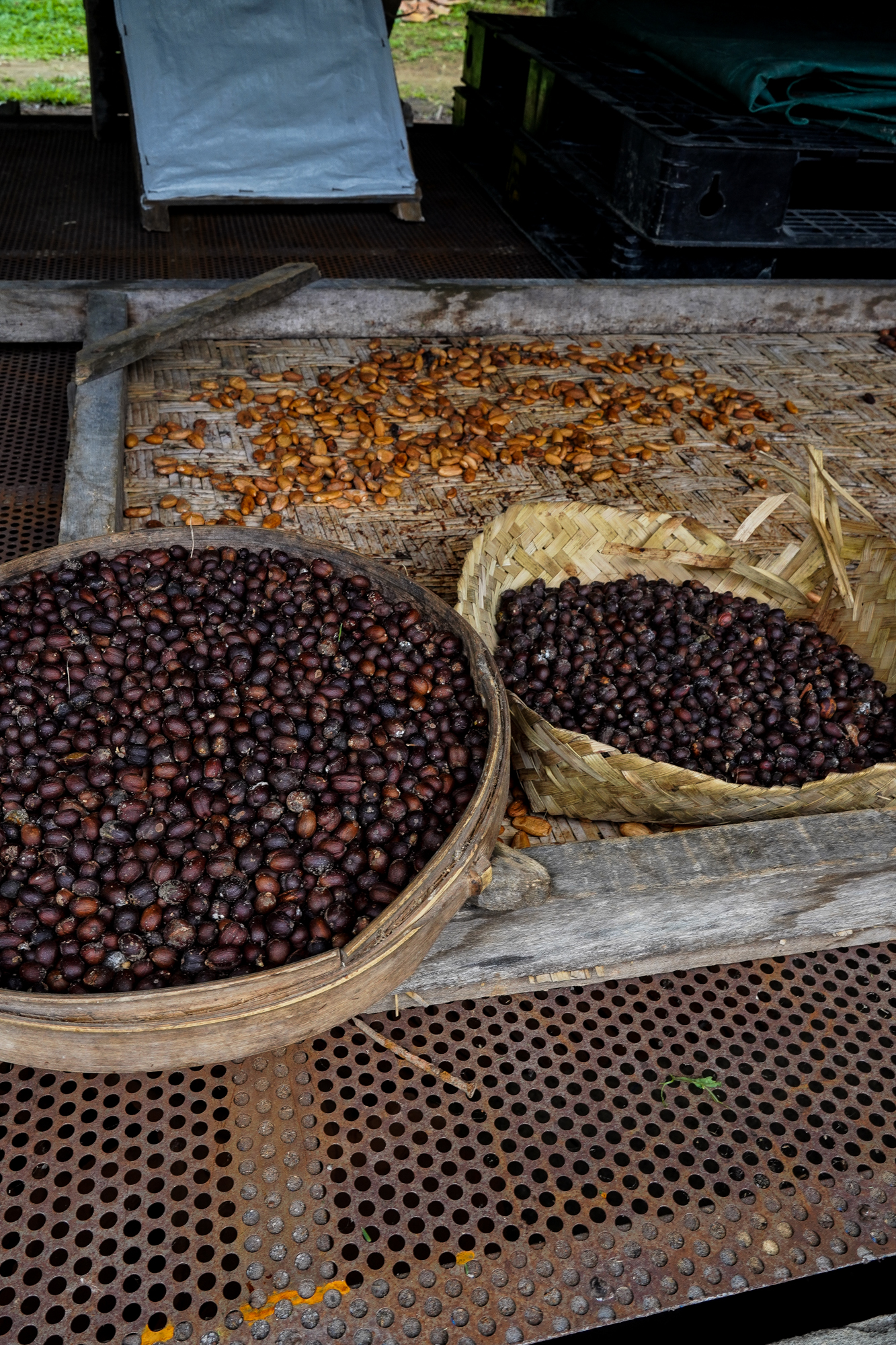




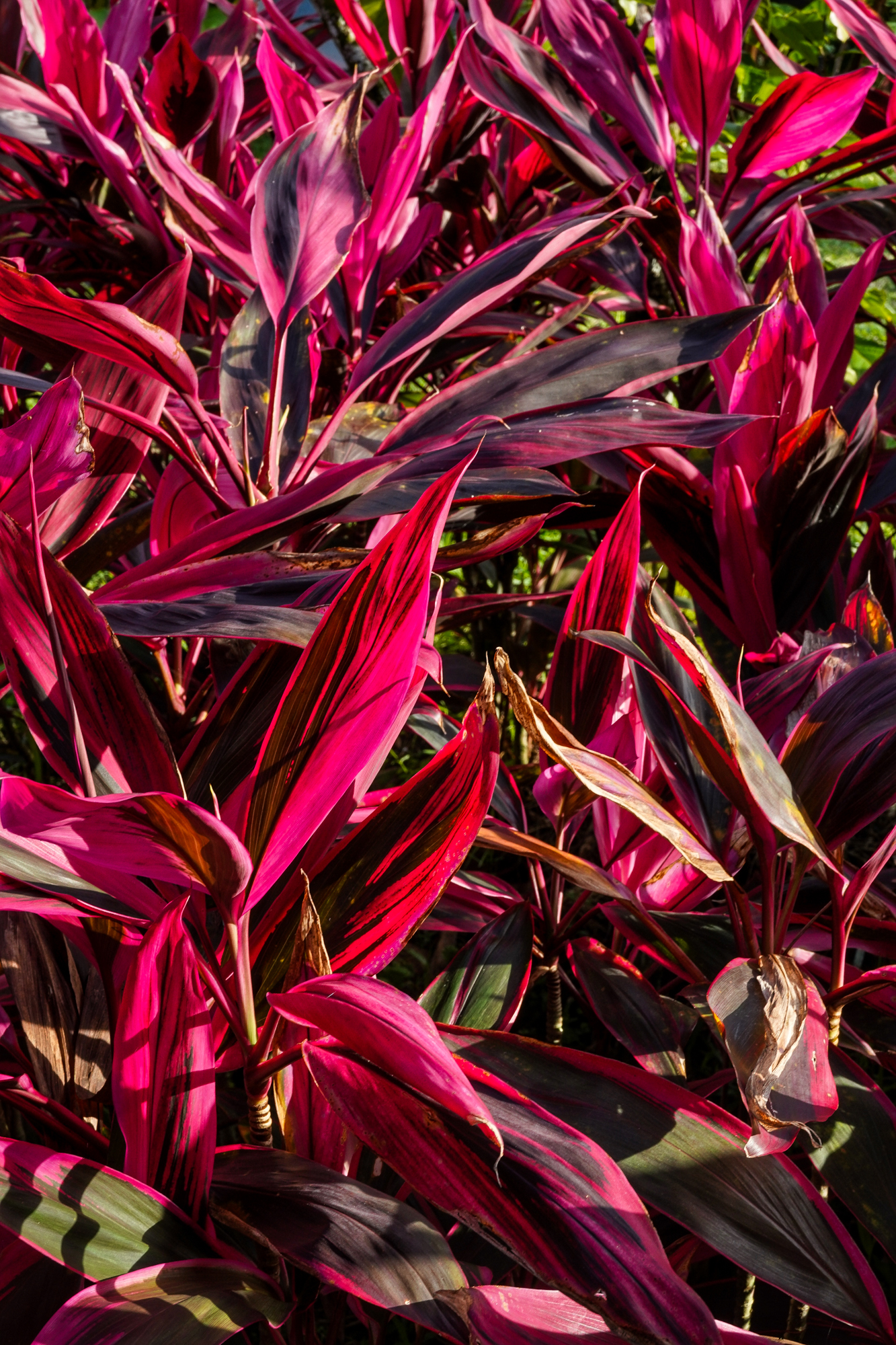
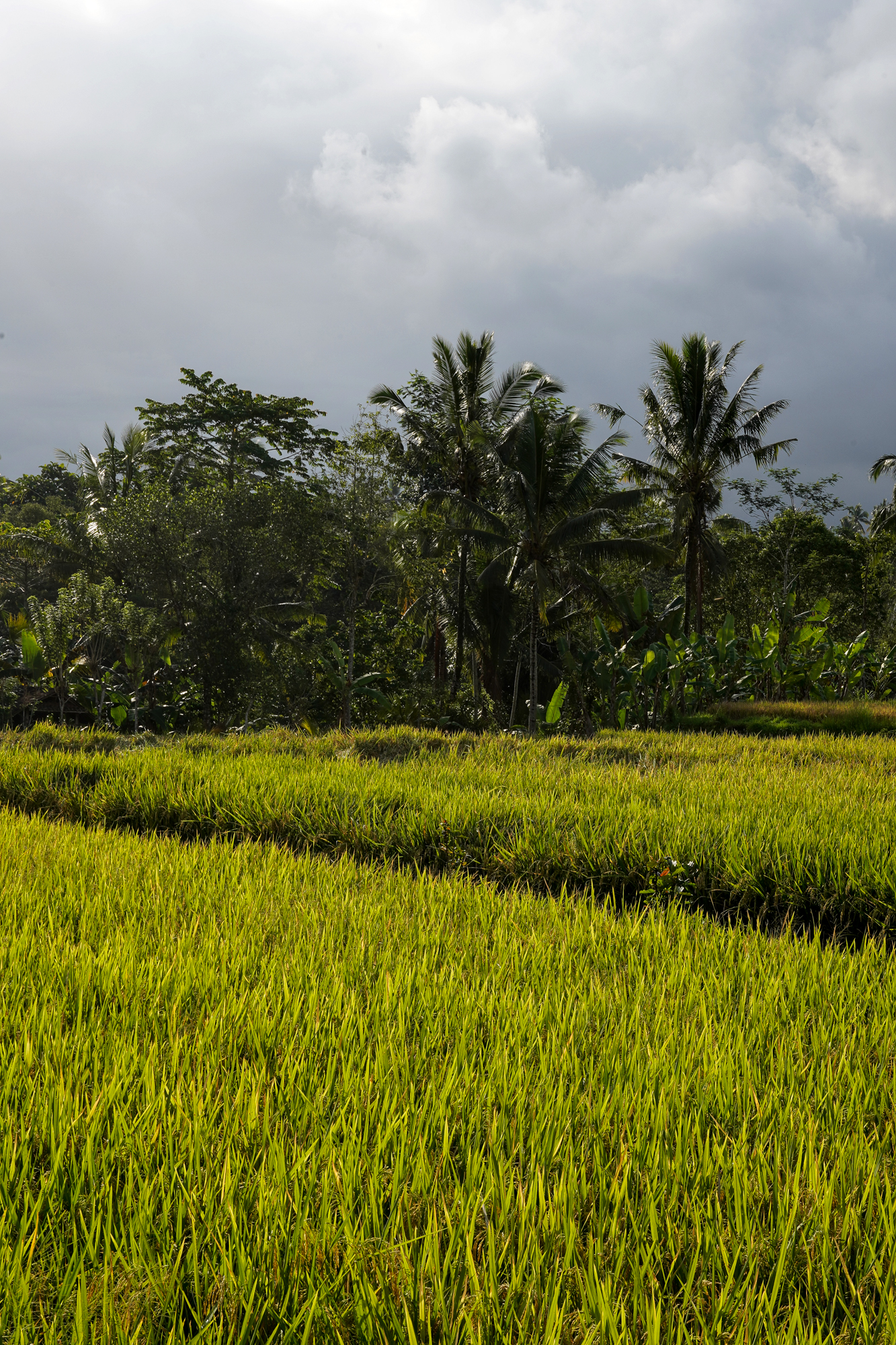

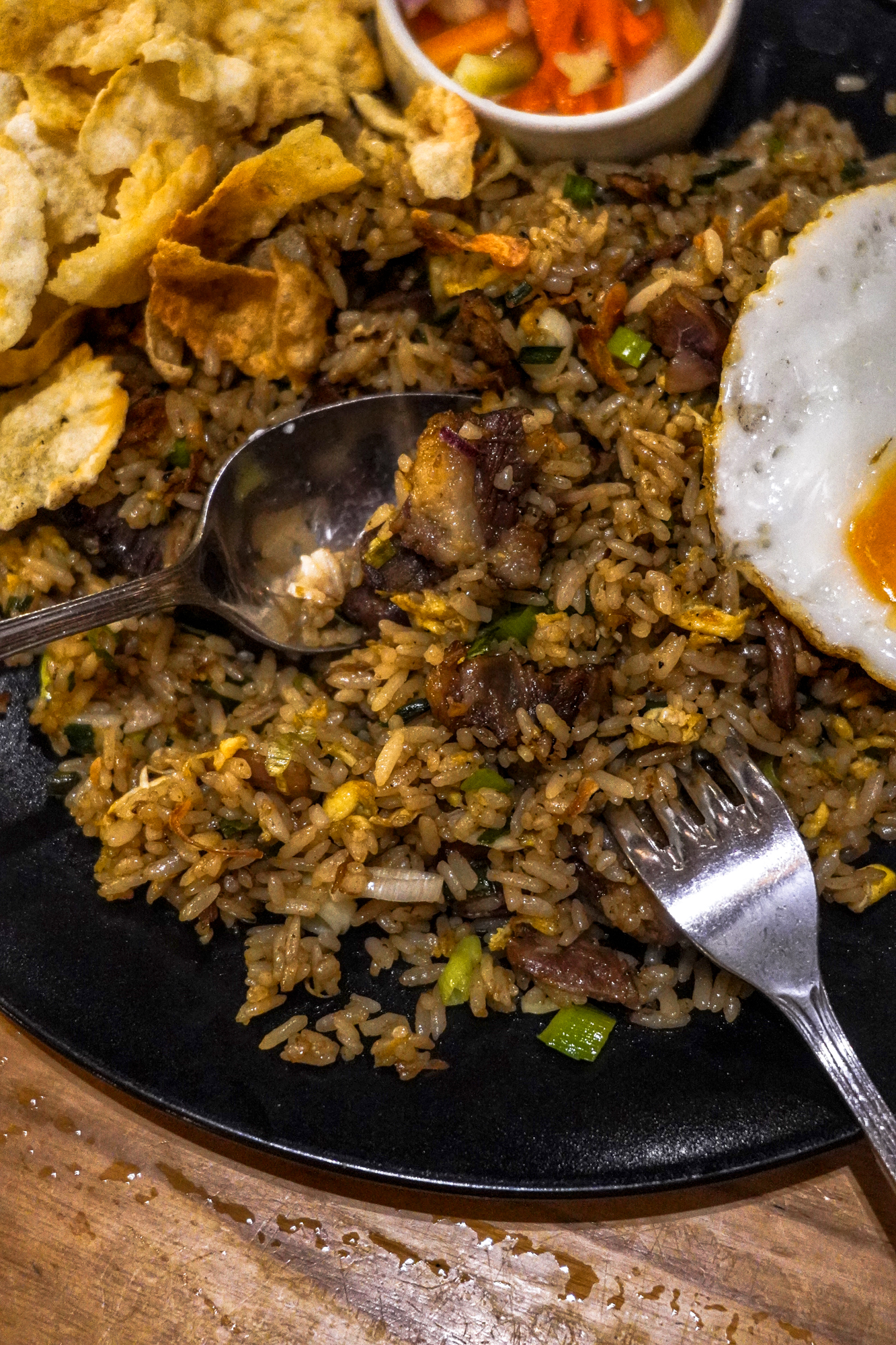

BABI GULING
Babi guling is an ordinary meal. Modest. No shiny silverware or linen tablecloths. But it is the pride and joy of the Balinese. At the entrance of Babi Guling Gung Cung, a whole pig is roasted to a deep auburn glow. A few ladies are the cooks. With every banana leaf atop a rattan plate, one of them crowns the rice and chopped meat with a crisp cut of pork skin. It is the mark of an authentic babi guling.
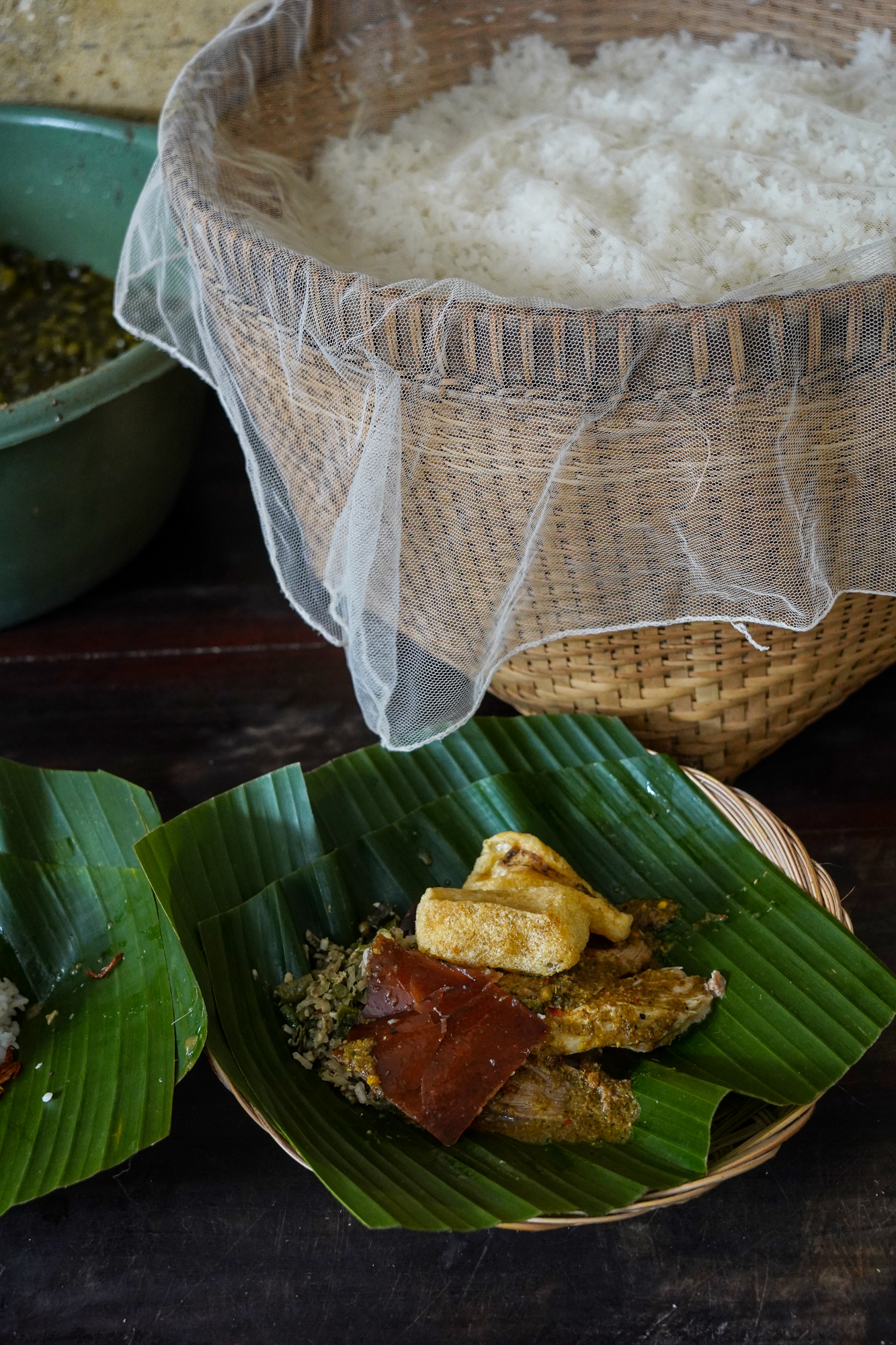
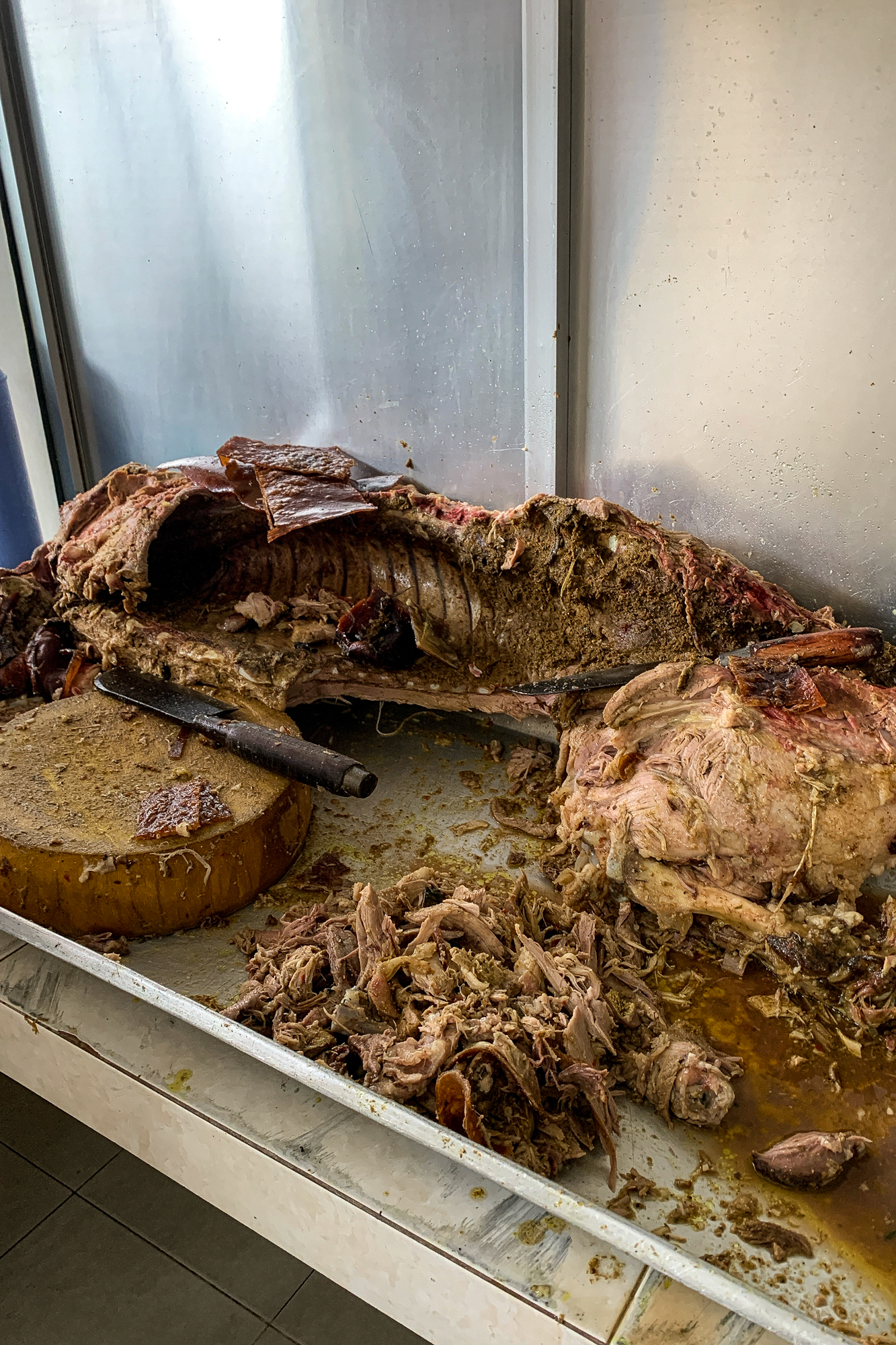
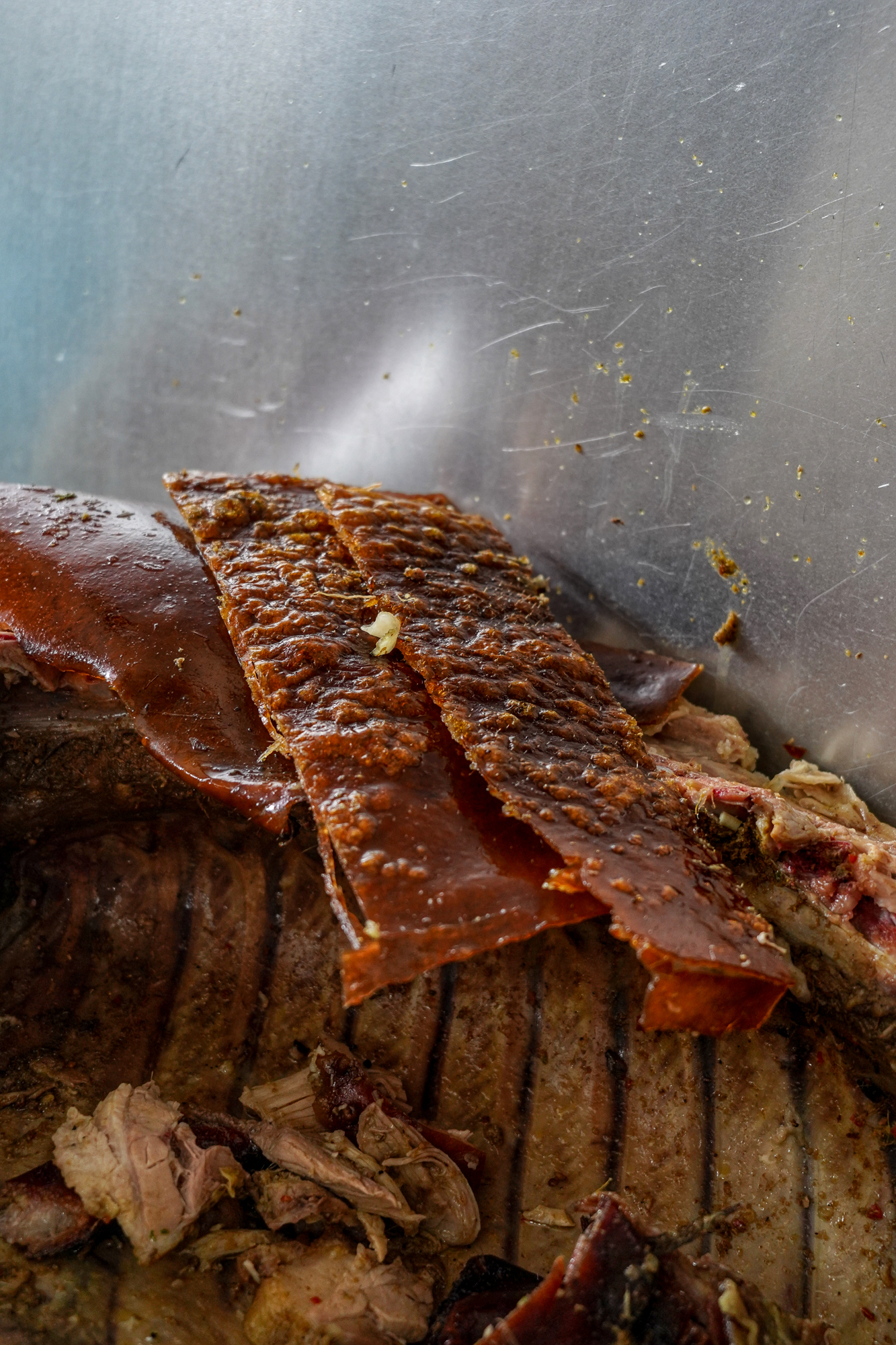
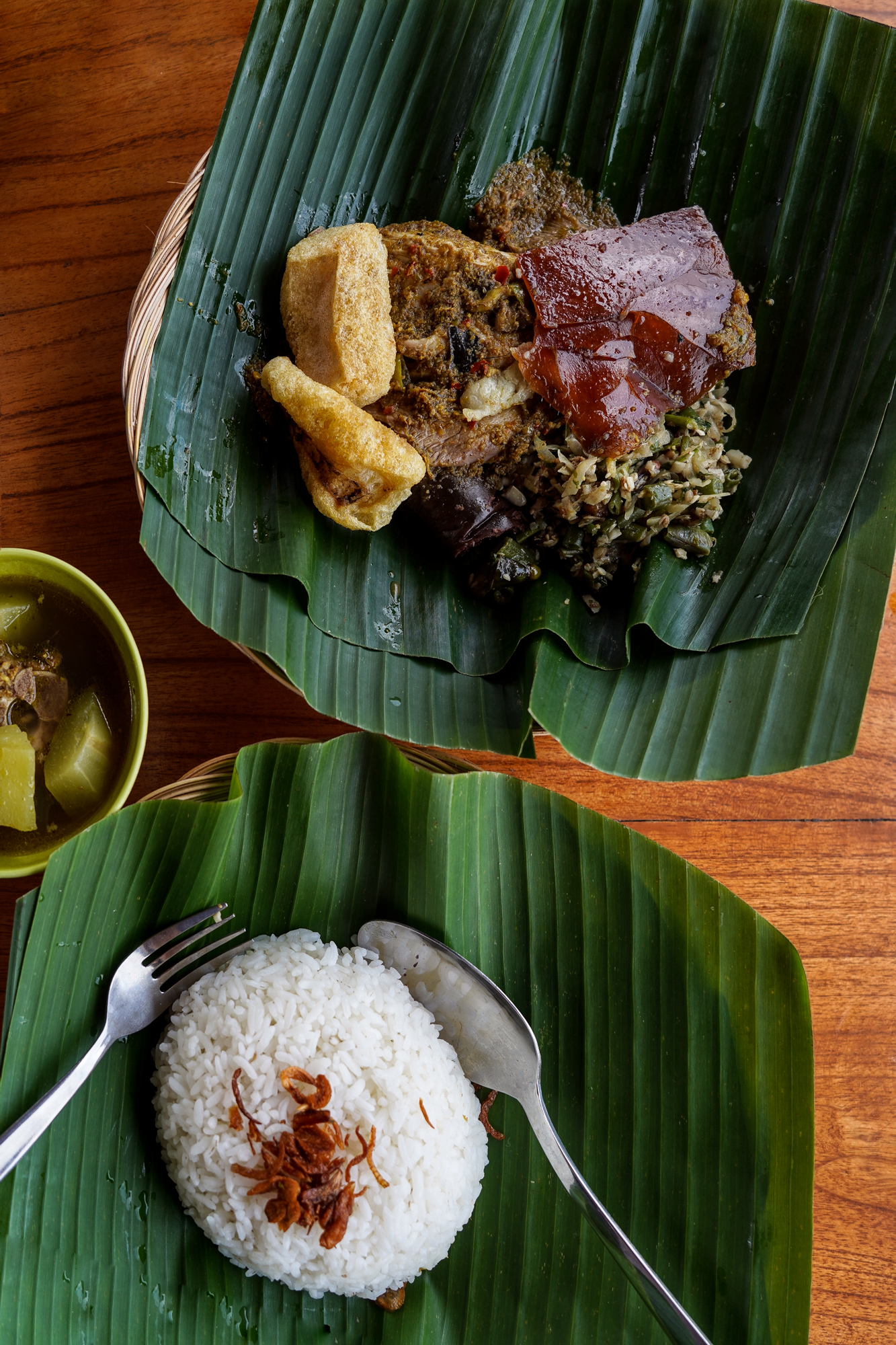
RICE TERRACES
It is still dawn when we reach Tegalalang rice terrace. The day before, Roy’s father had insisted on going at sunrise. “It’s the only way to see the rice terrace,” he said as a matter-of-factly. Or words to that effect. In the first light of day, we watch our driver weave through the rice fields that are growing greener with each passing second. He has lived in Ubud all his life and still, Tegalalang is an astounding sight. At this hour before the crowds flood the fields, Tegalalang is calm, peaceful. As the sunrise transforms the rice fields into a full-coloured film with the hum of waking birds as the background music, I am finally convinced: the sunrise is the only way to see the rice fields.
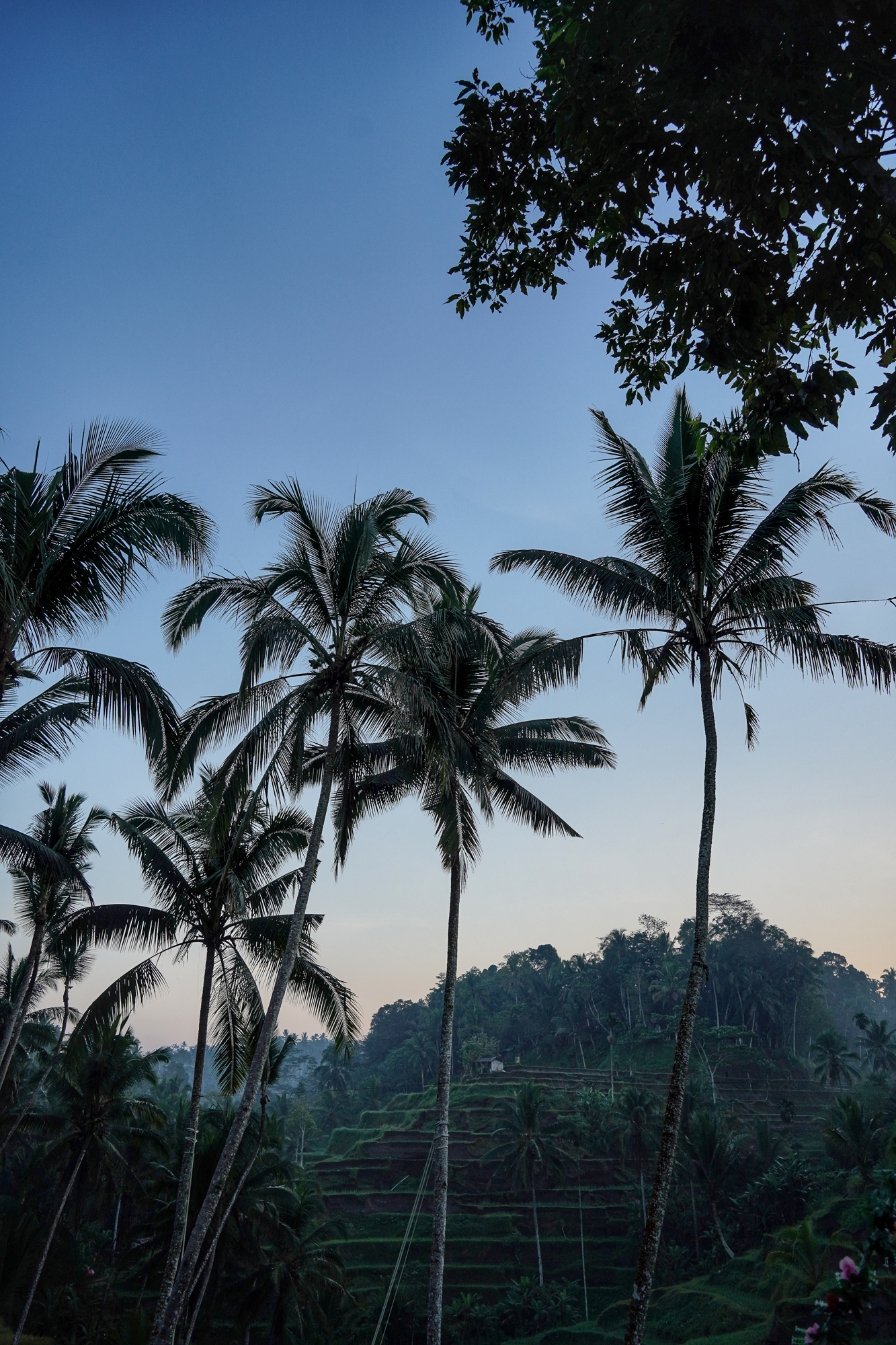
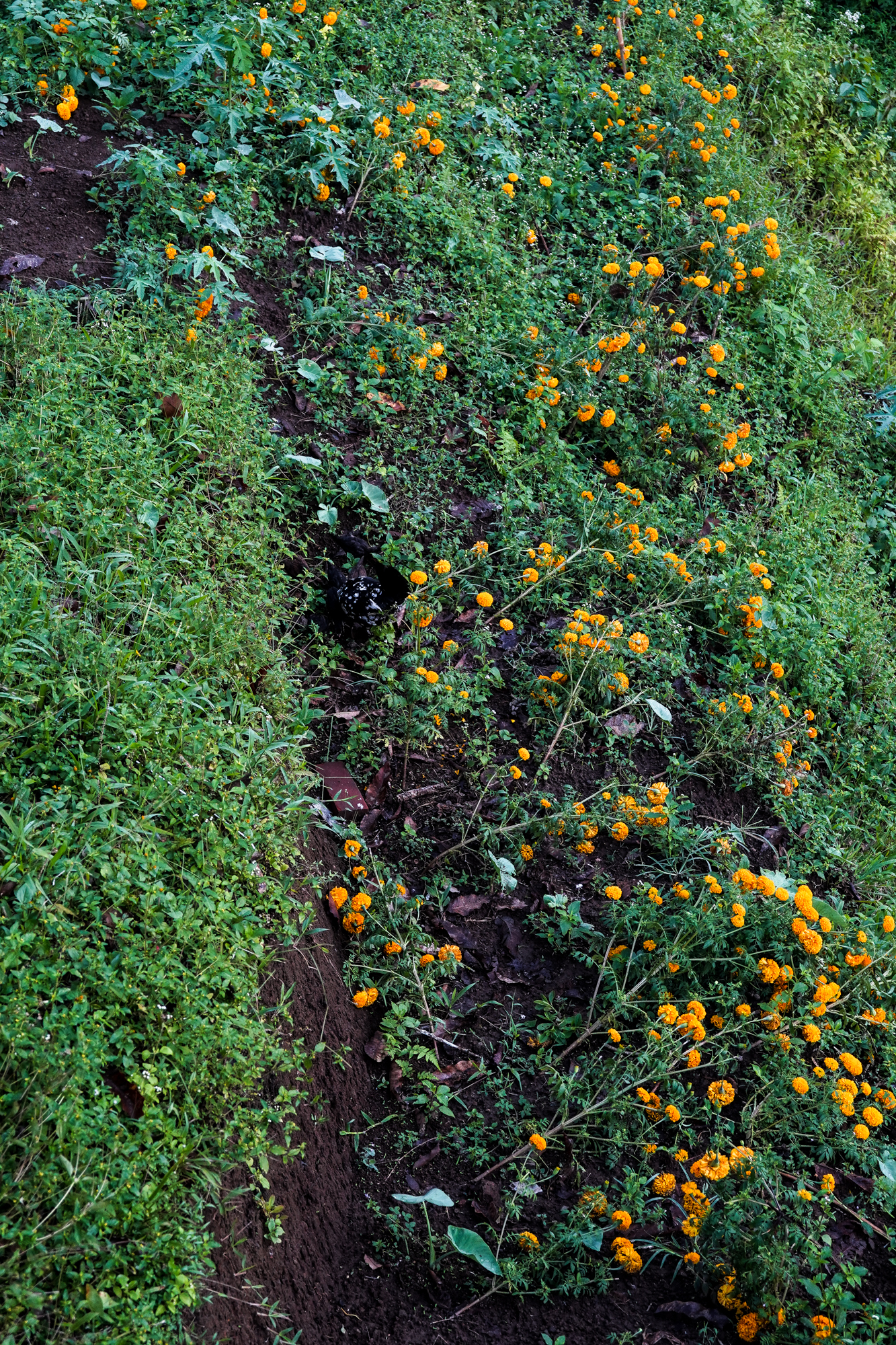
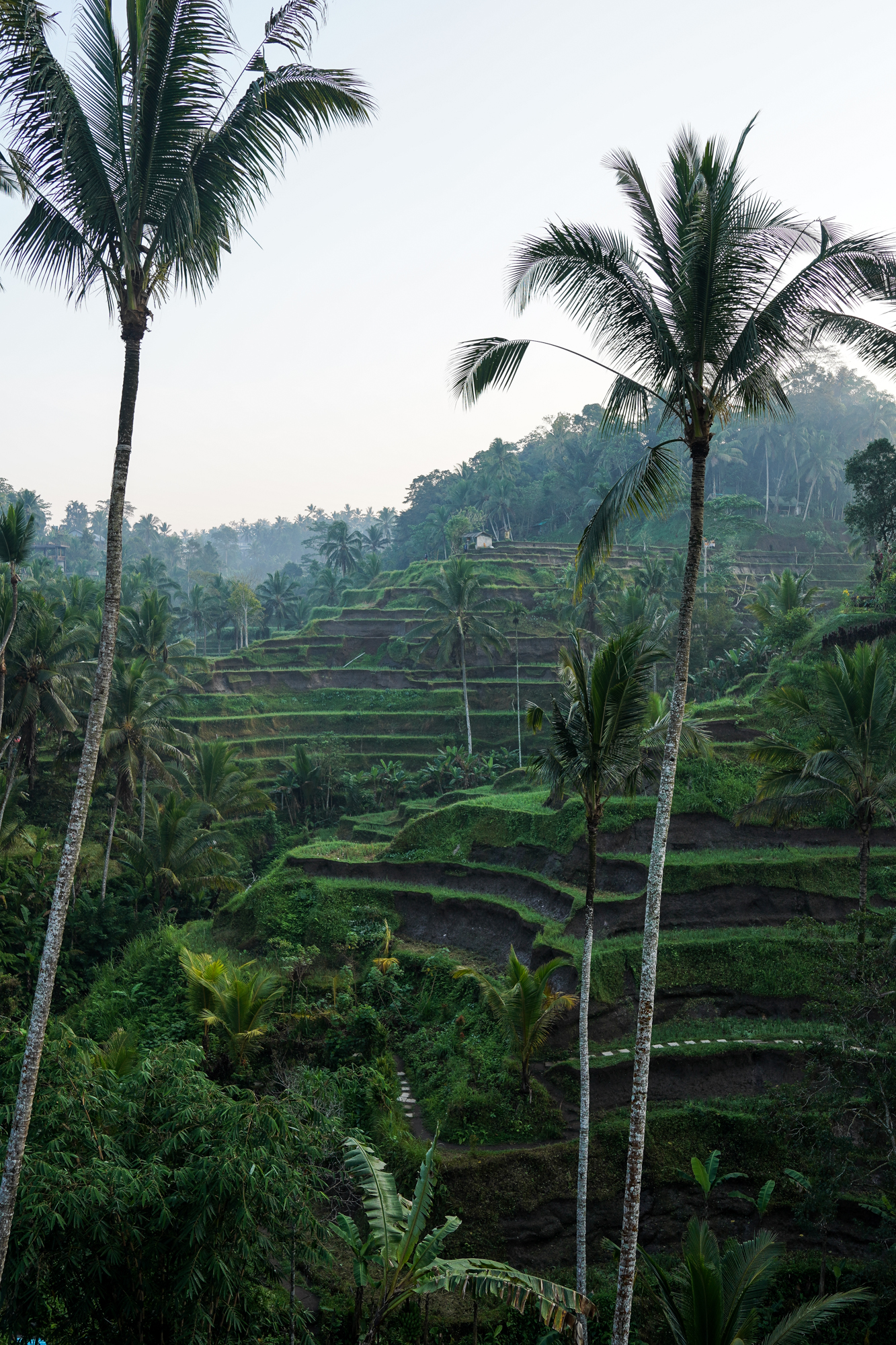

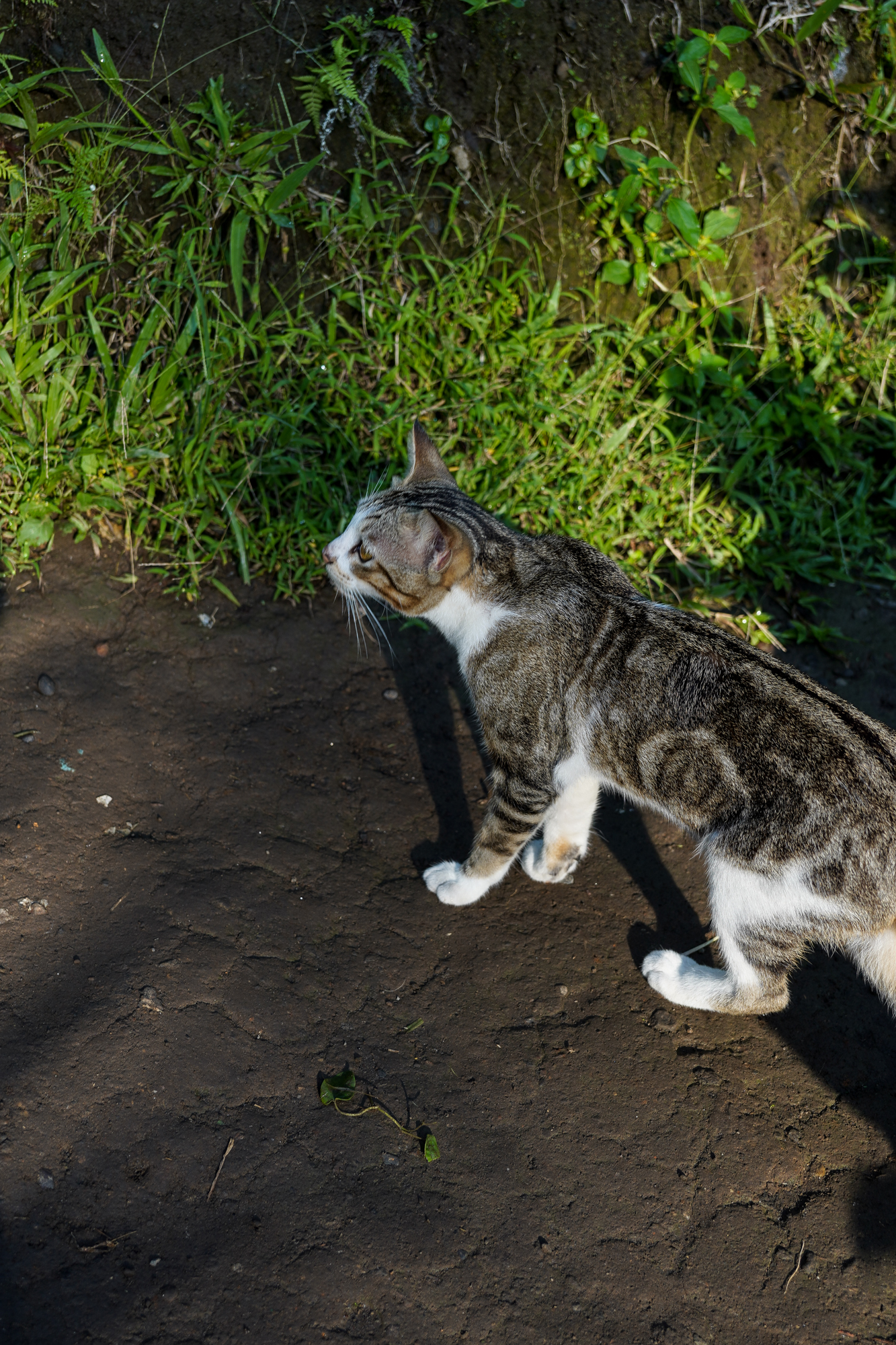
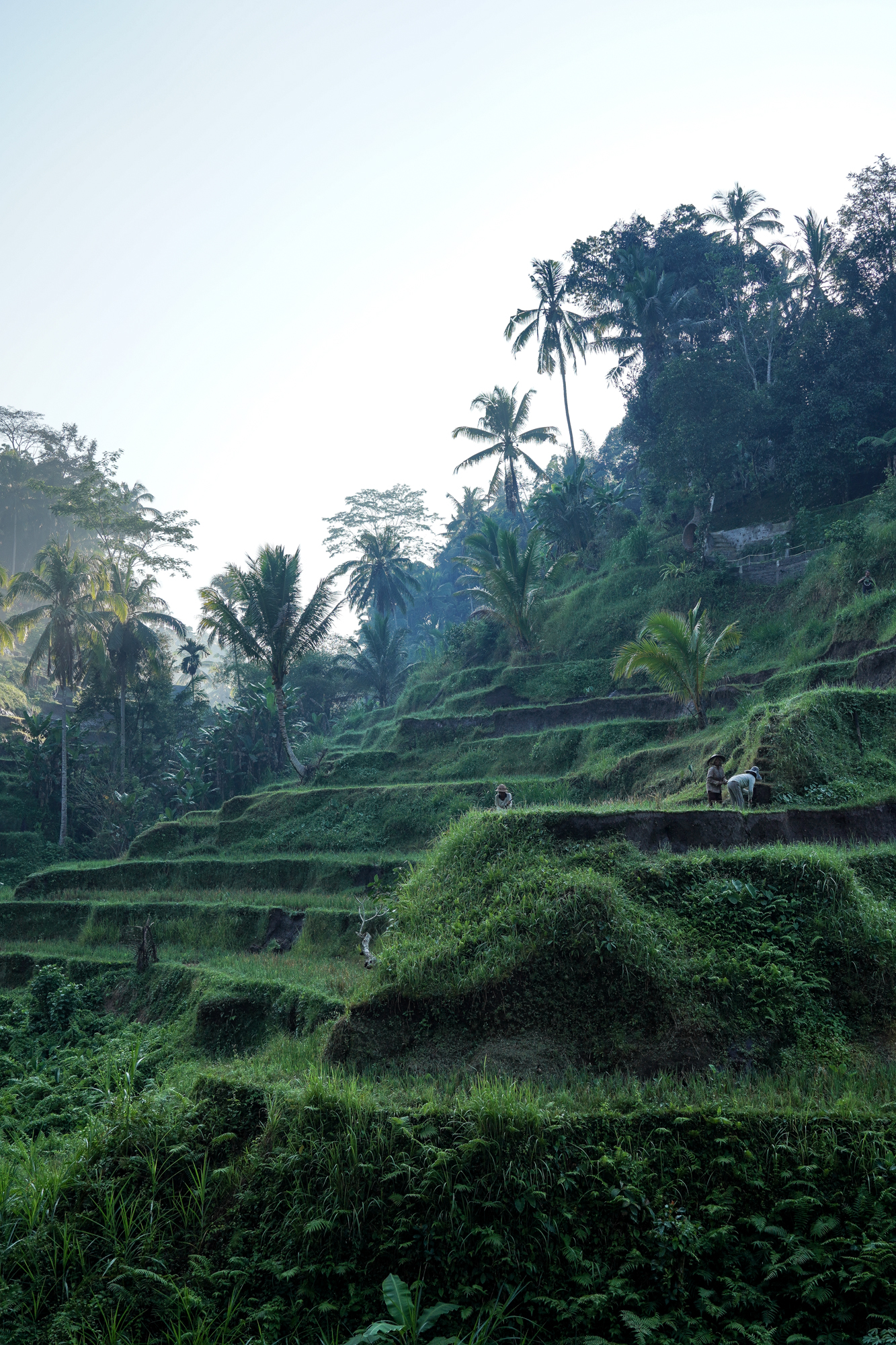
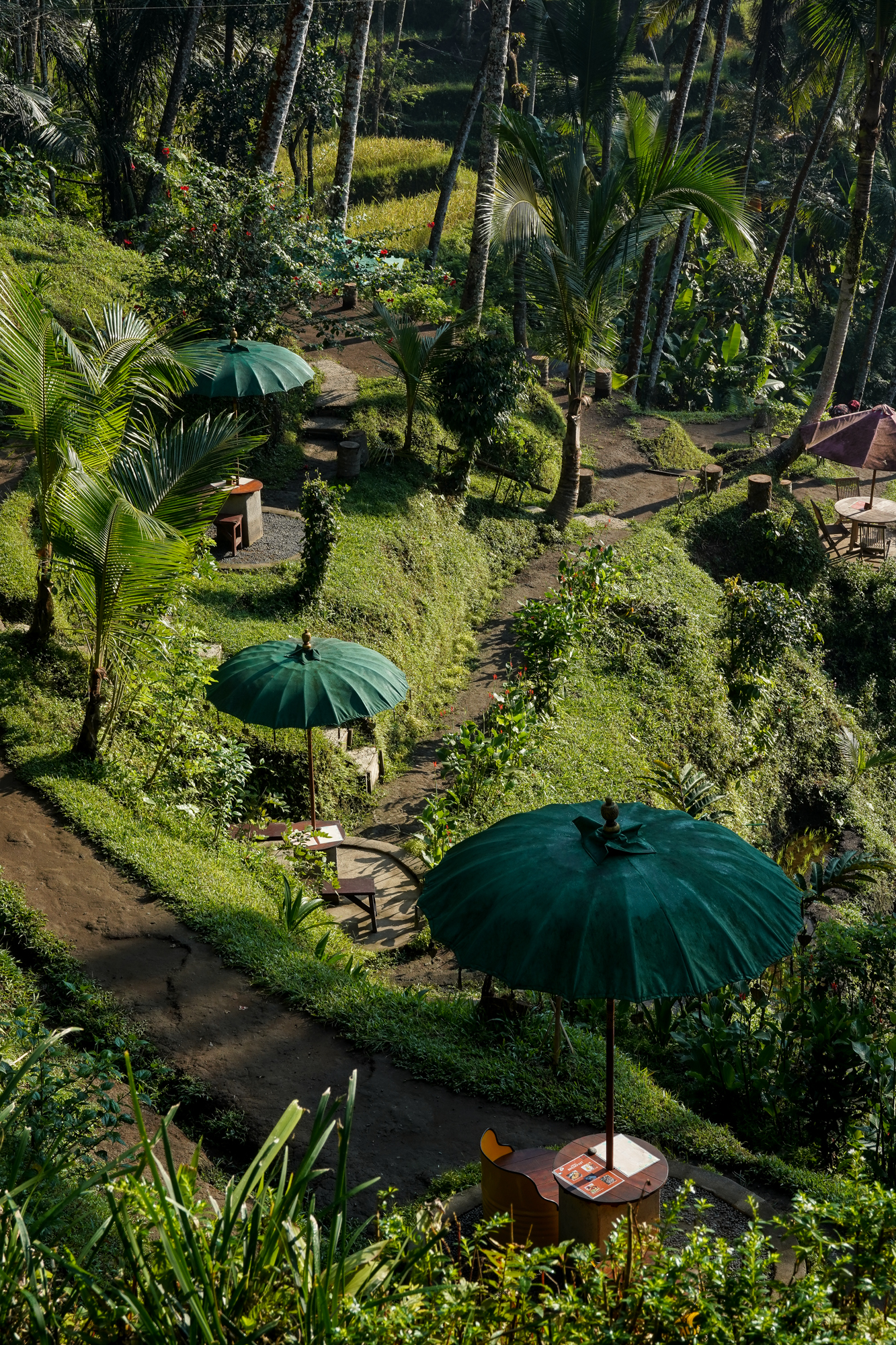
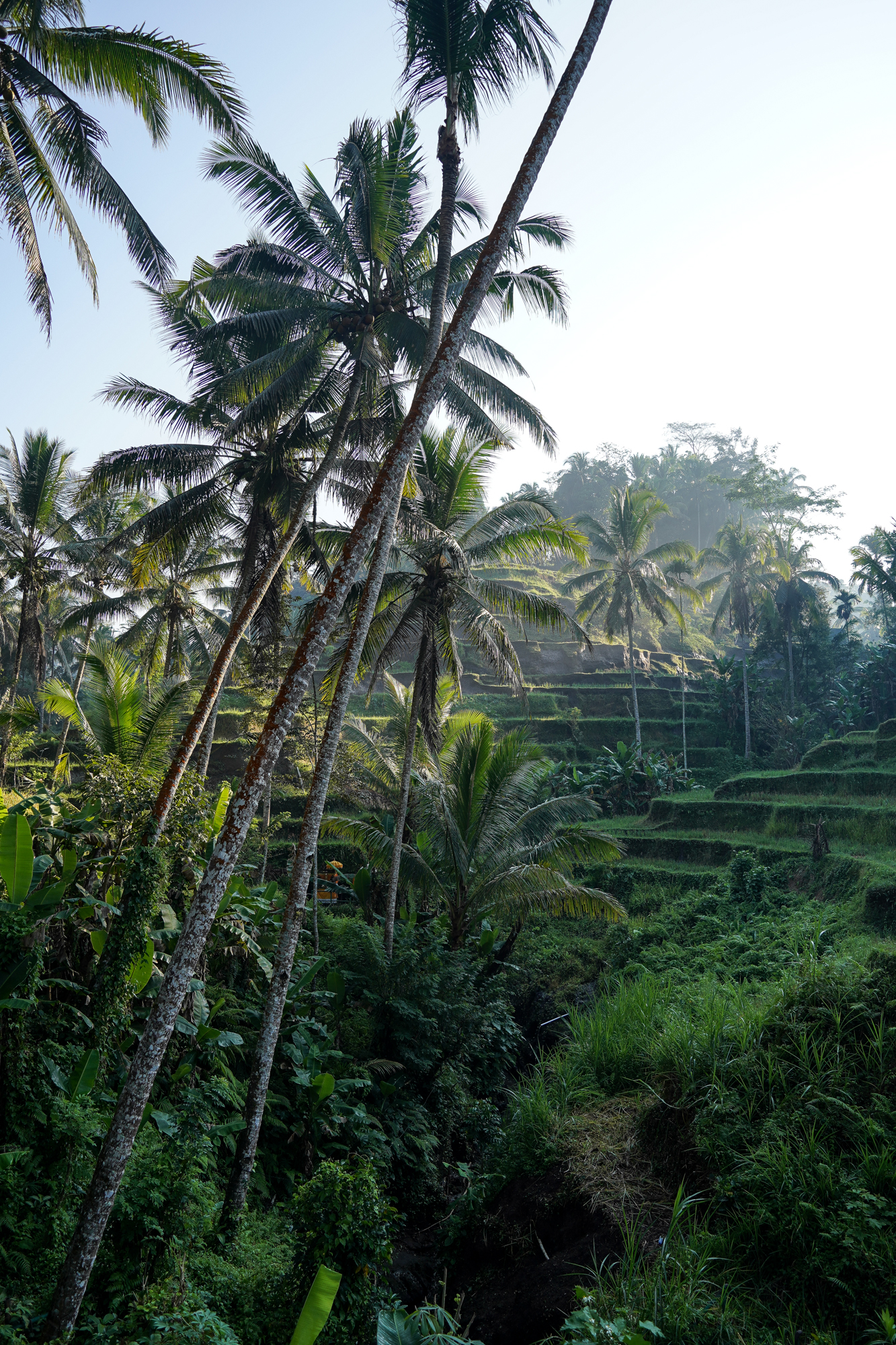
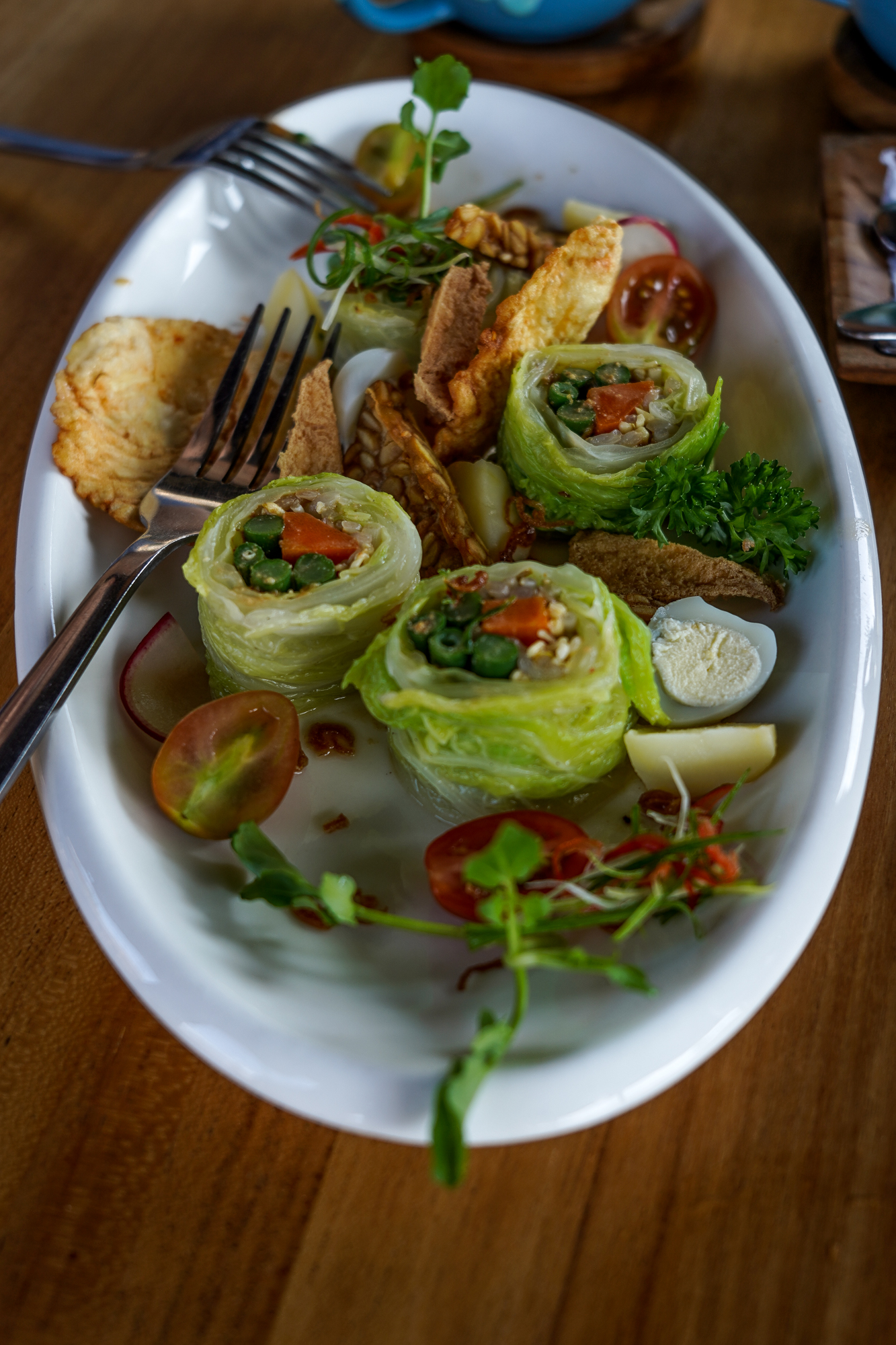
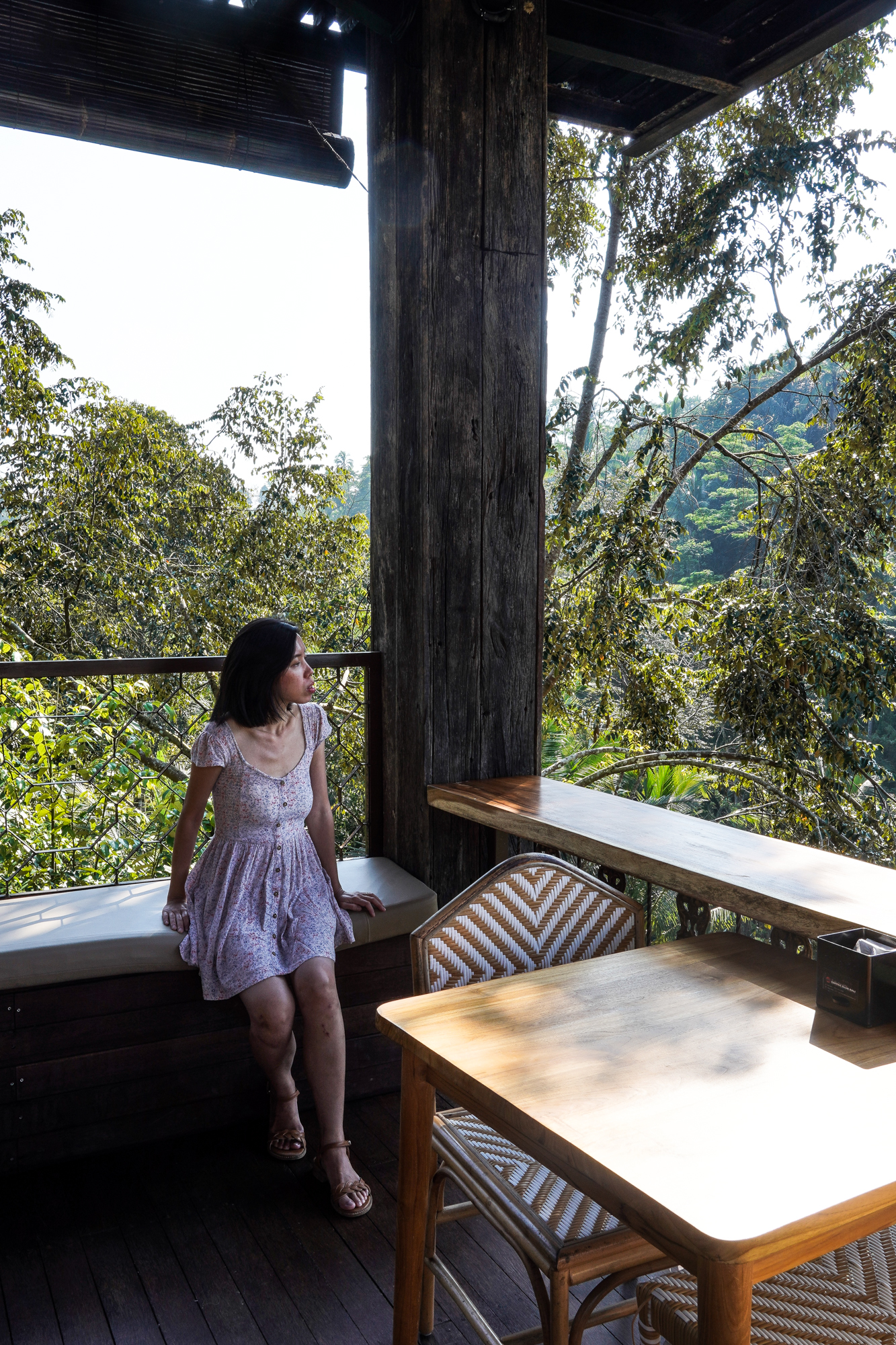

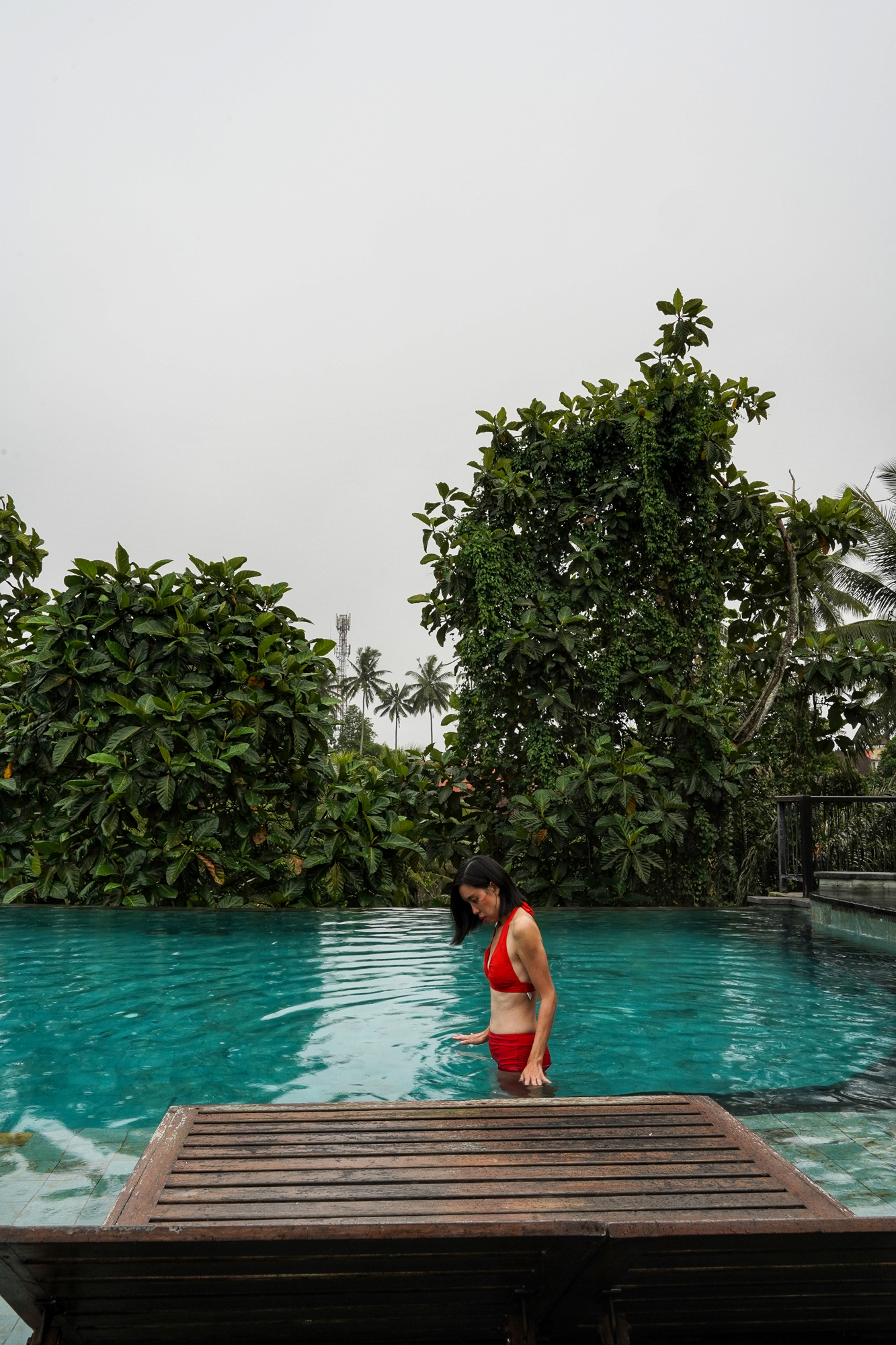
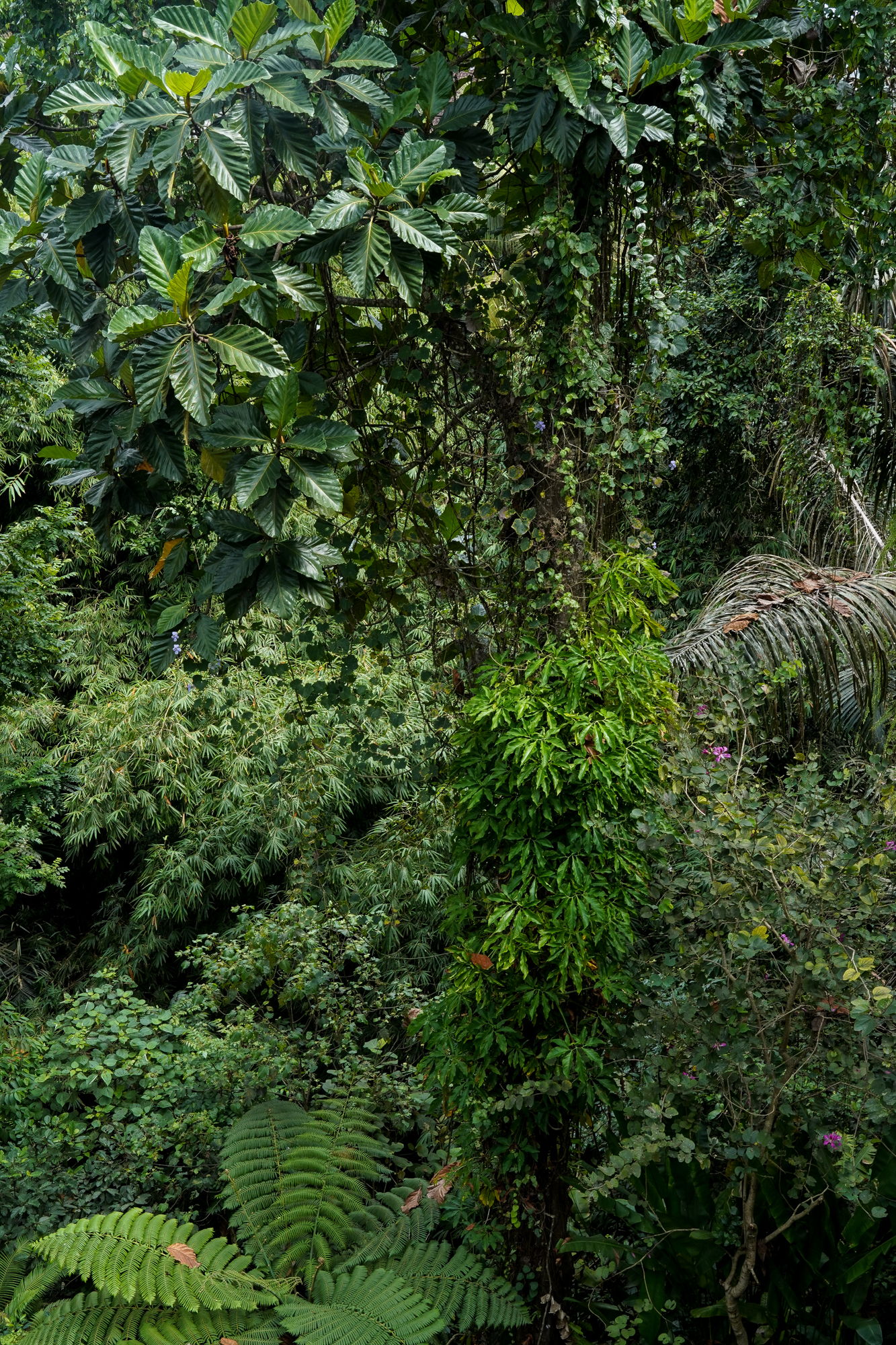
NUSANTARA BY LOCAVORE
Eating at Nusantara is like traversing the many islands of Indonesia. Outside the restaurant, a cook is fanning the fire into obedience as he roasts moringa leaves, base genep and ginger in coconut husks. It’s somewhat like a performance, but it’s much more practical than that (no, grilling indoors would have been absurd). It’s a prelude to the meal. And the meal is exquisite. Sawah duck cooked with star anise, nutmeg, kluwak and burnt coconut. Banana blossoms stir fried with chillies and leeks. A trevally grilled with candlenuts, soy sauce, coriander seeds and lemongrass. Nothing is familiar; everything is foreign. Our dinner is but a sampler of Indonesian cuisine. The rest? Well that remains a secret to be uncovered some other day.

